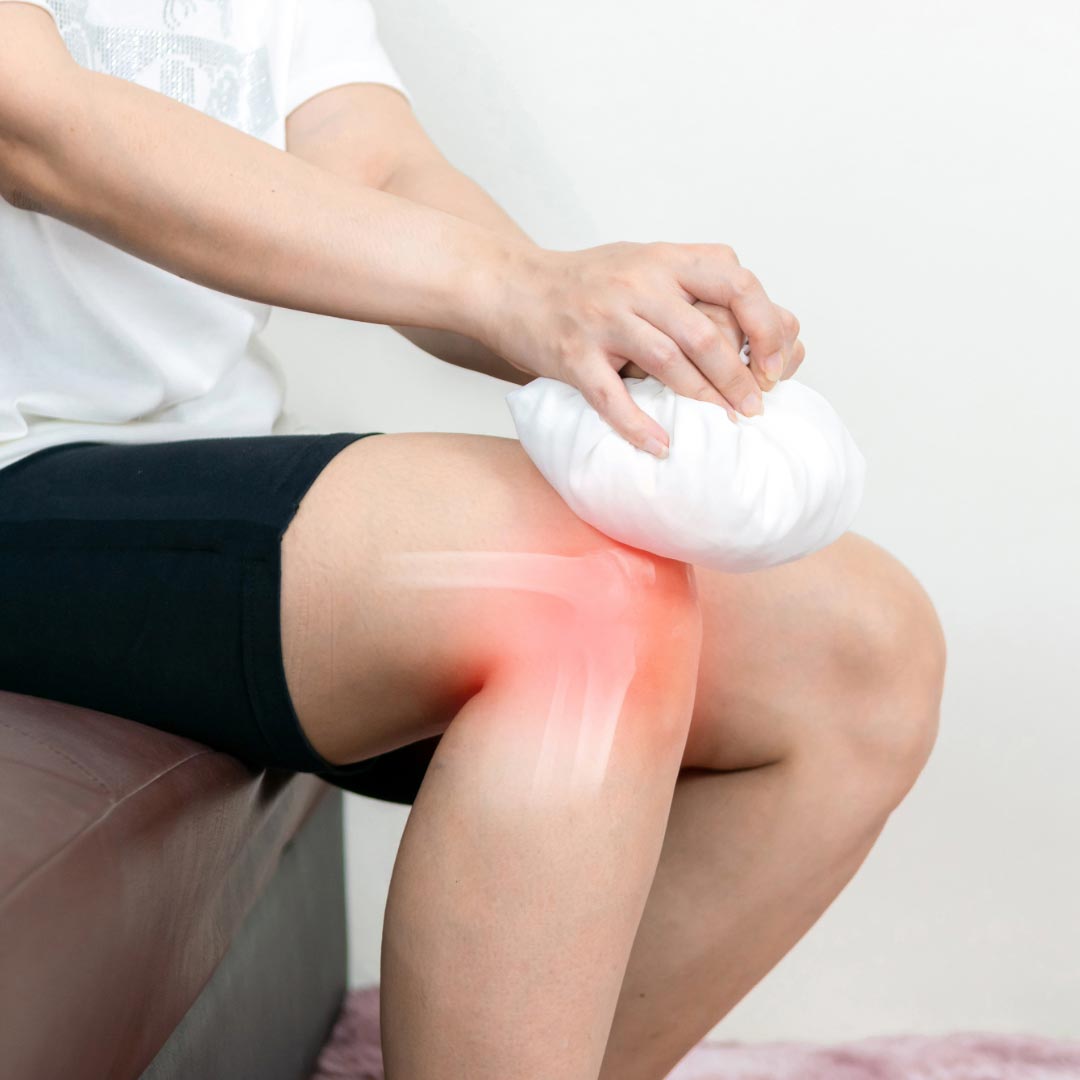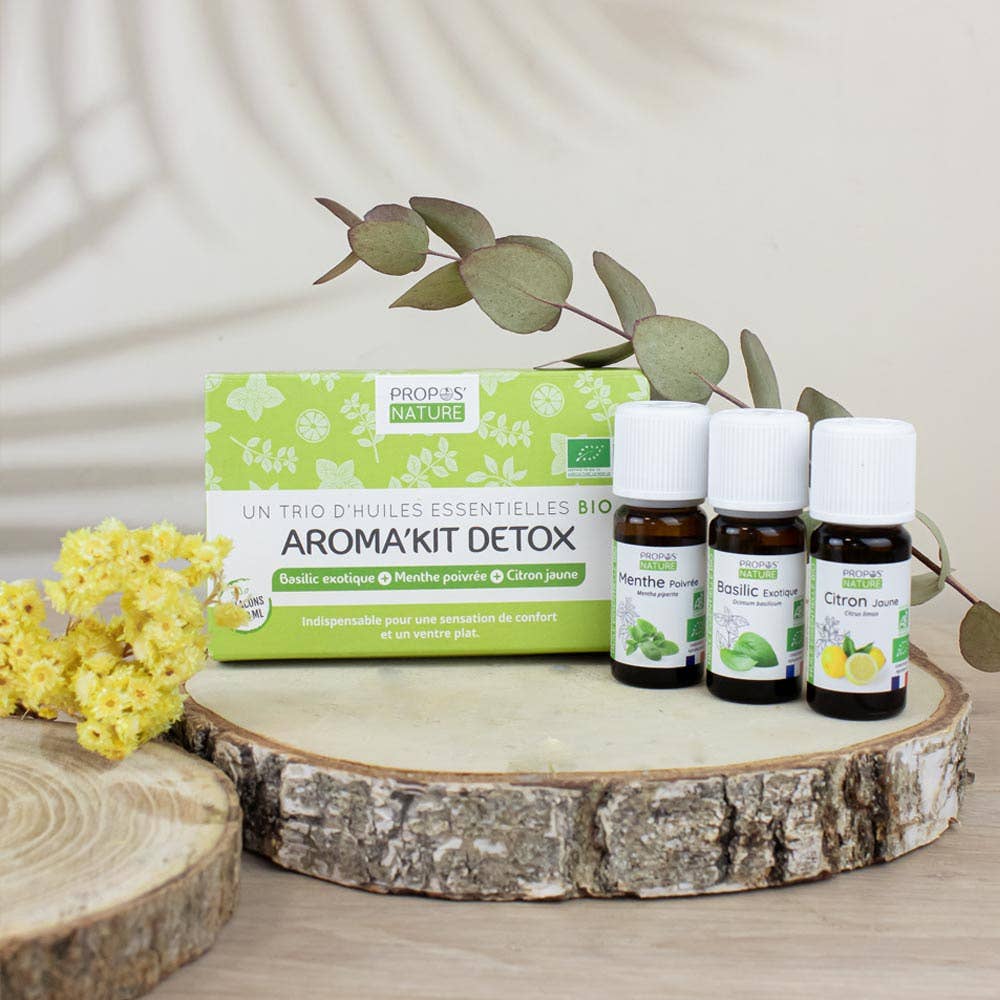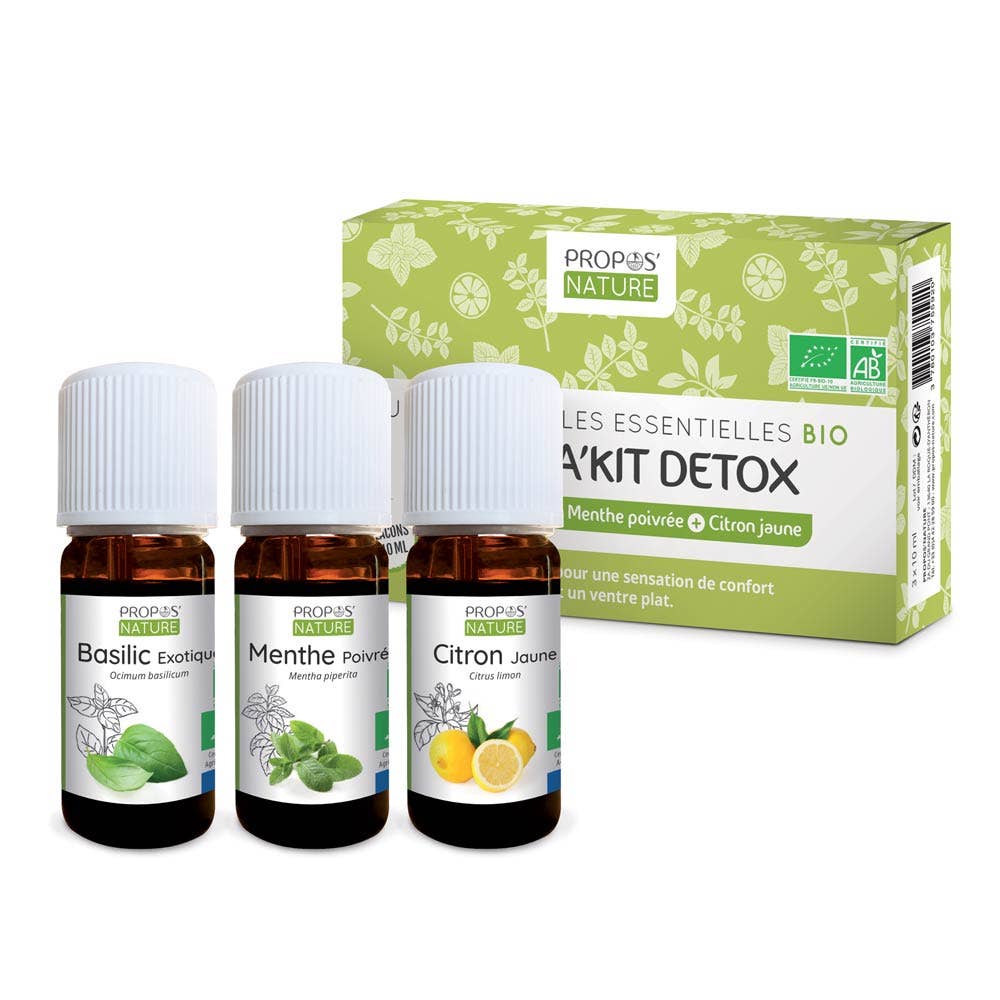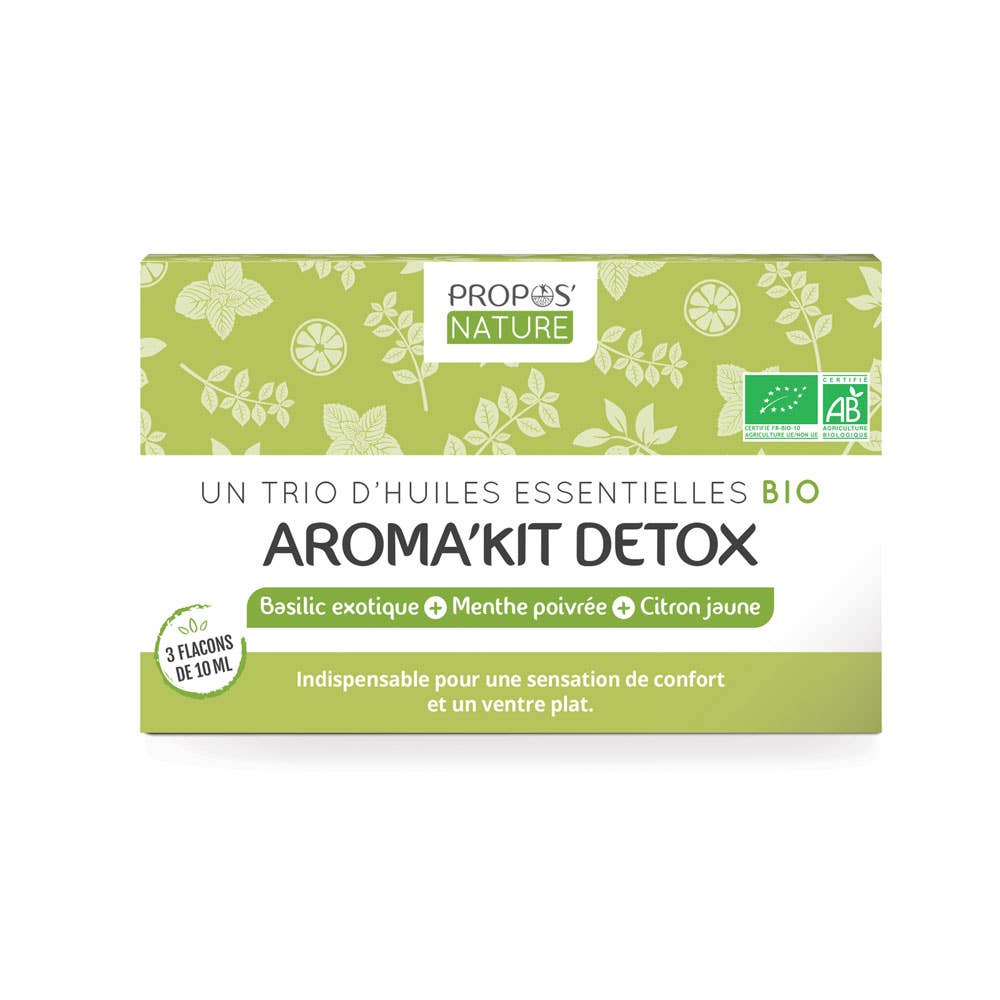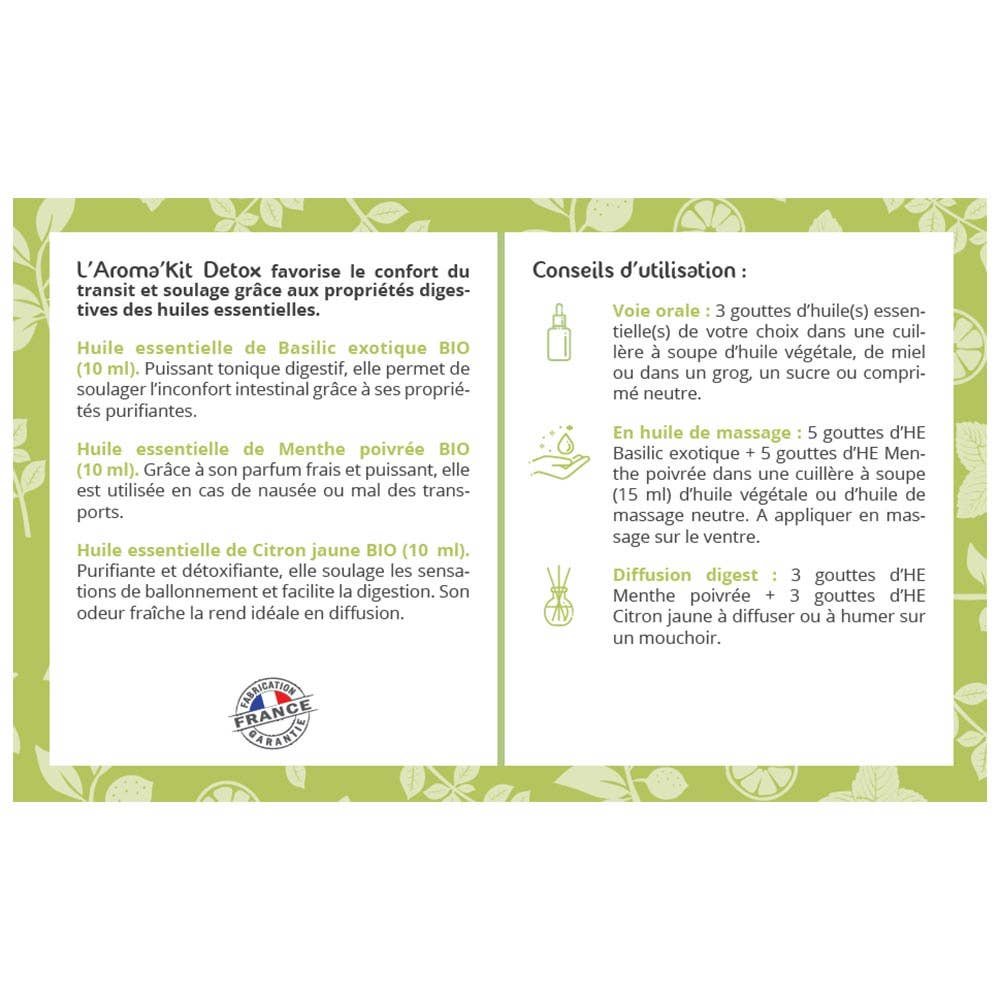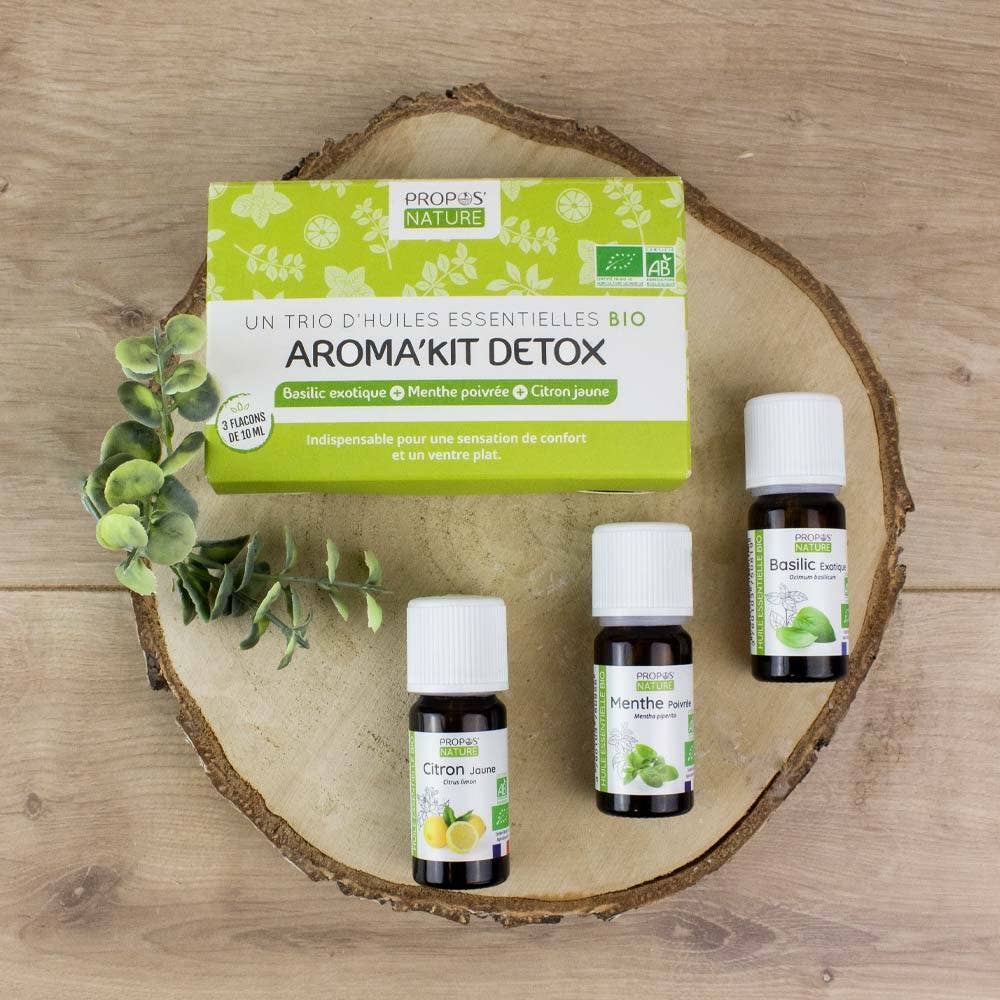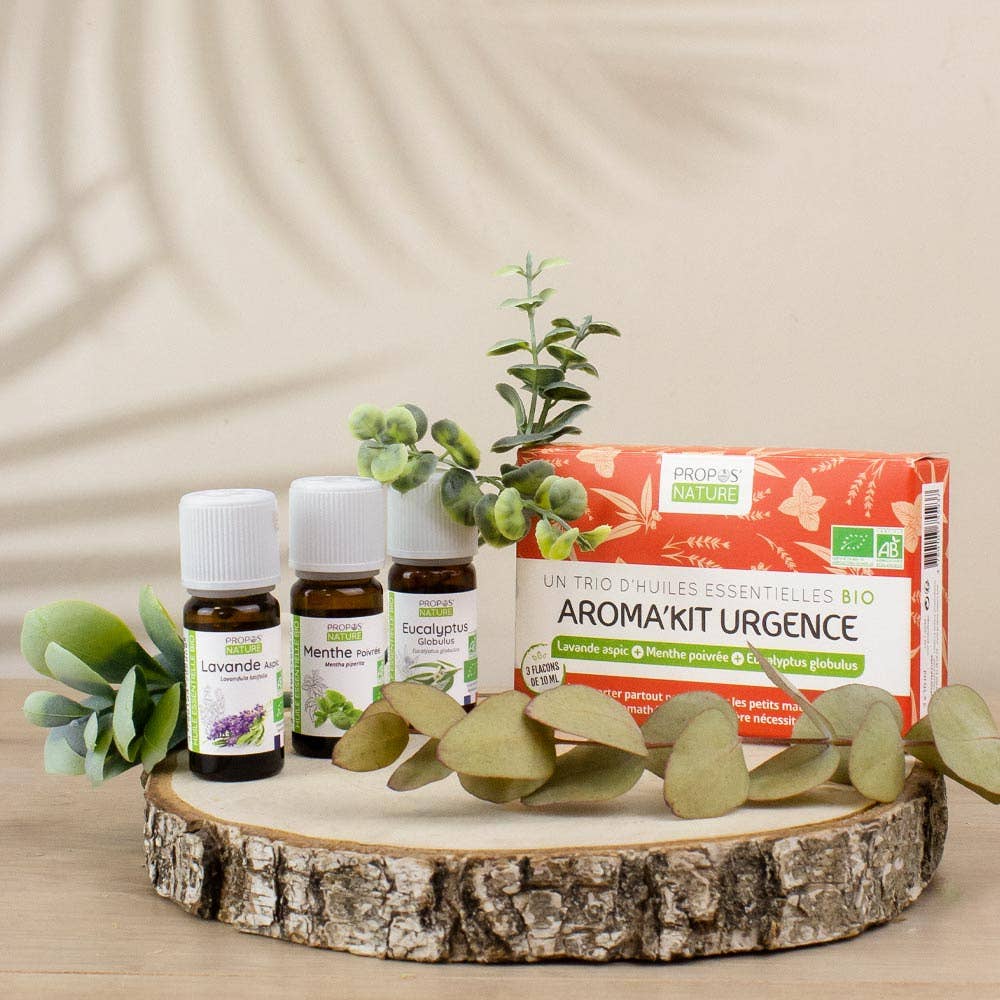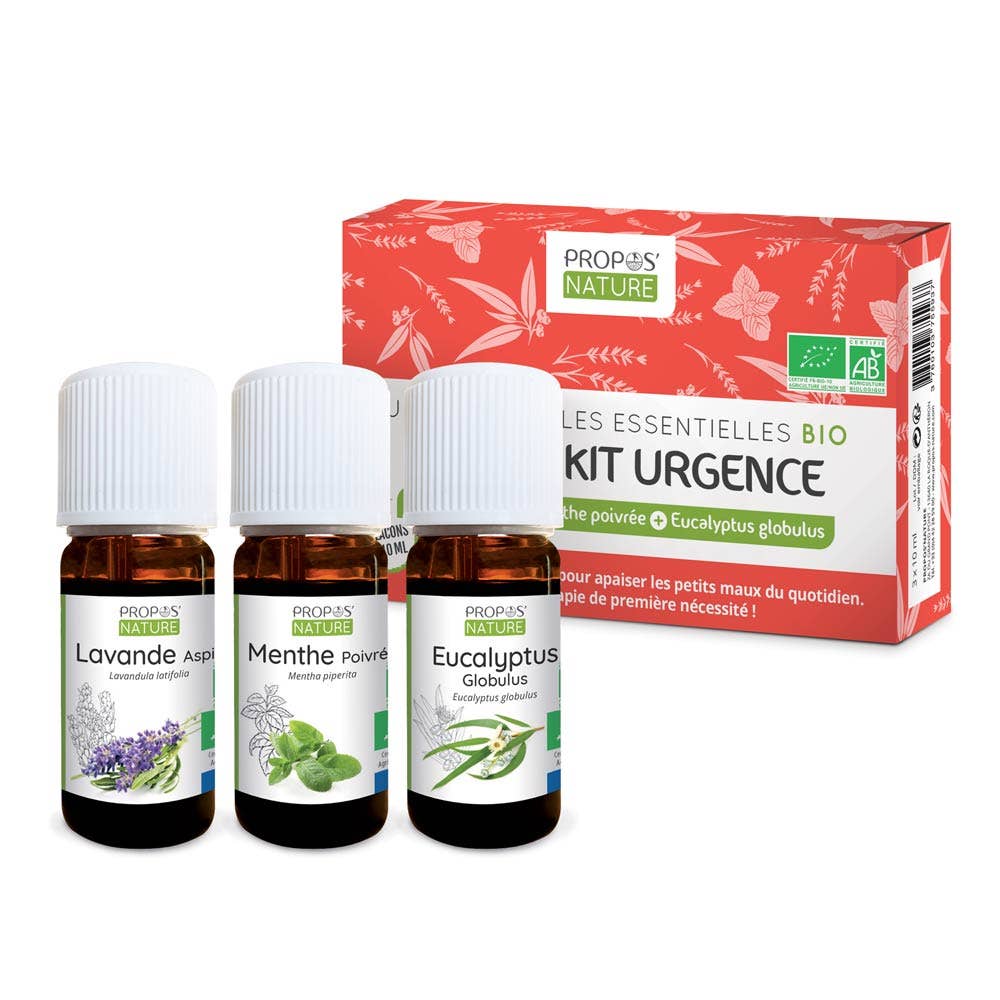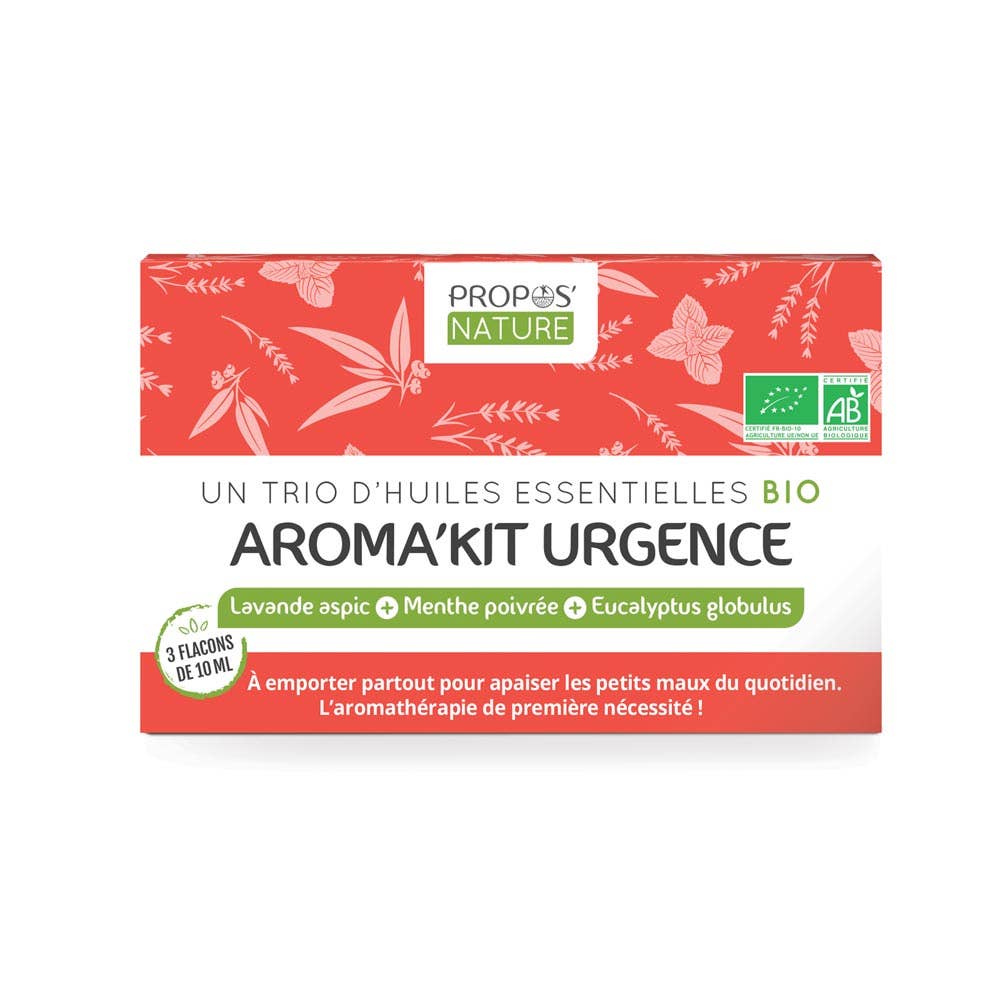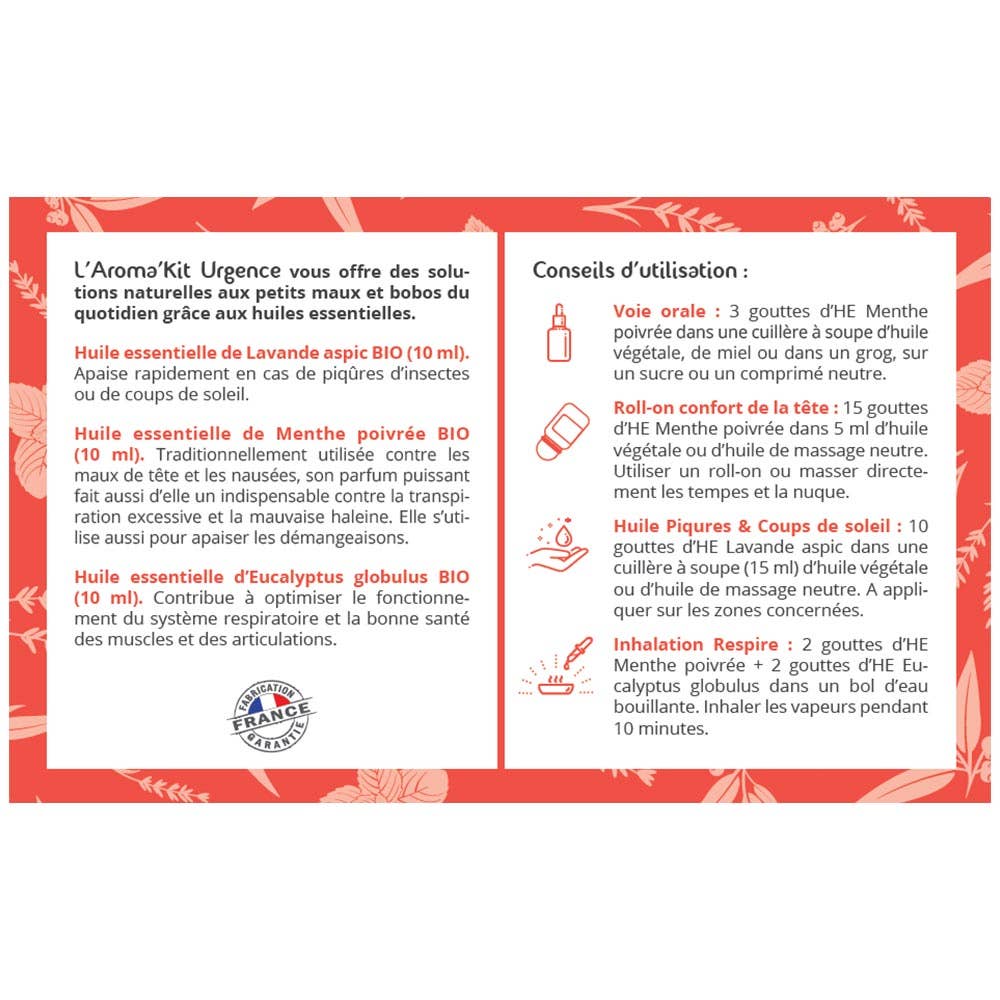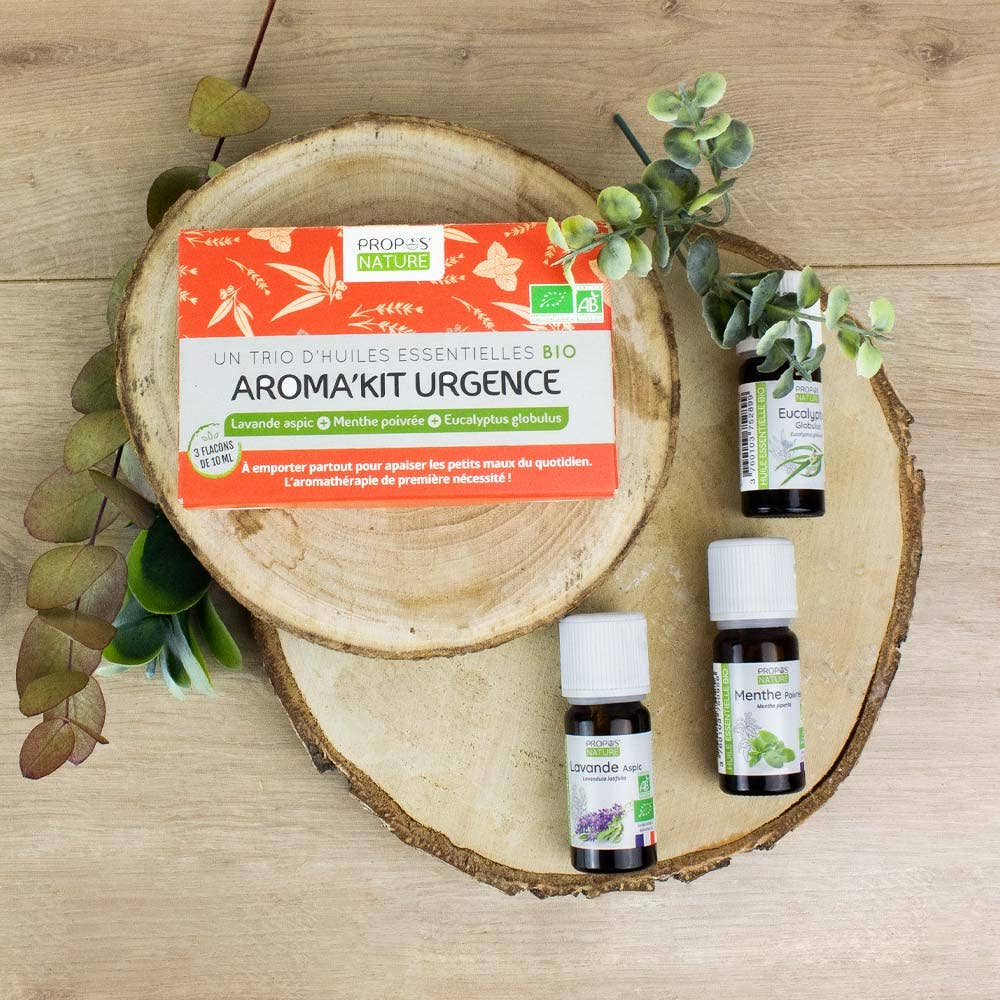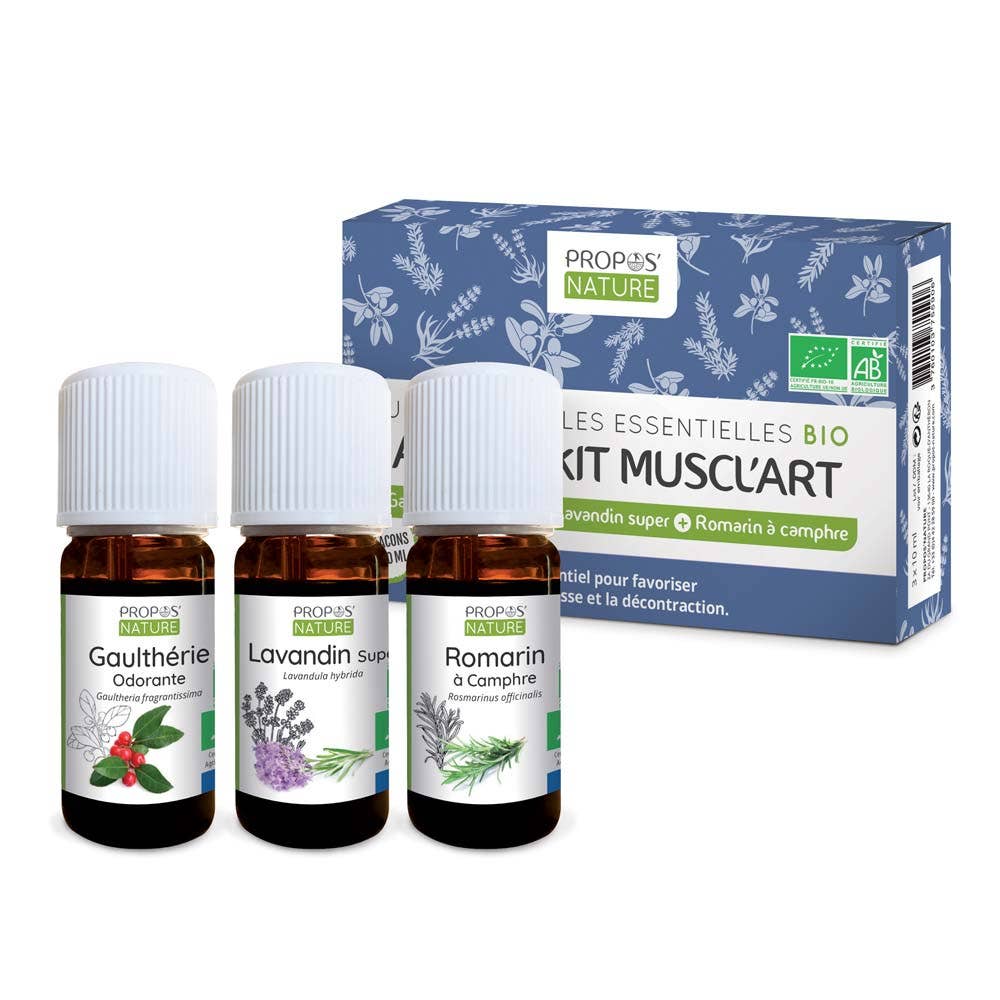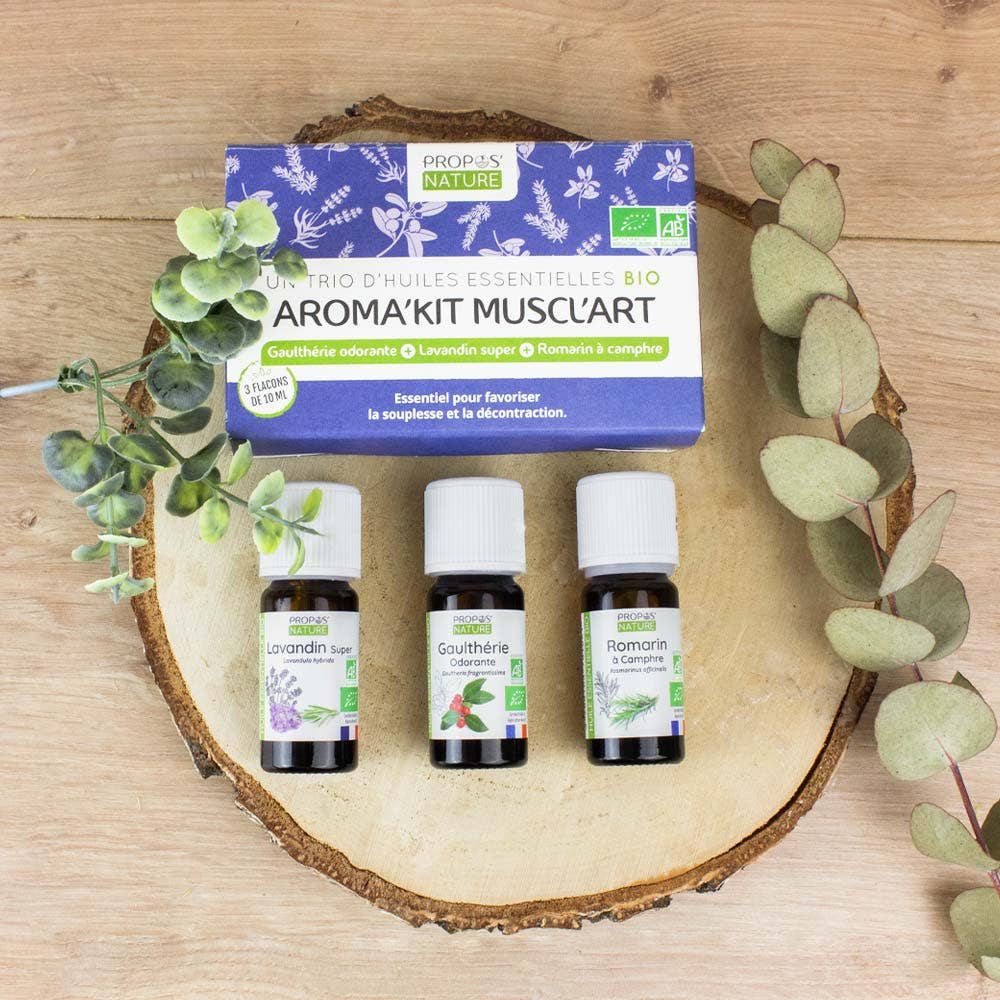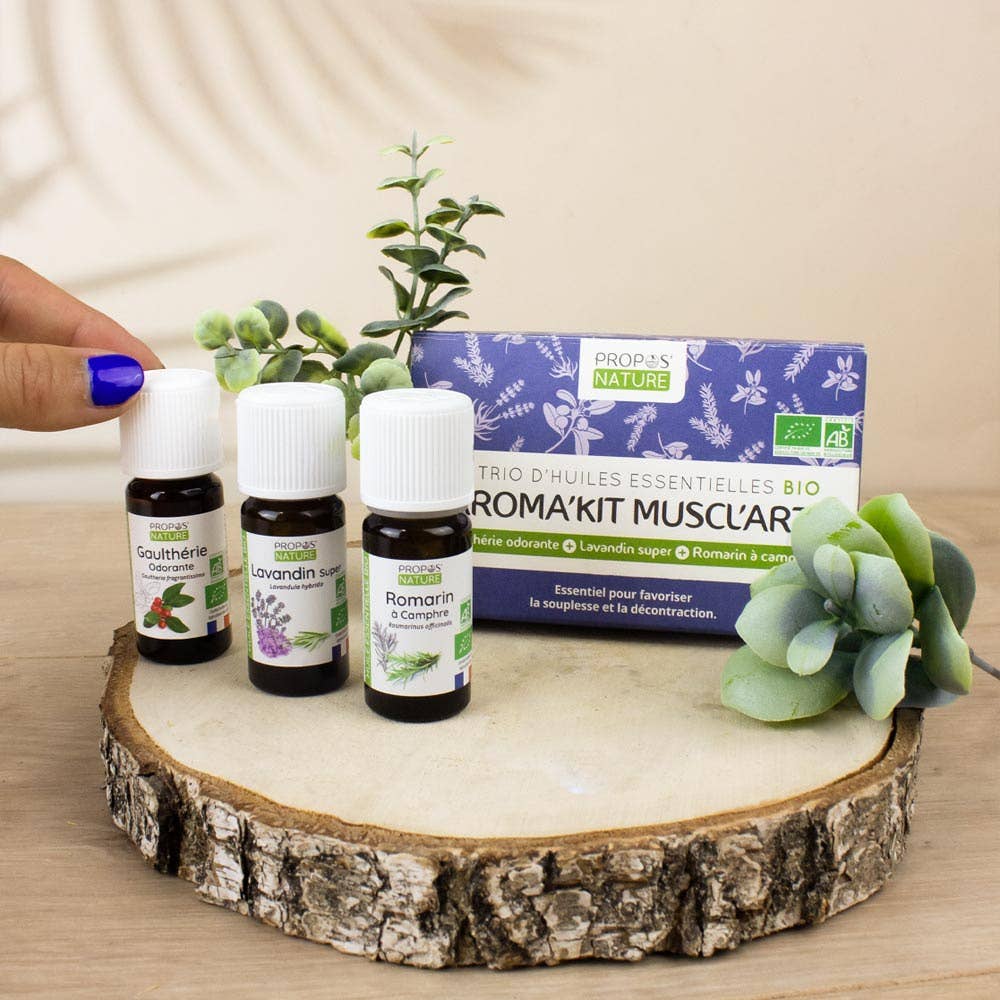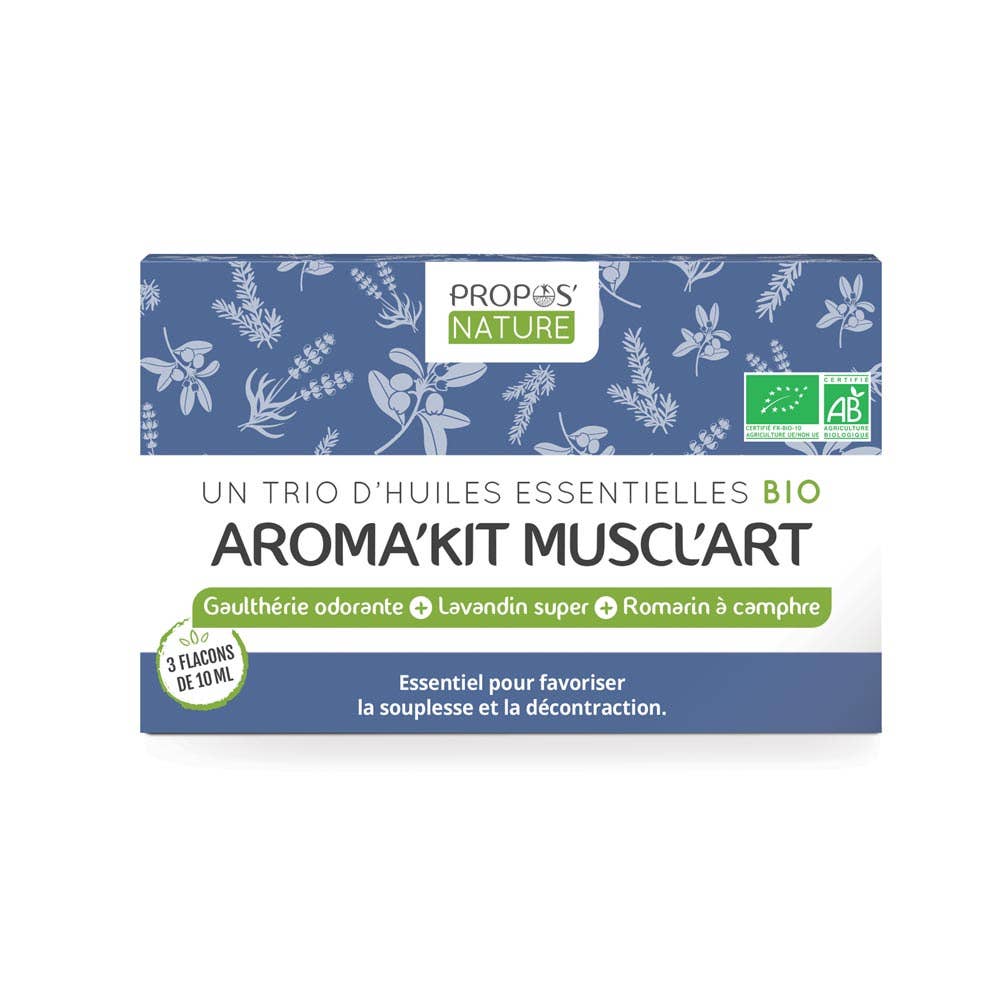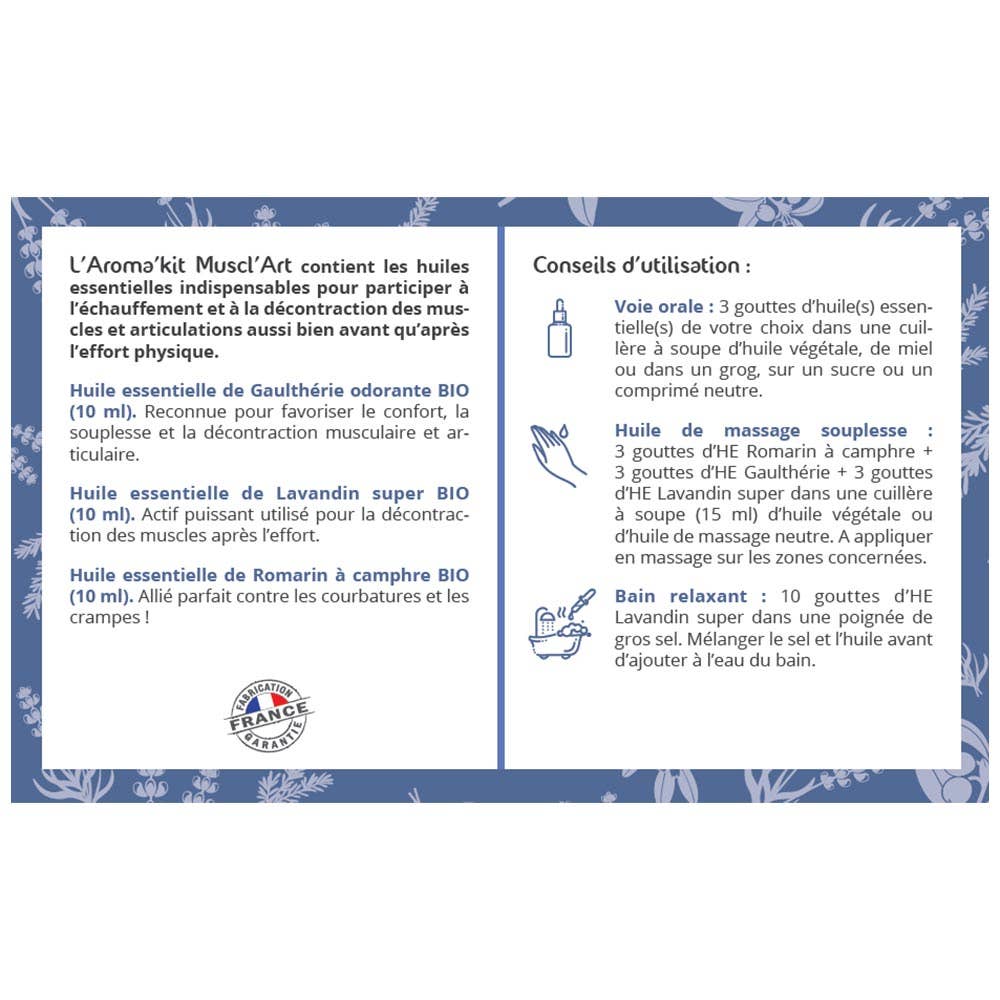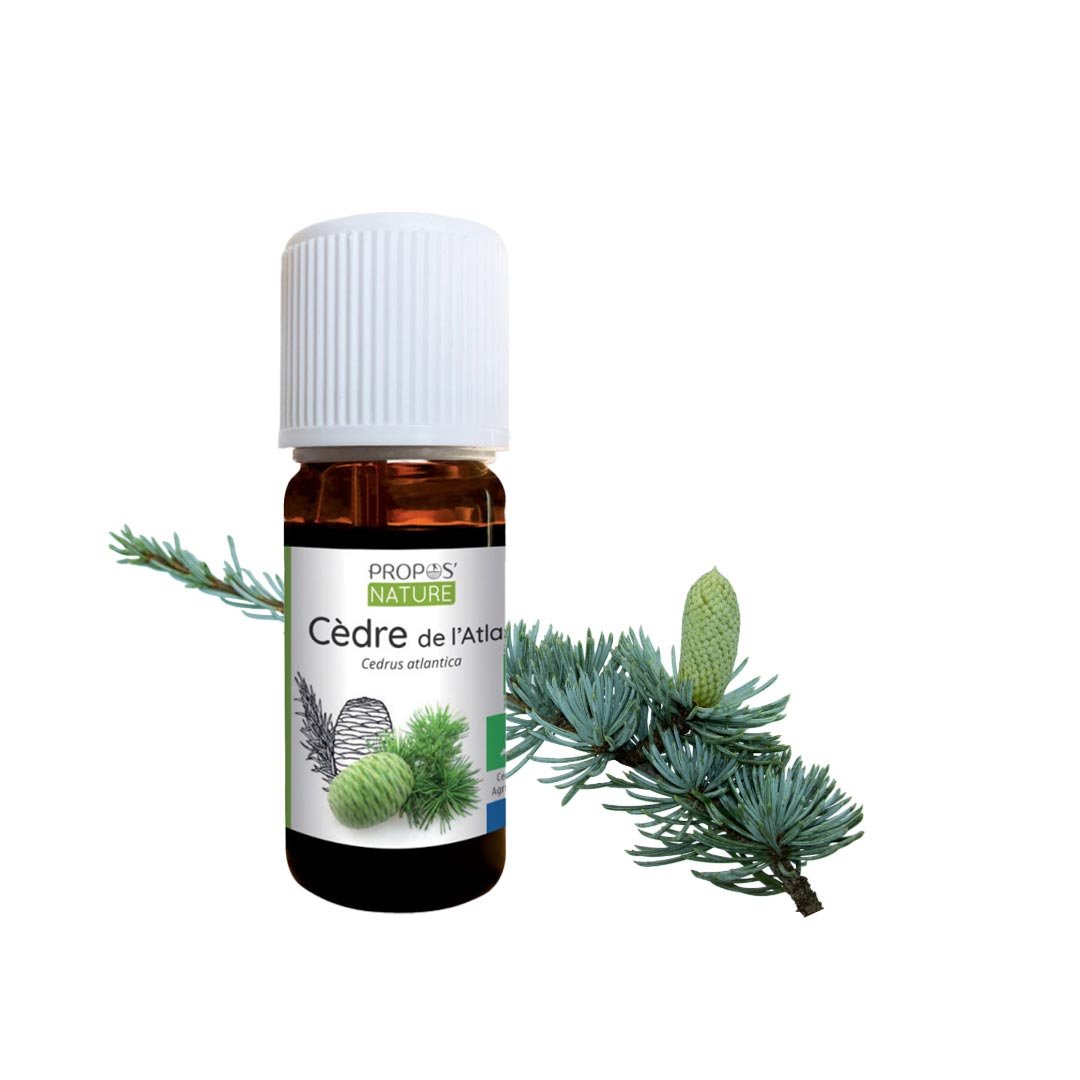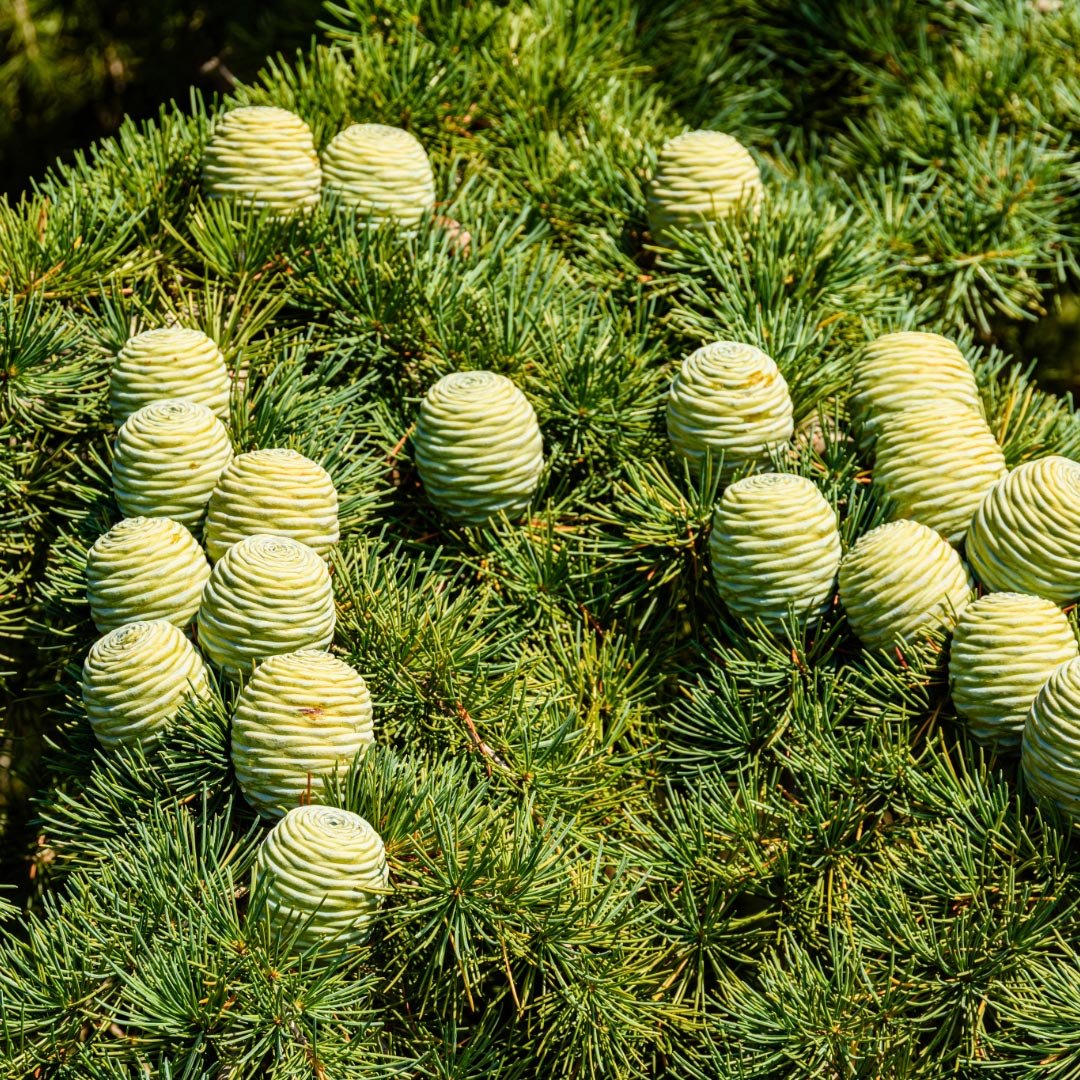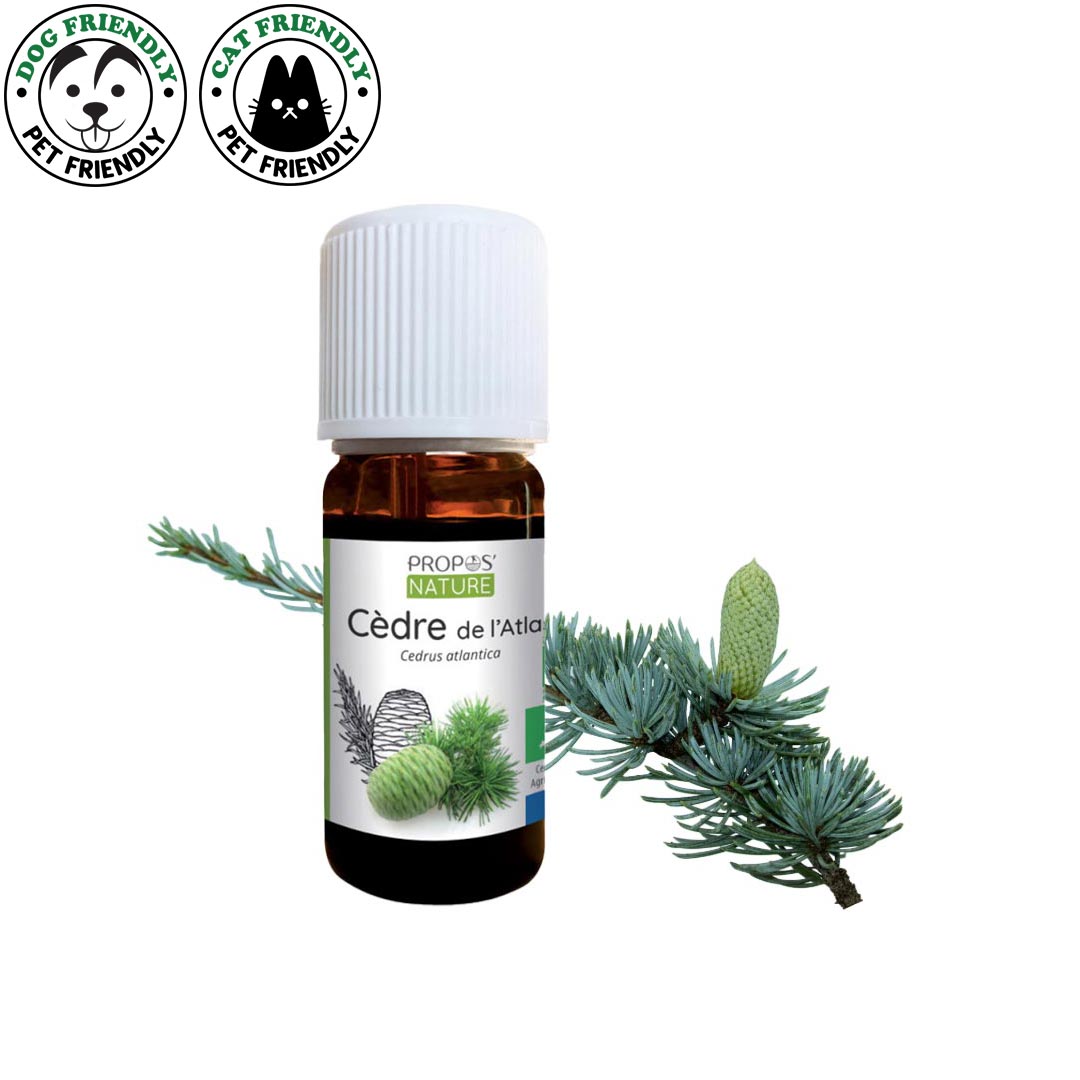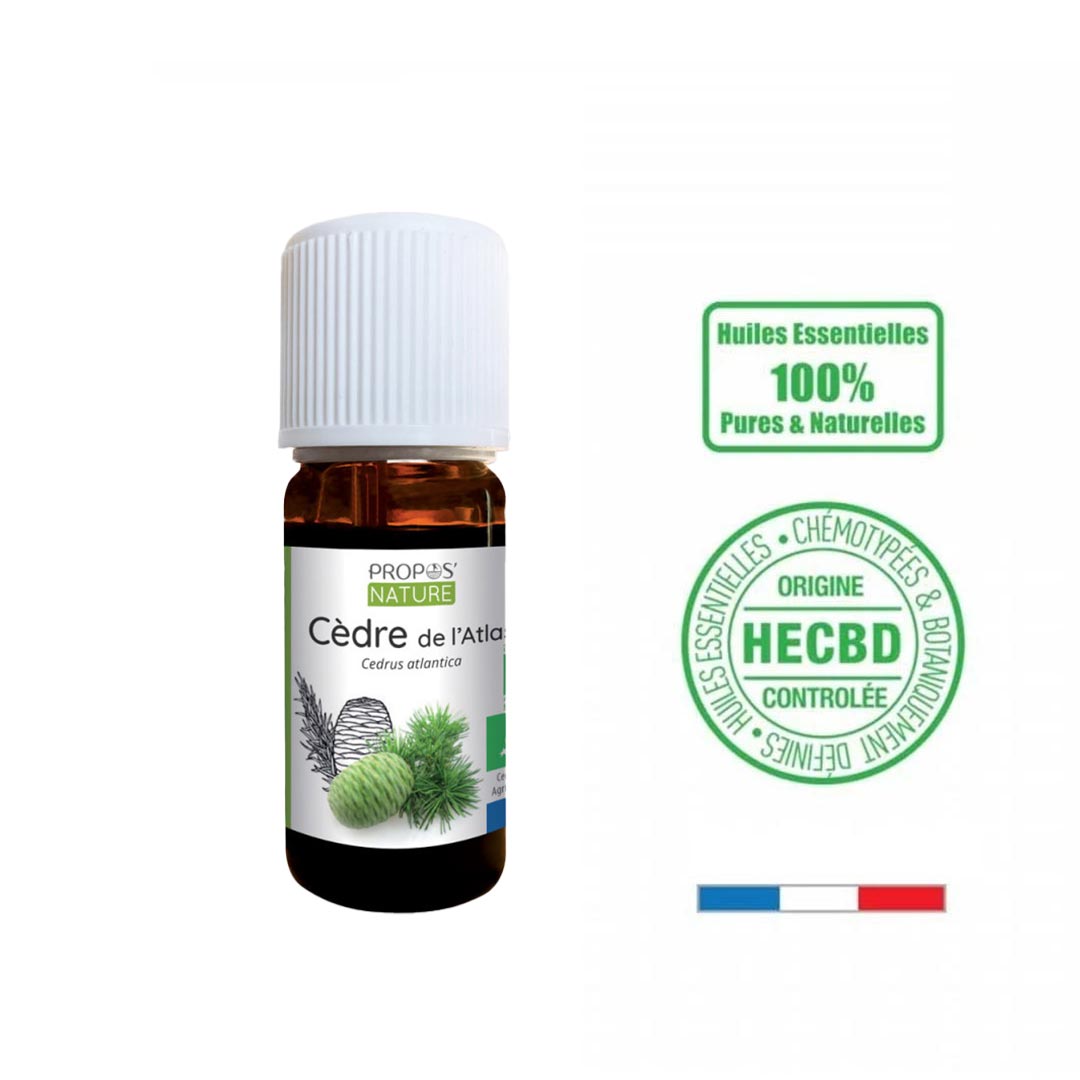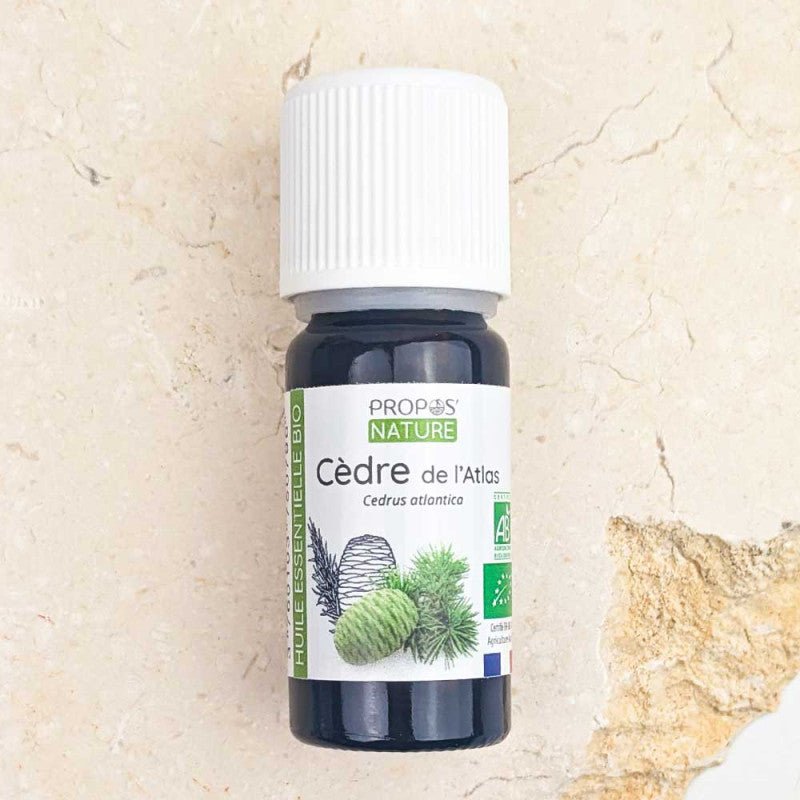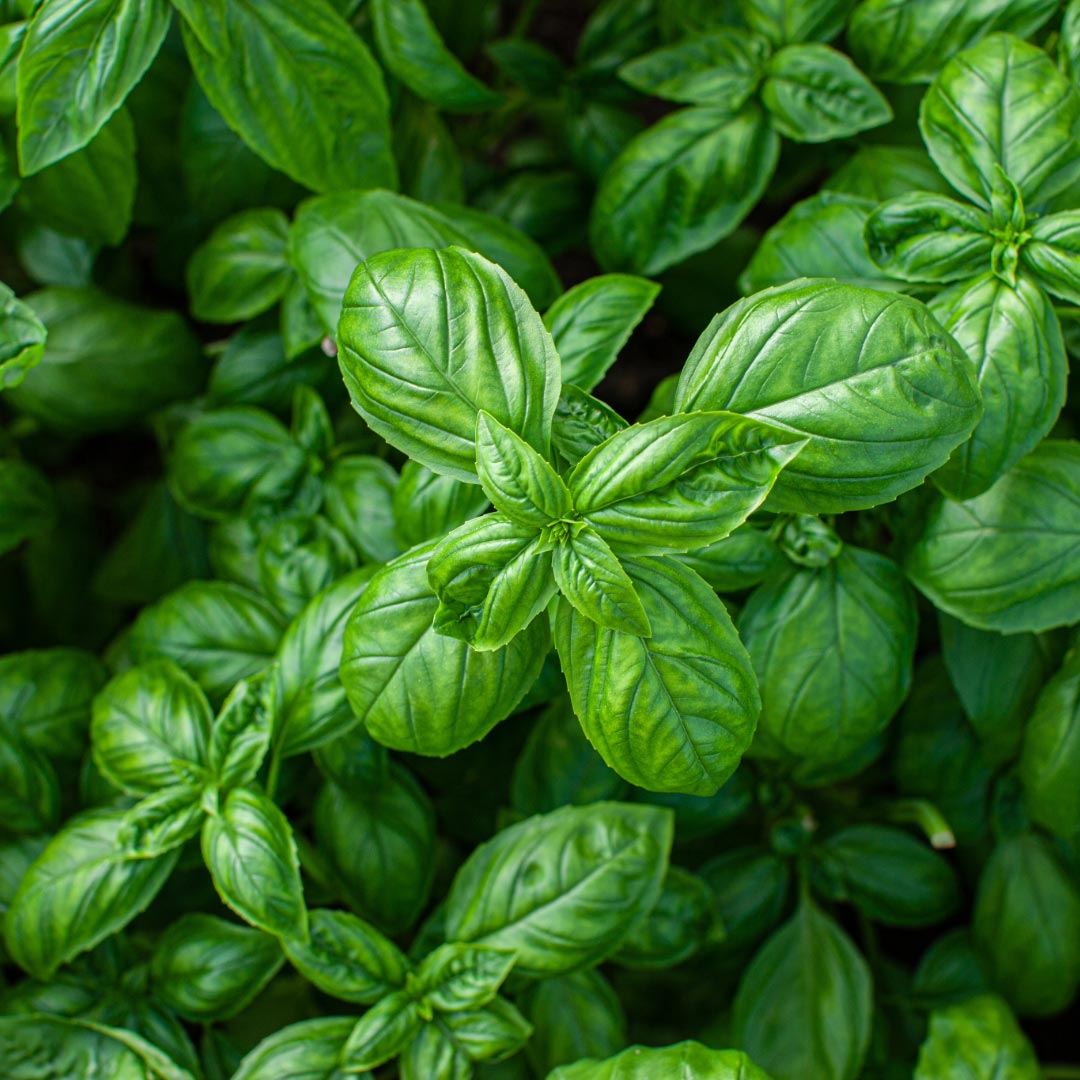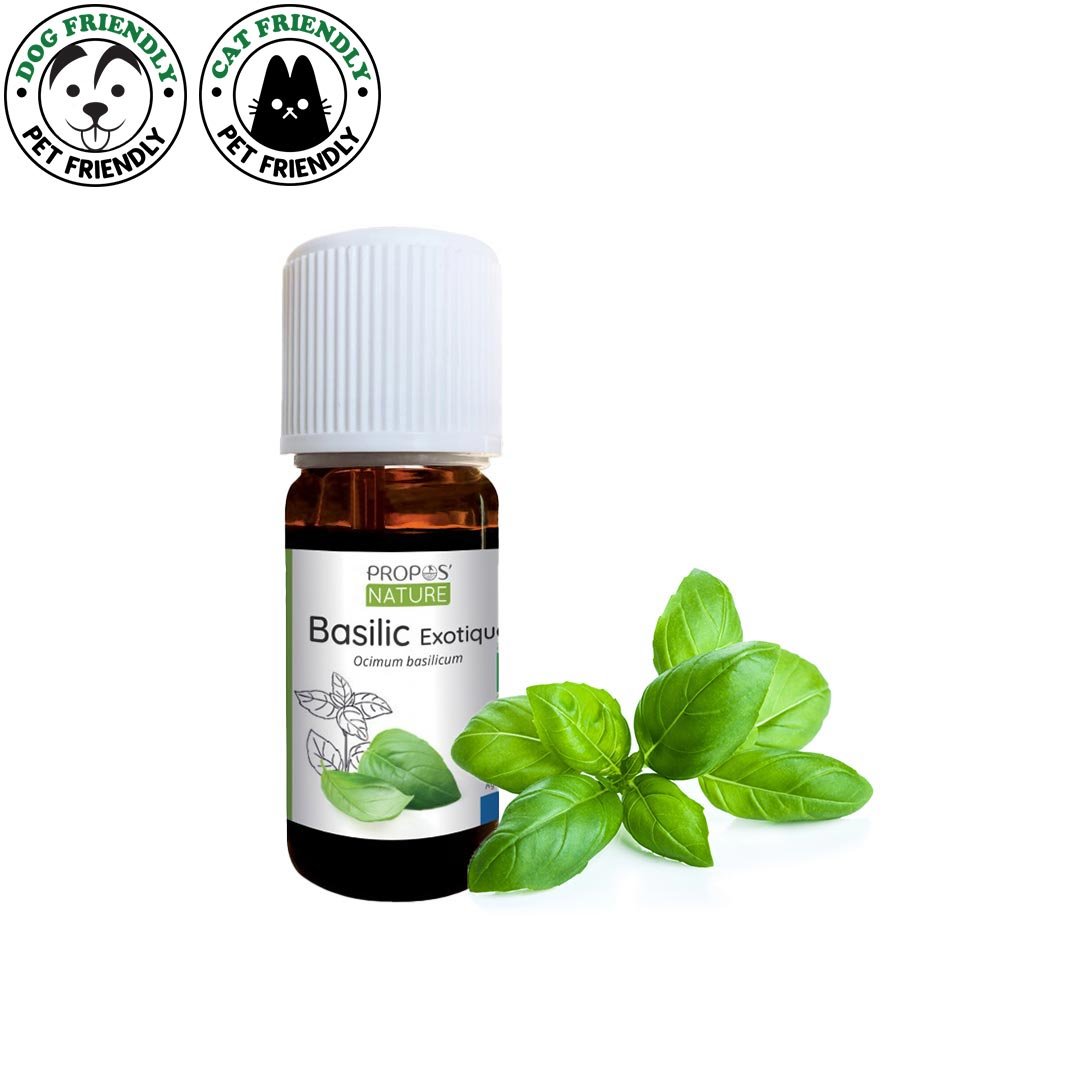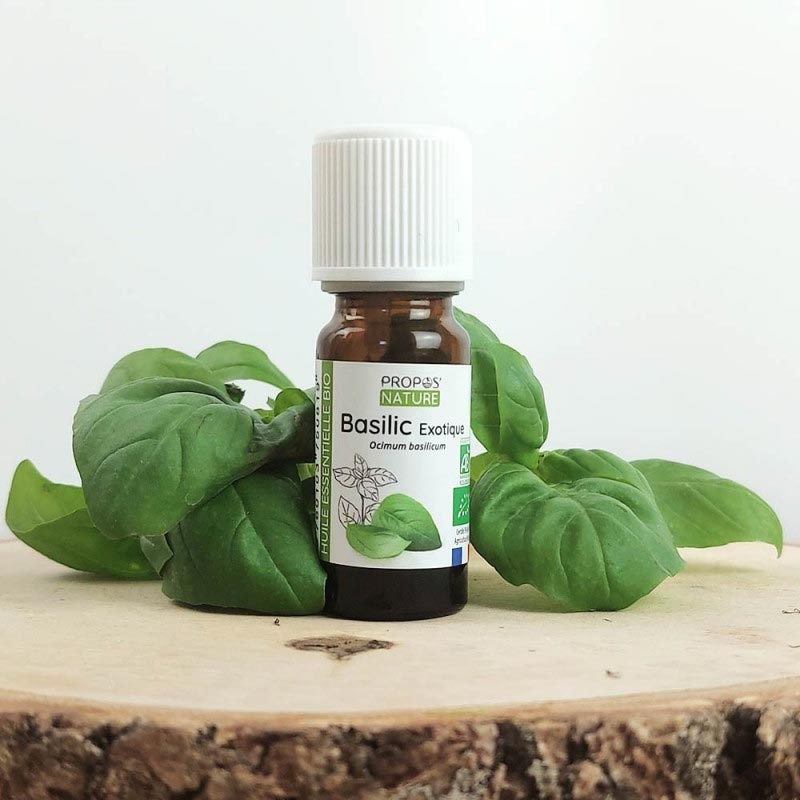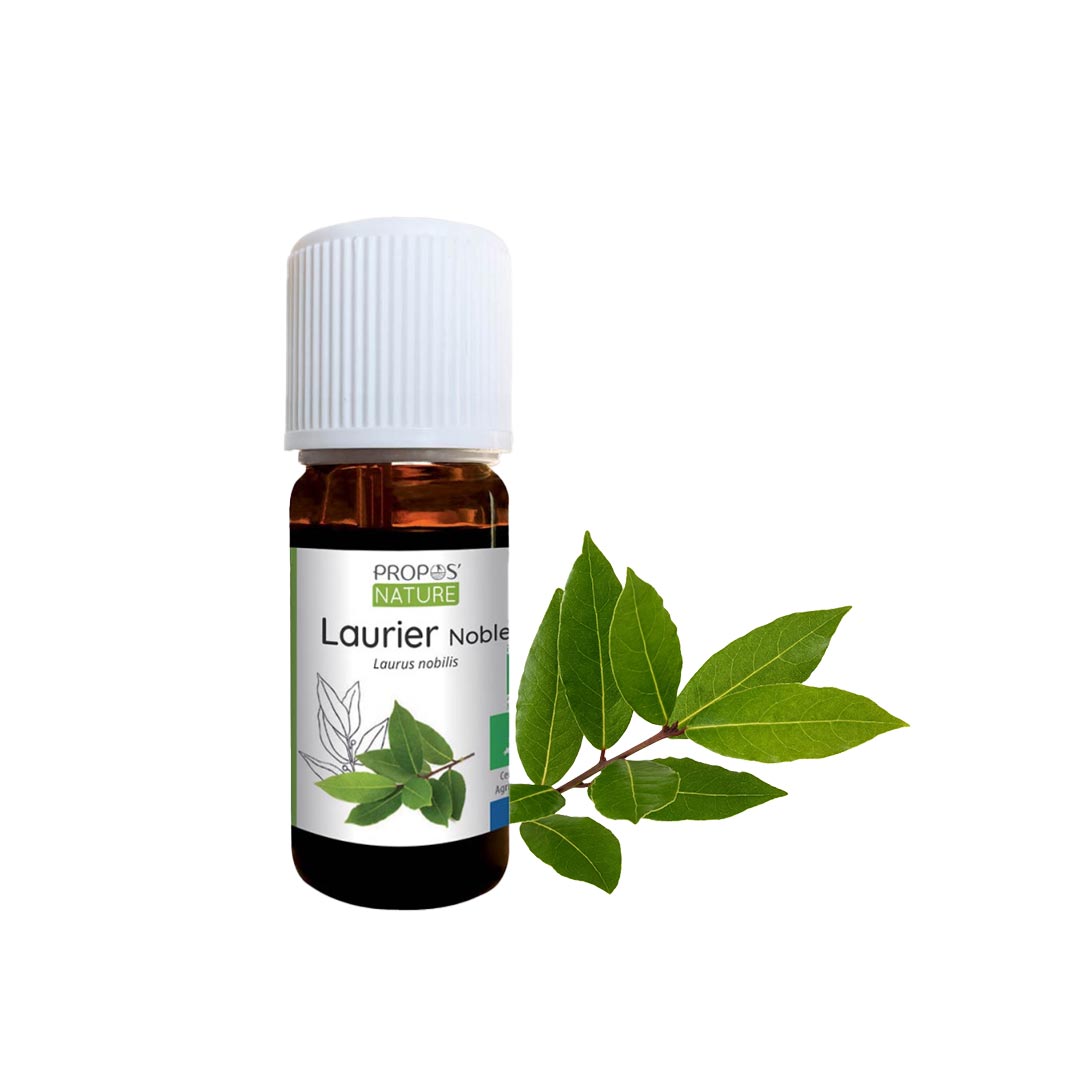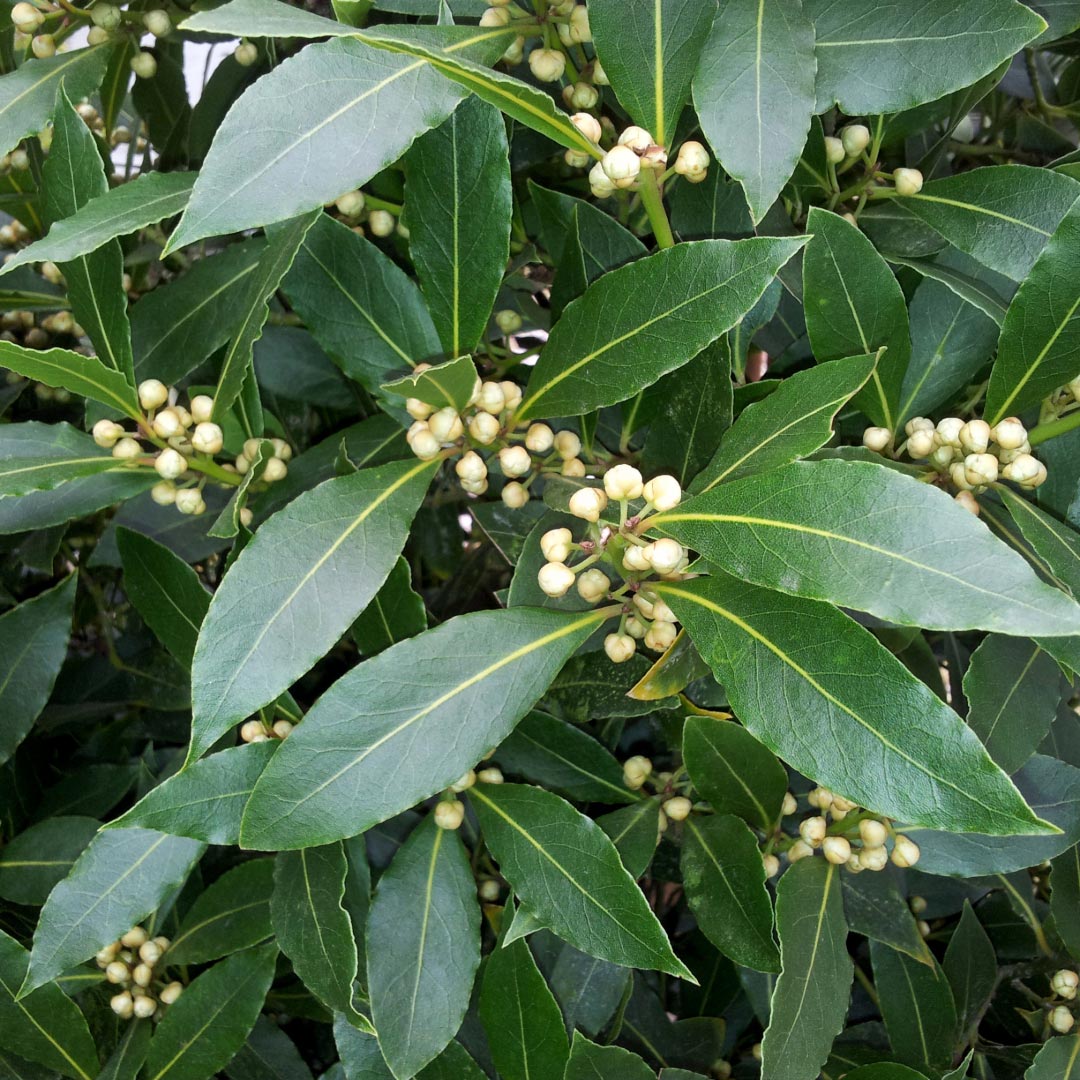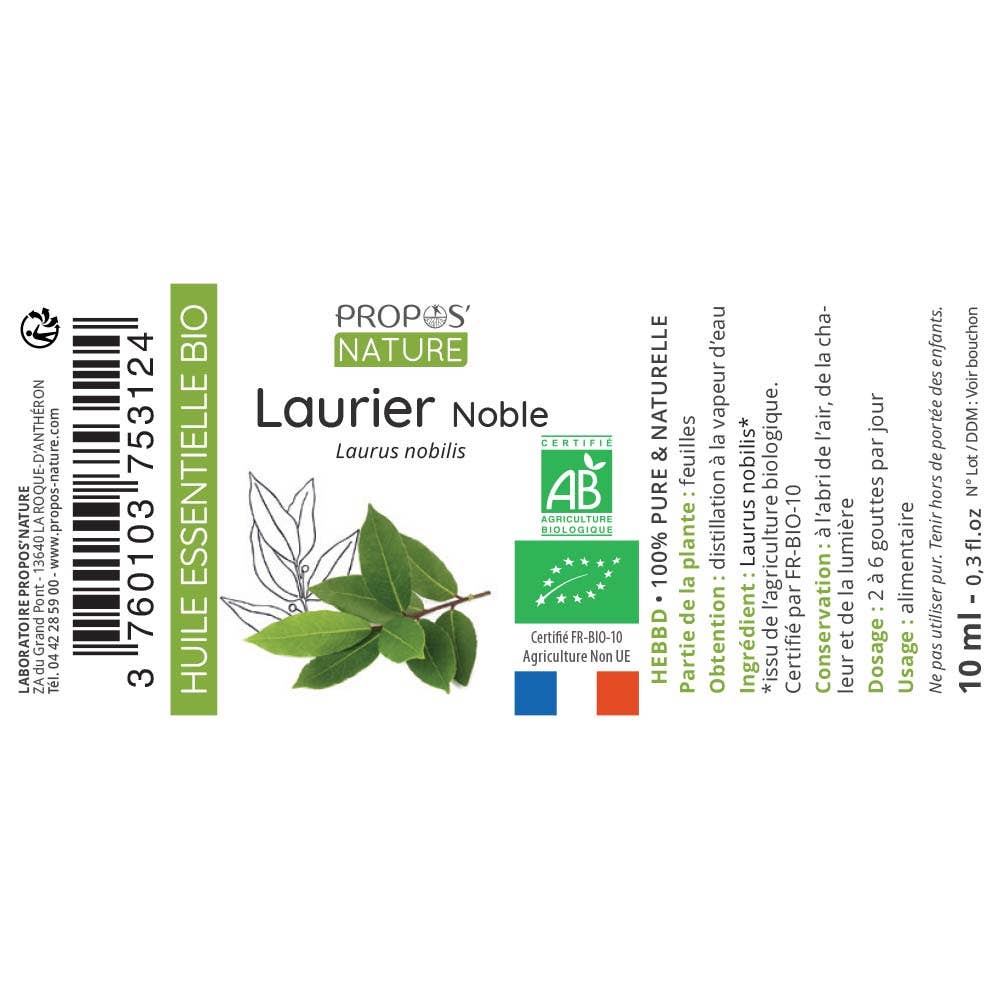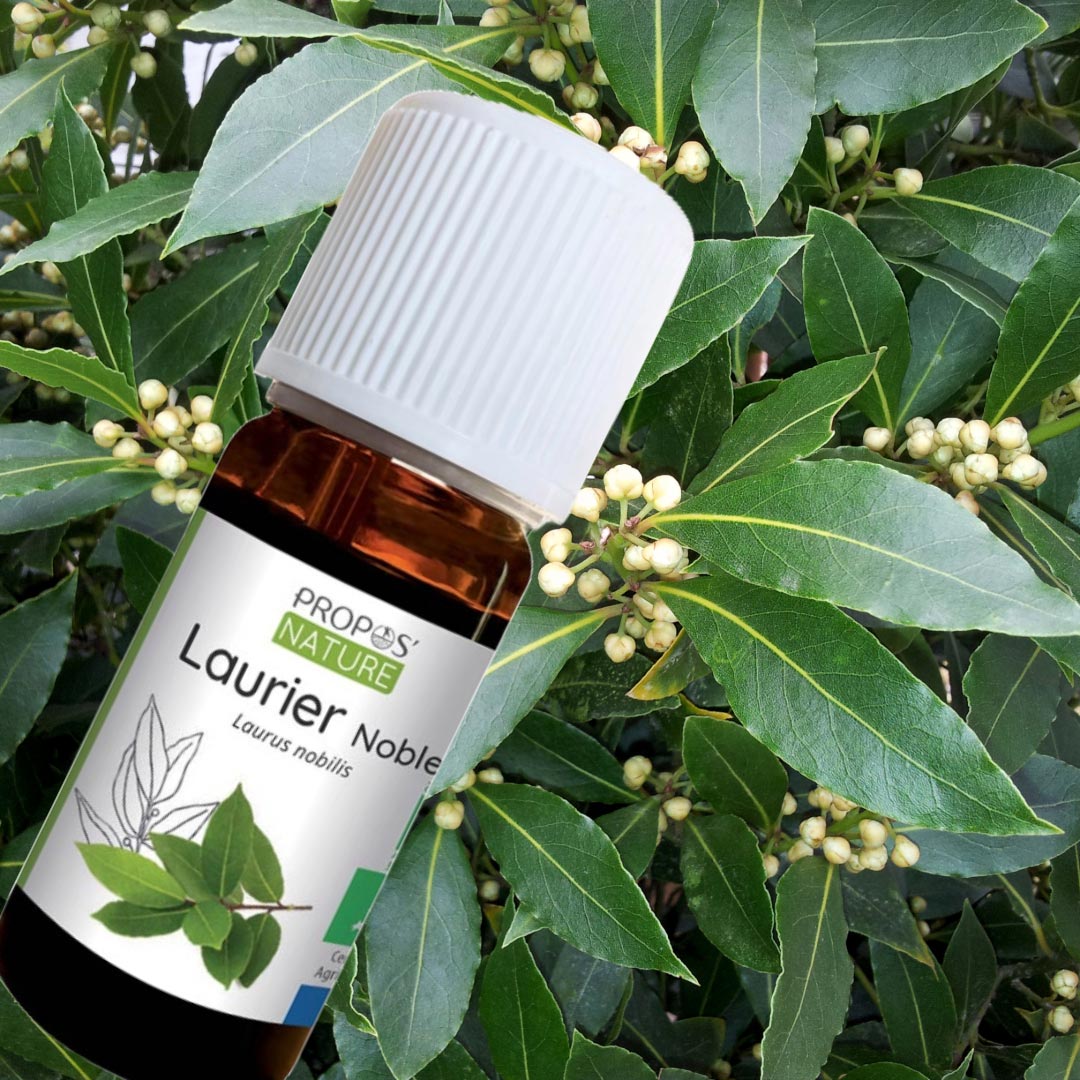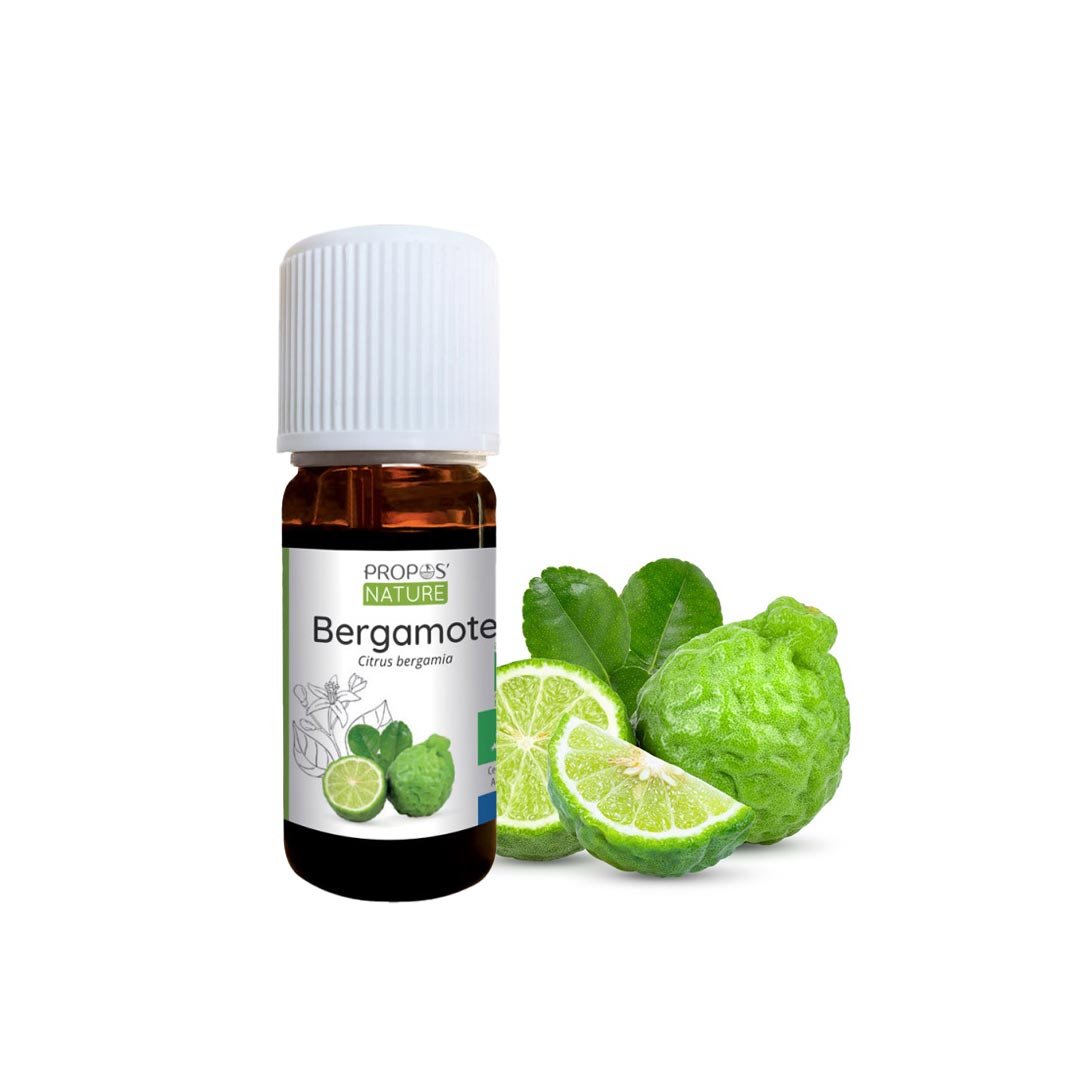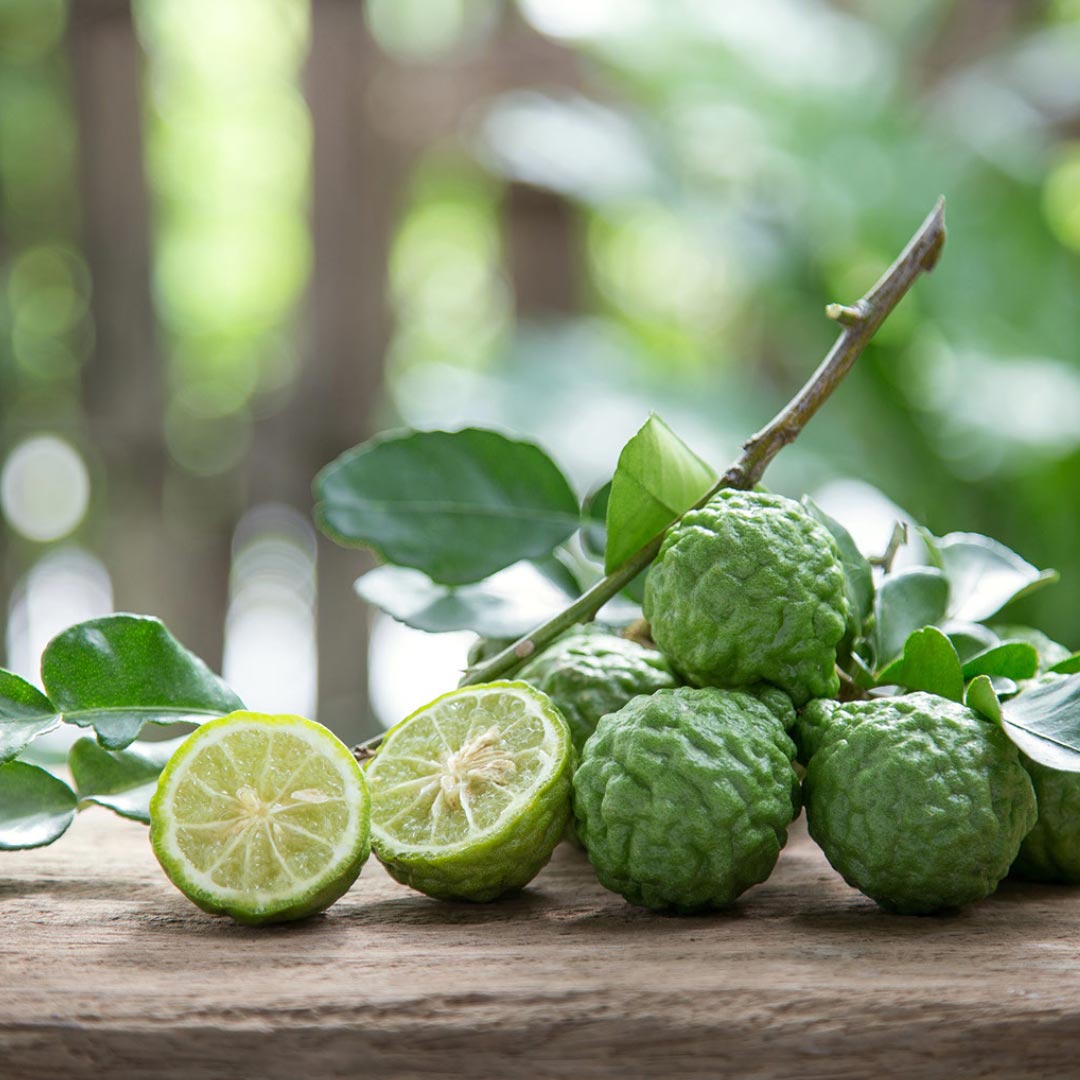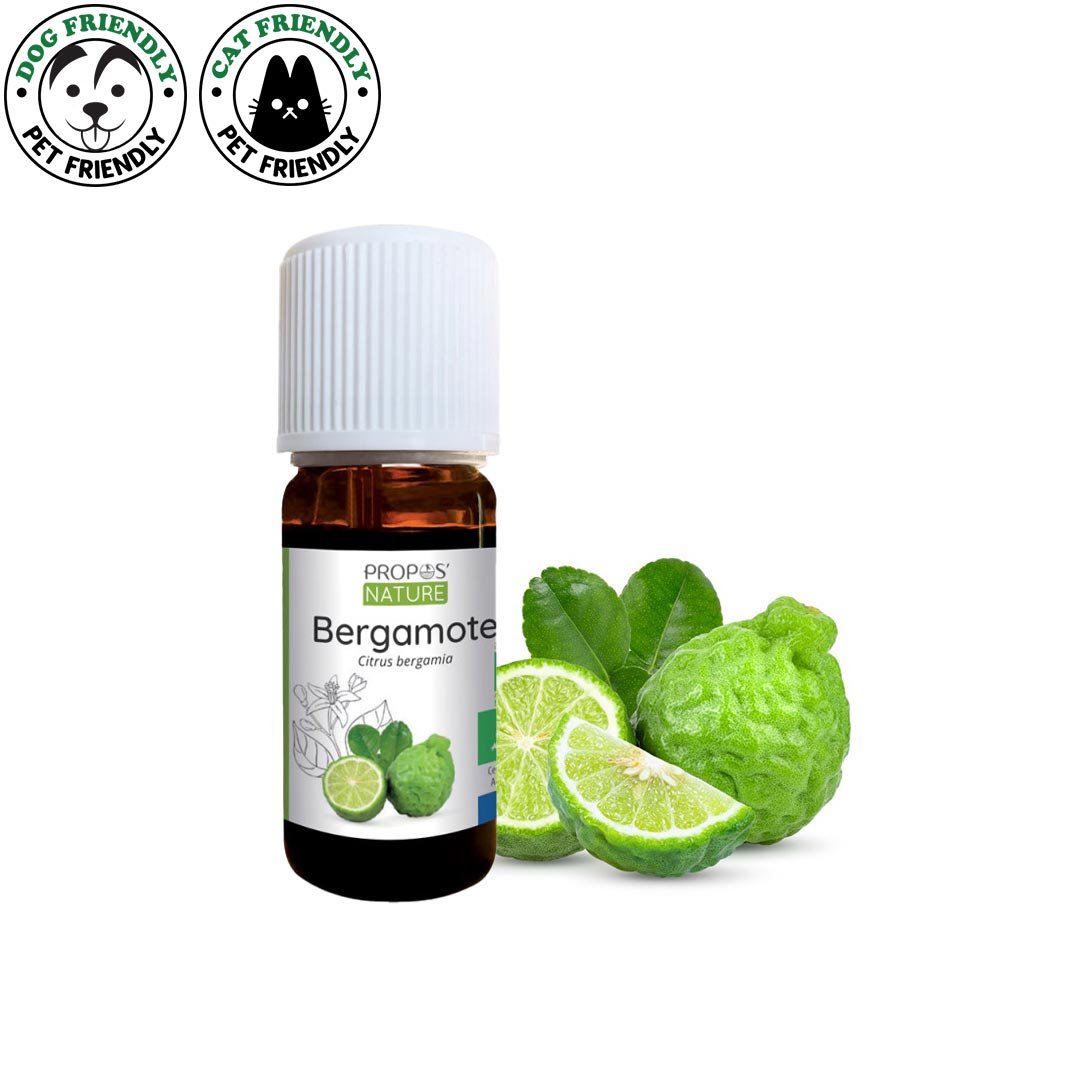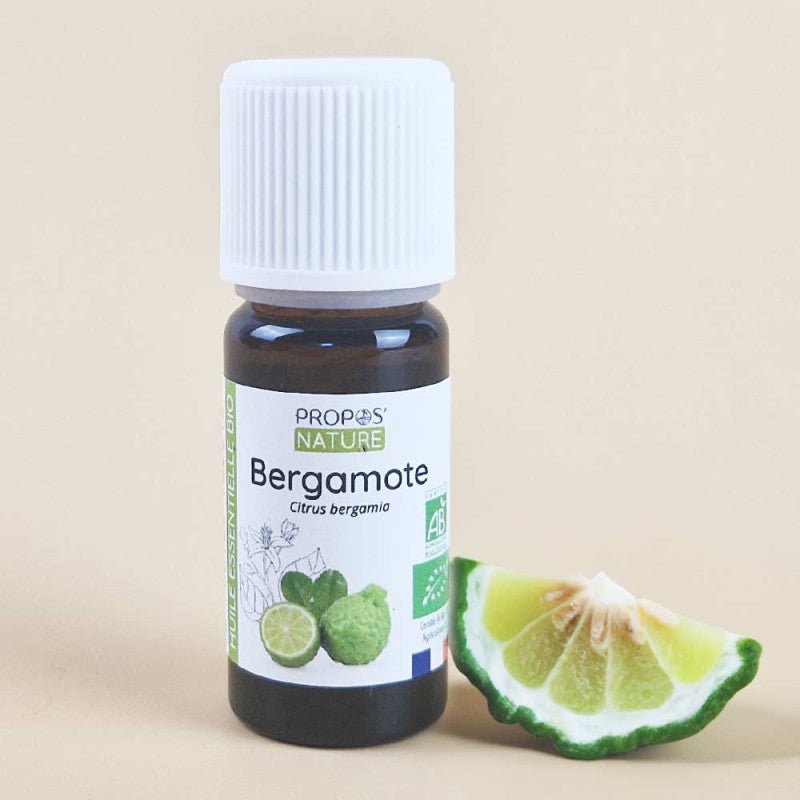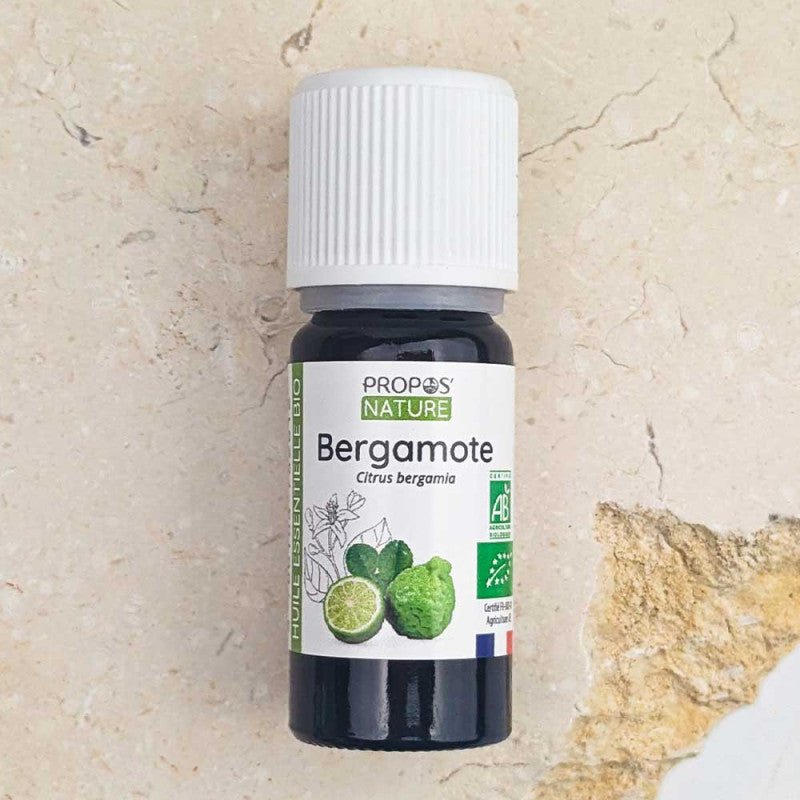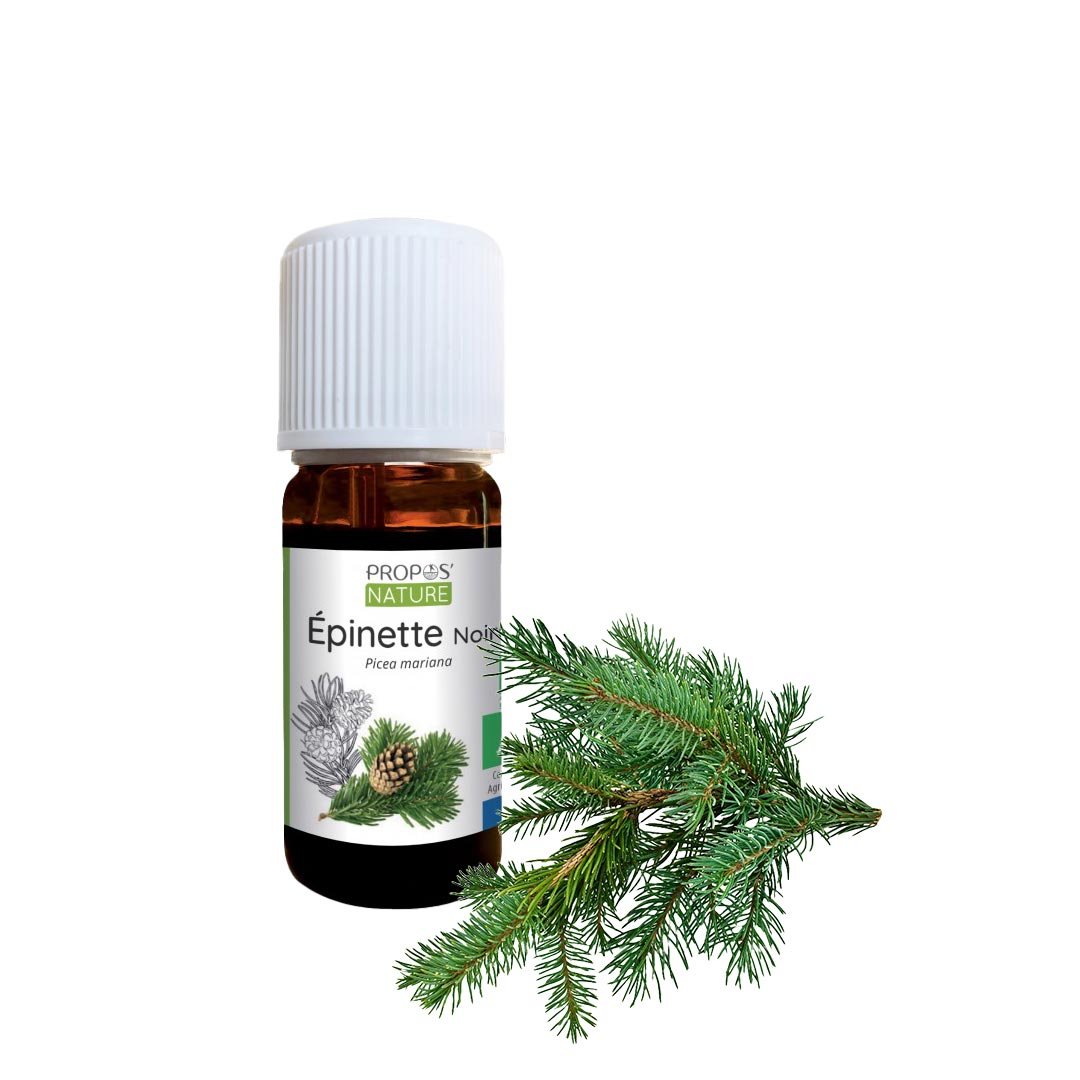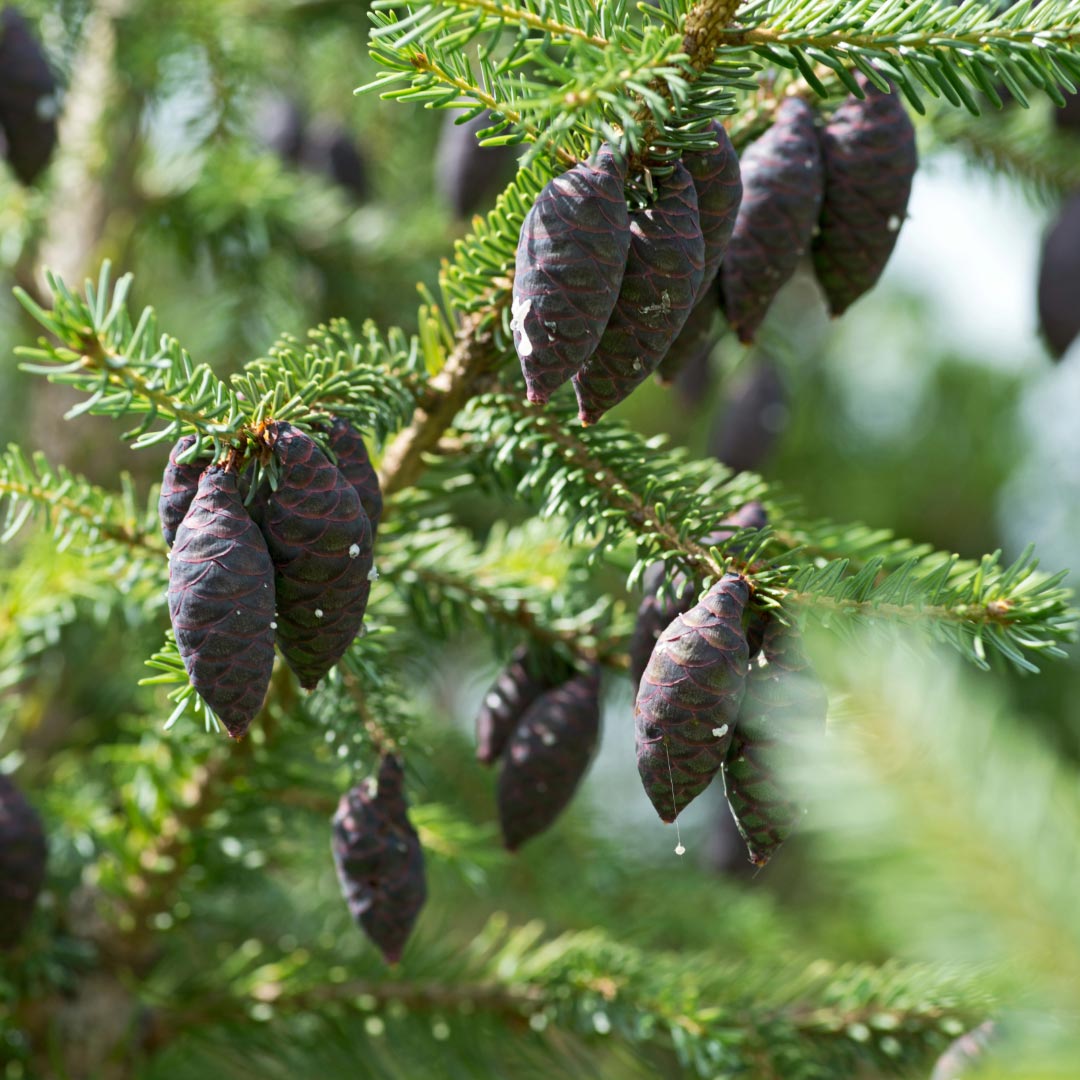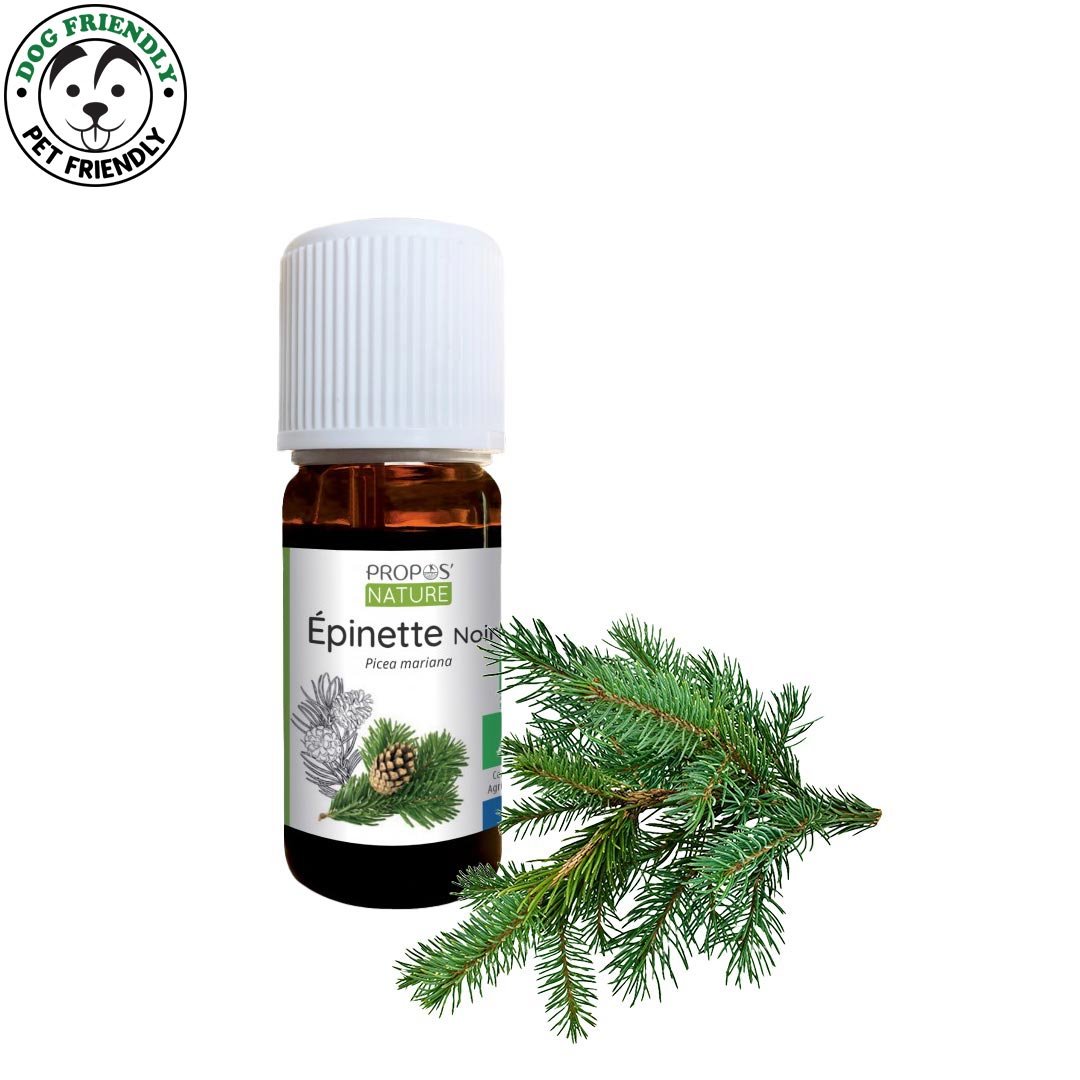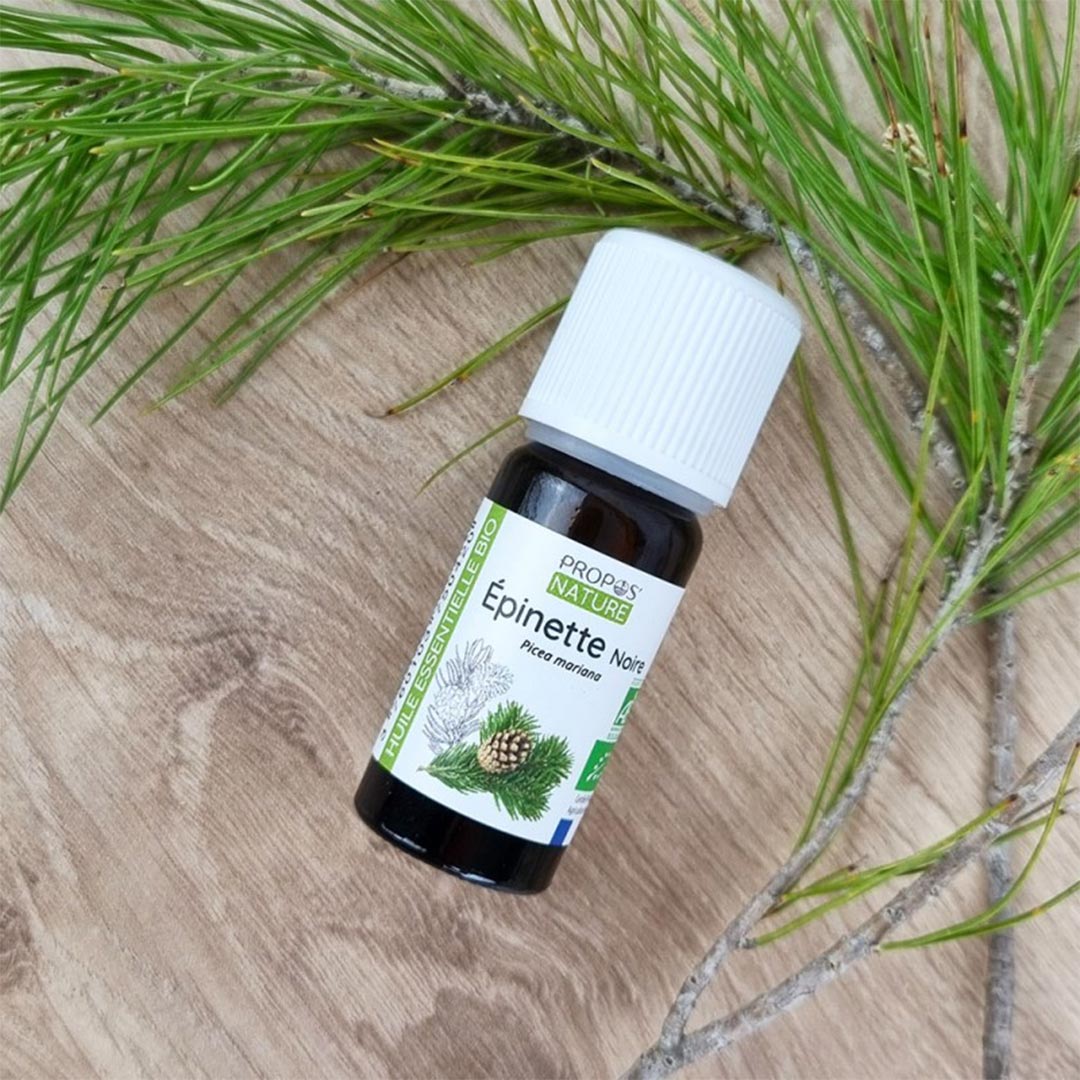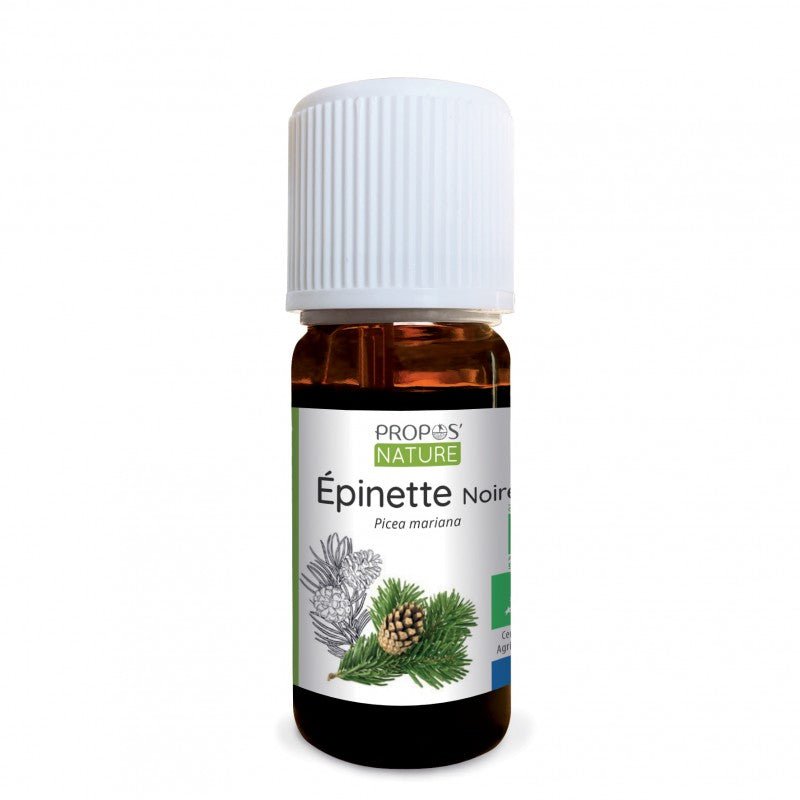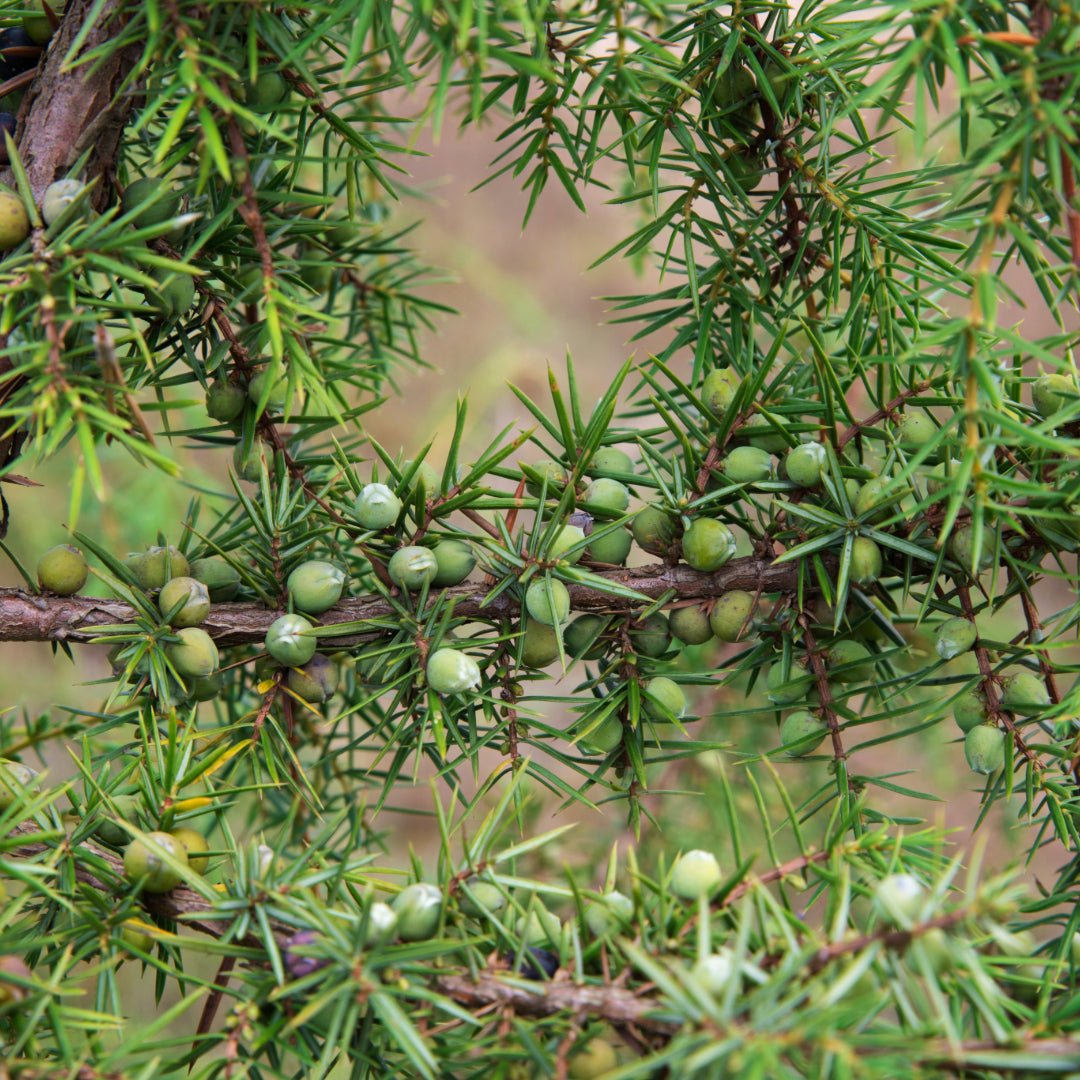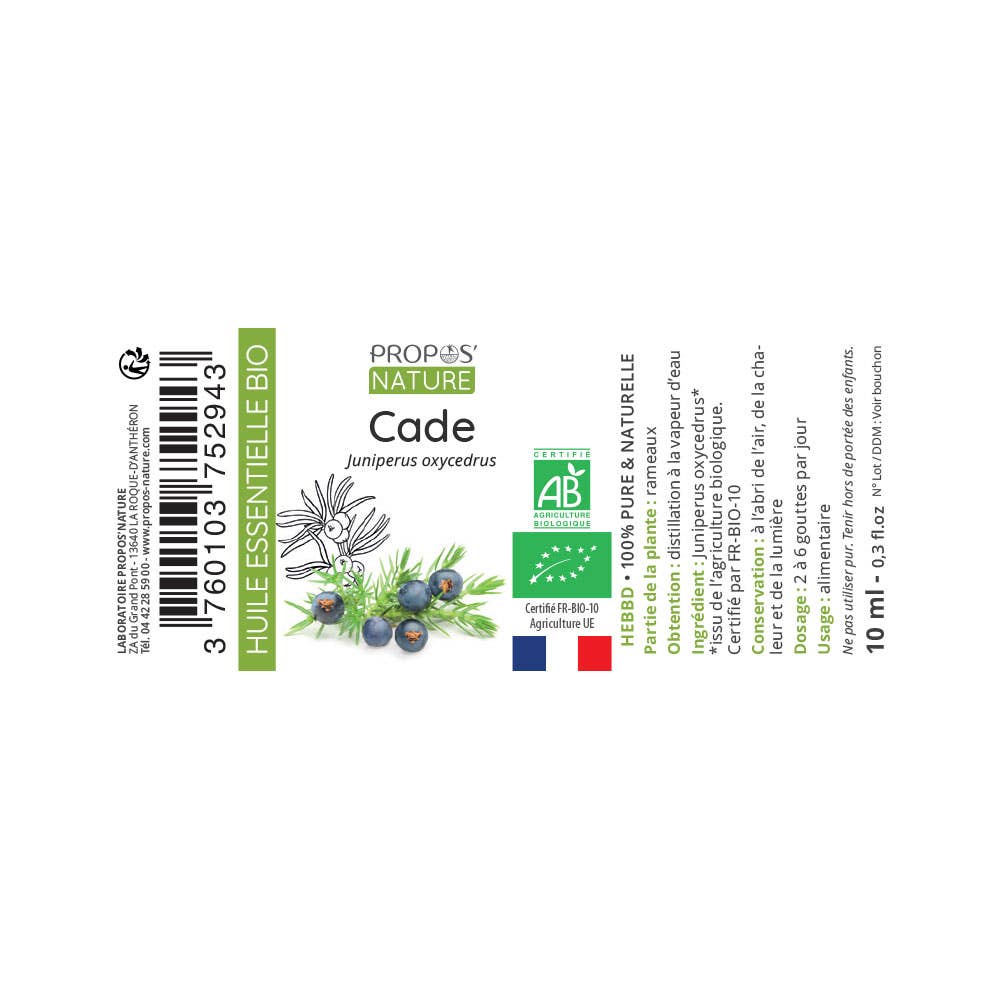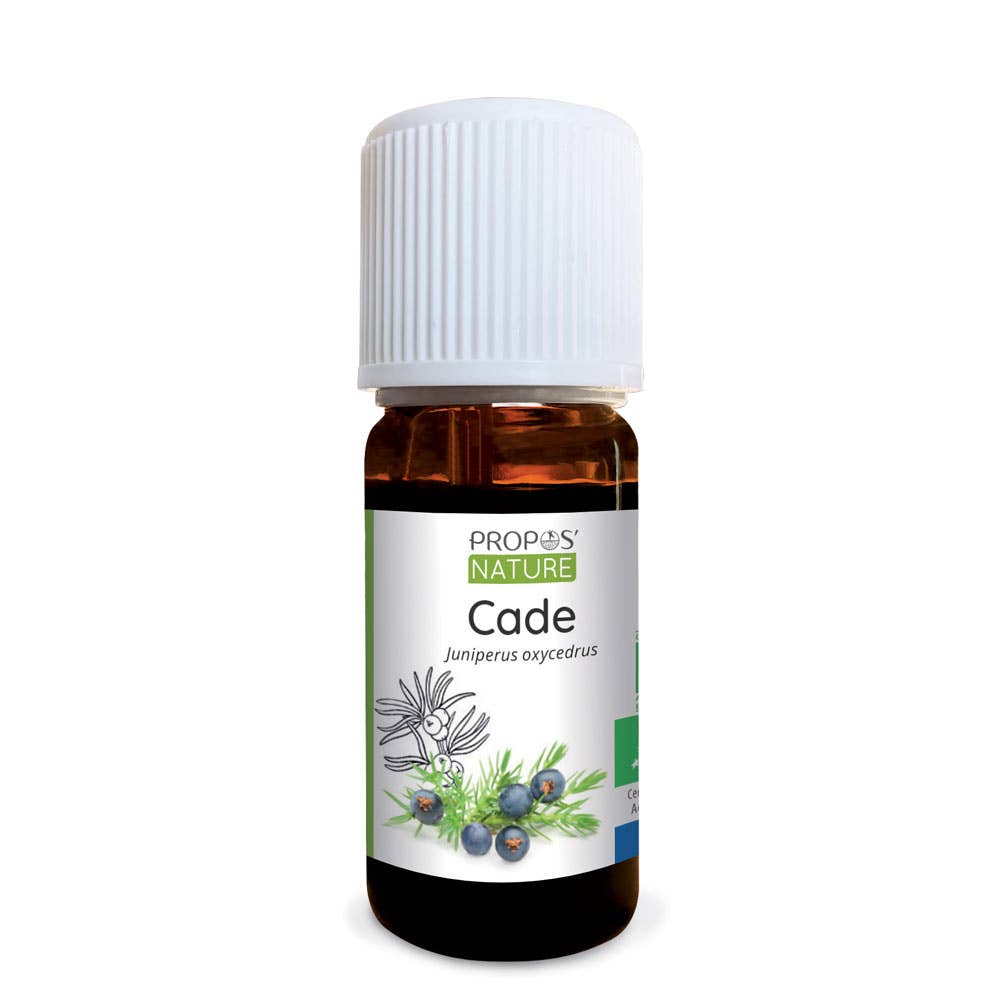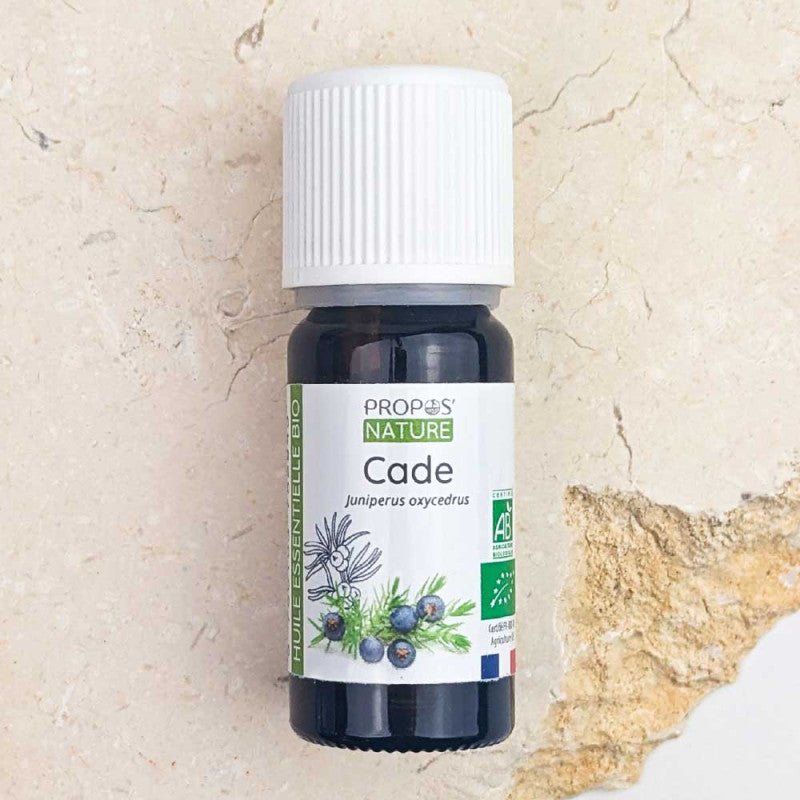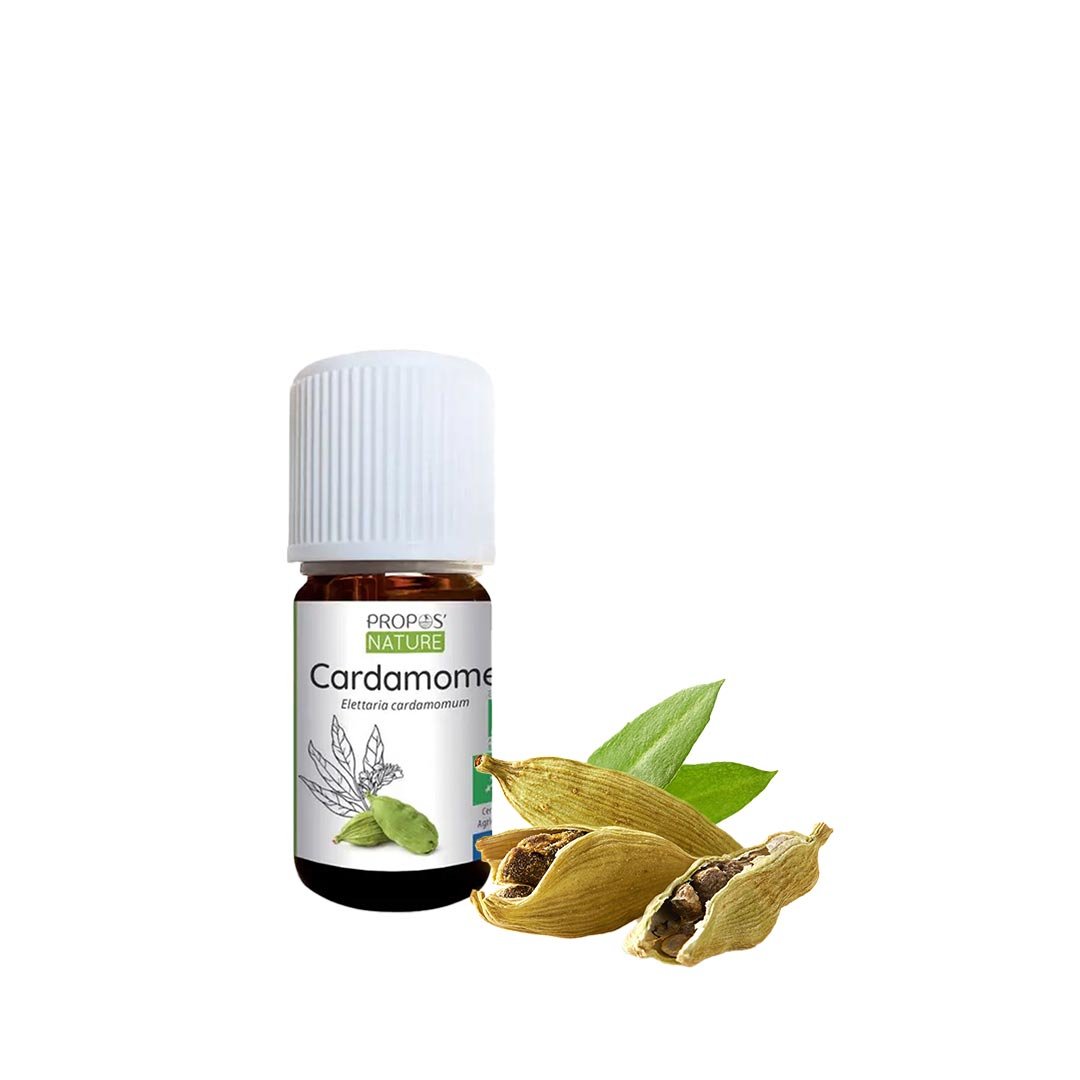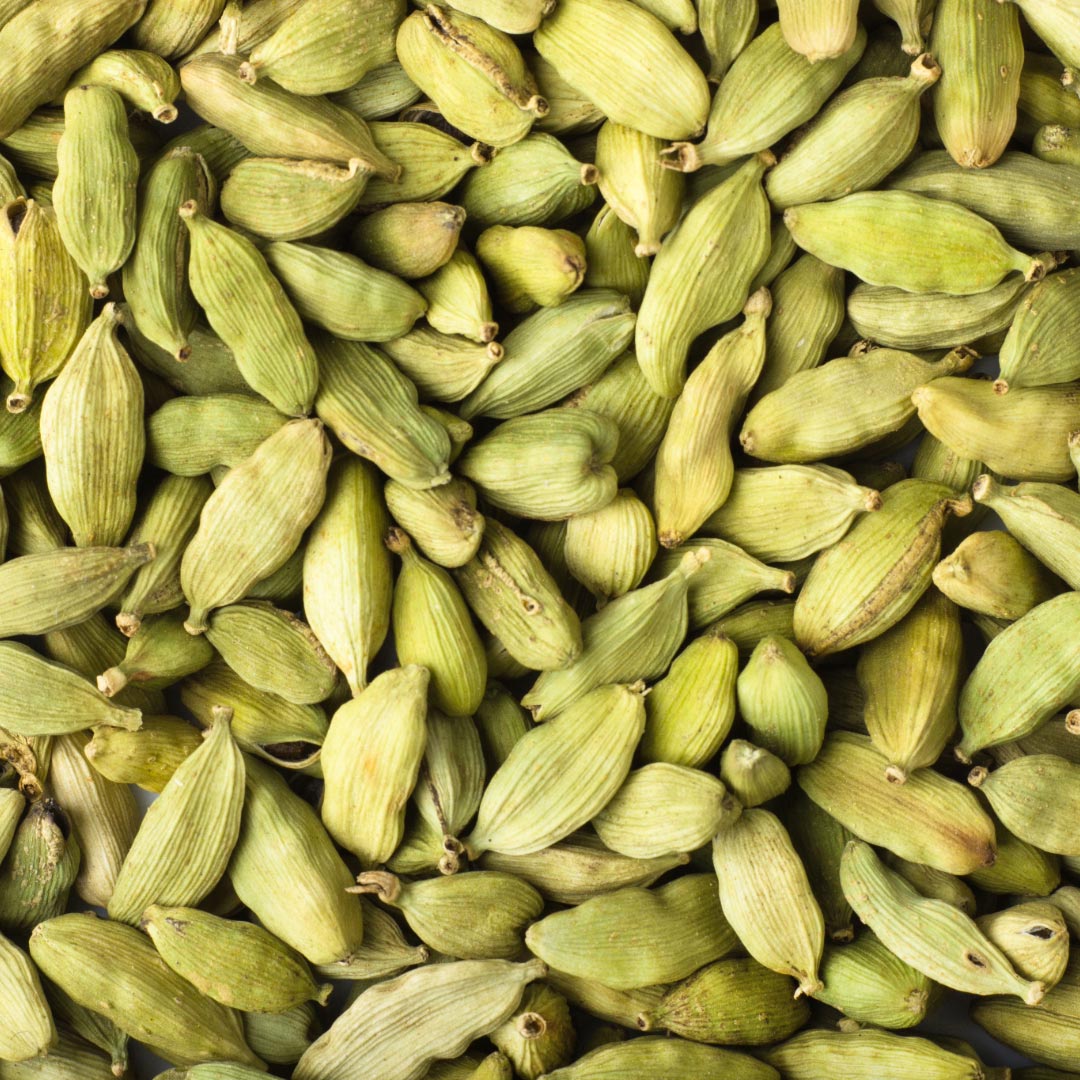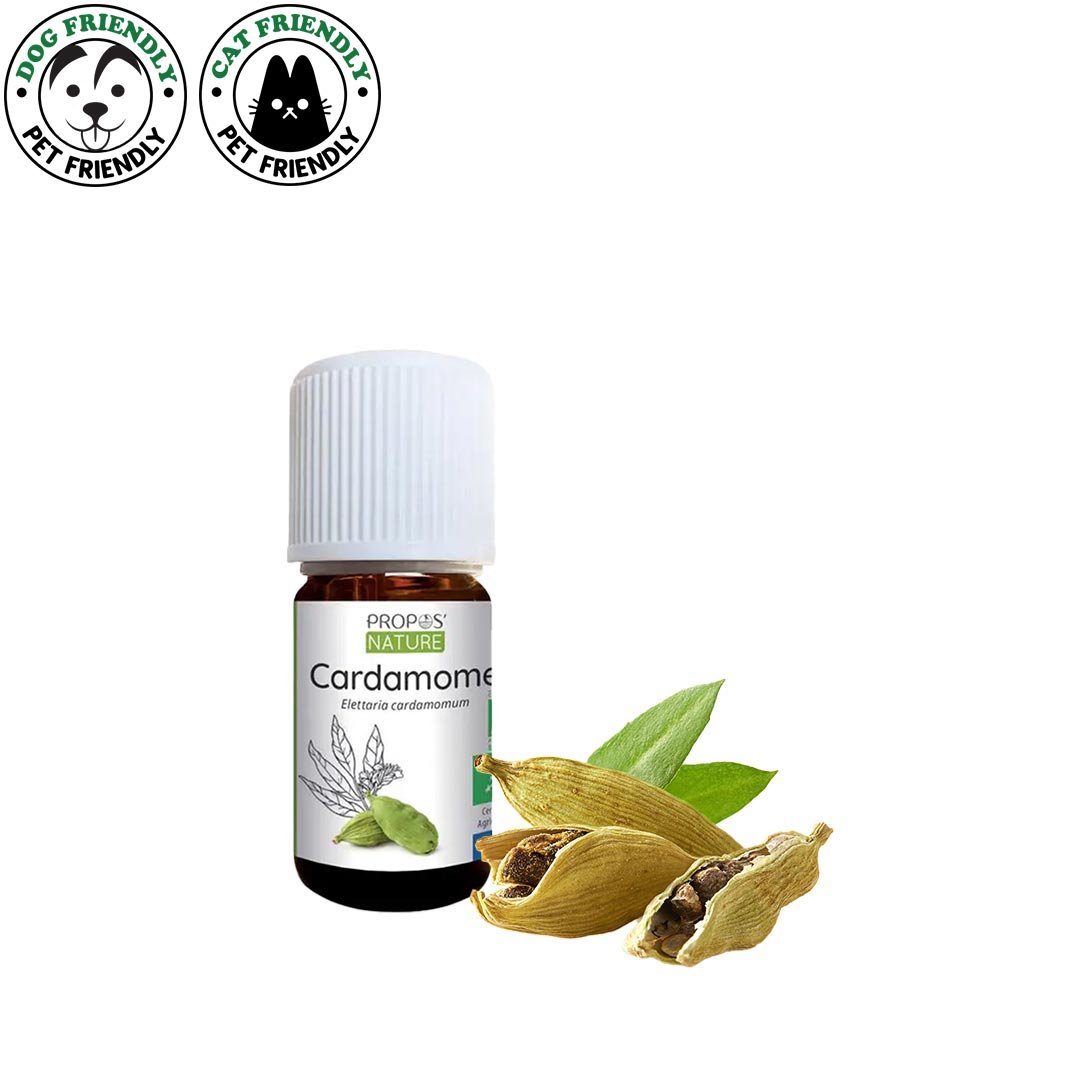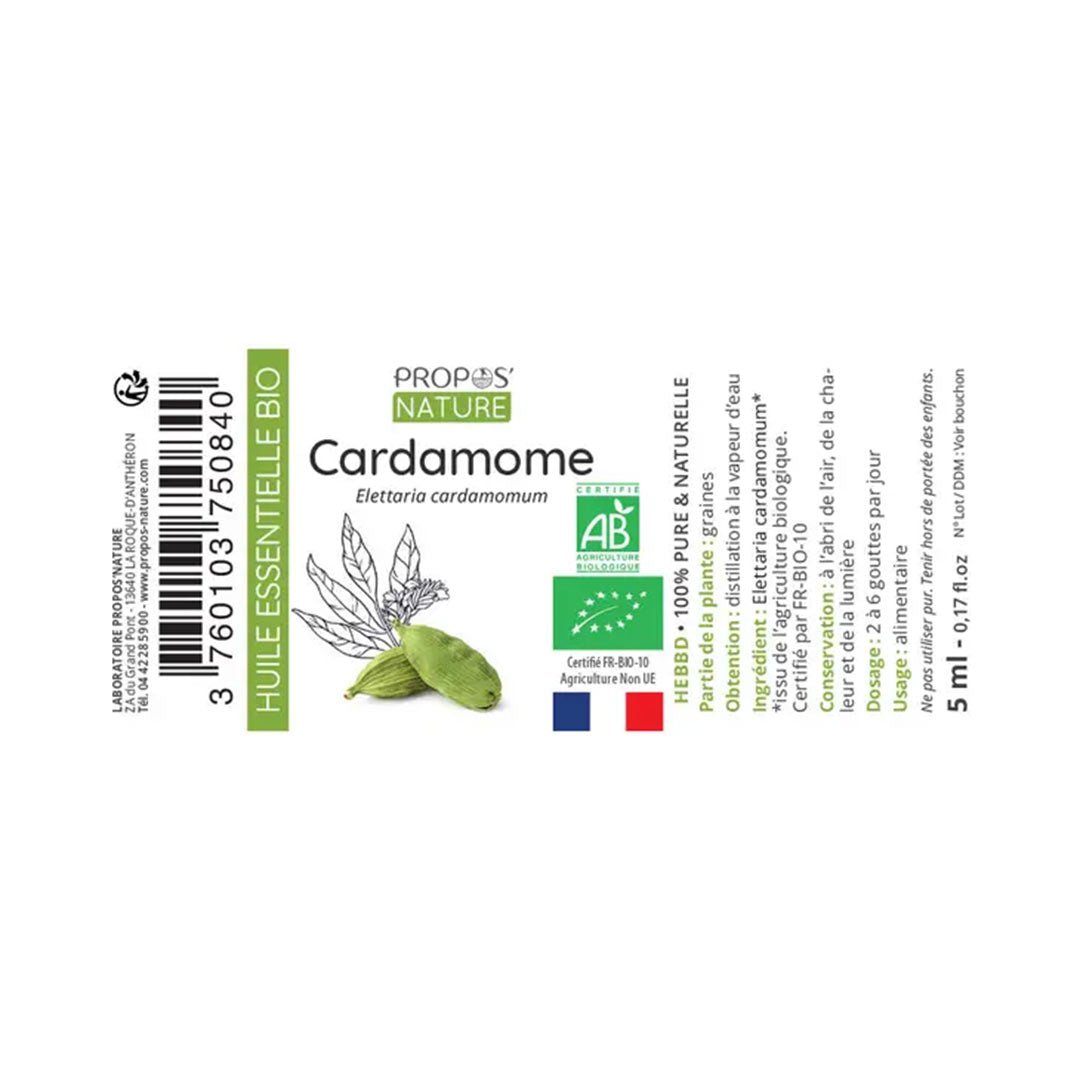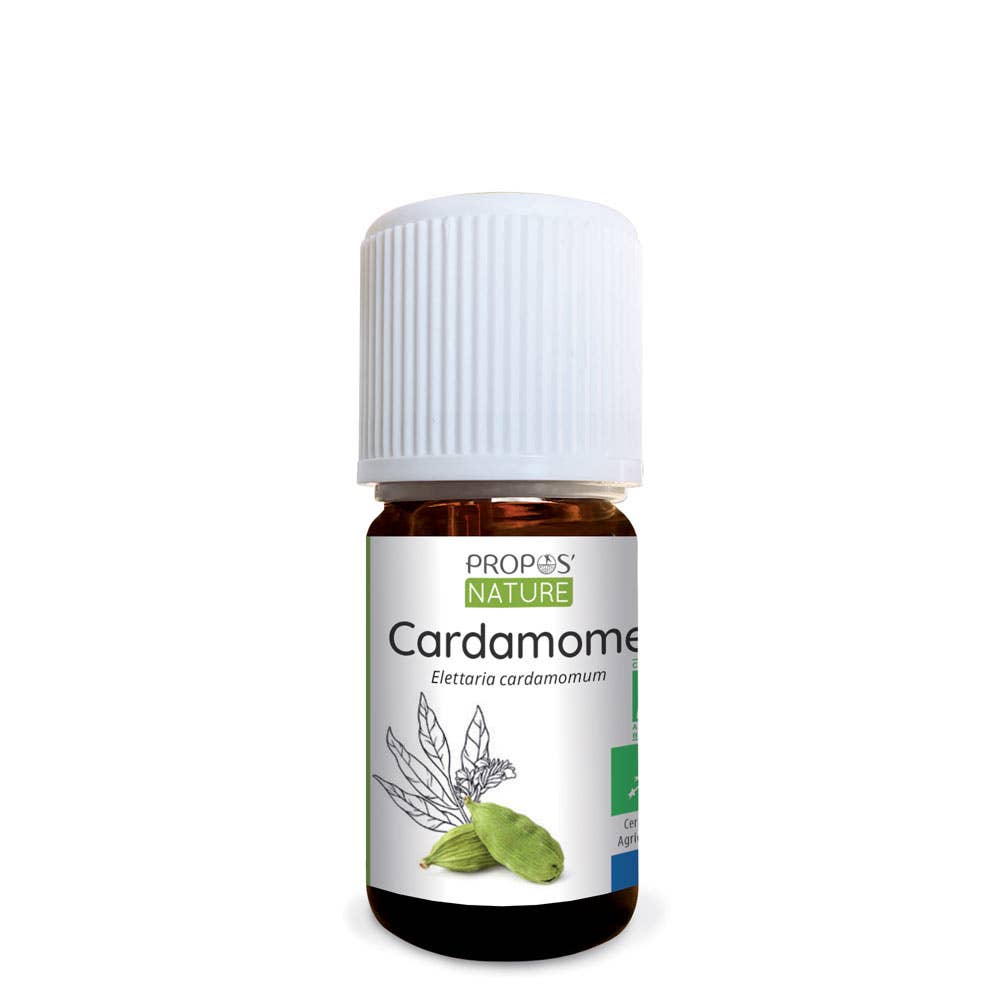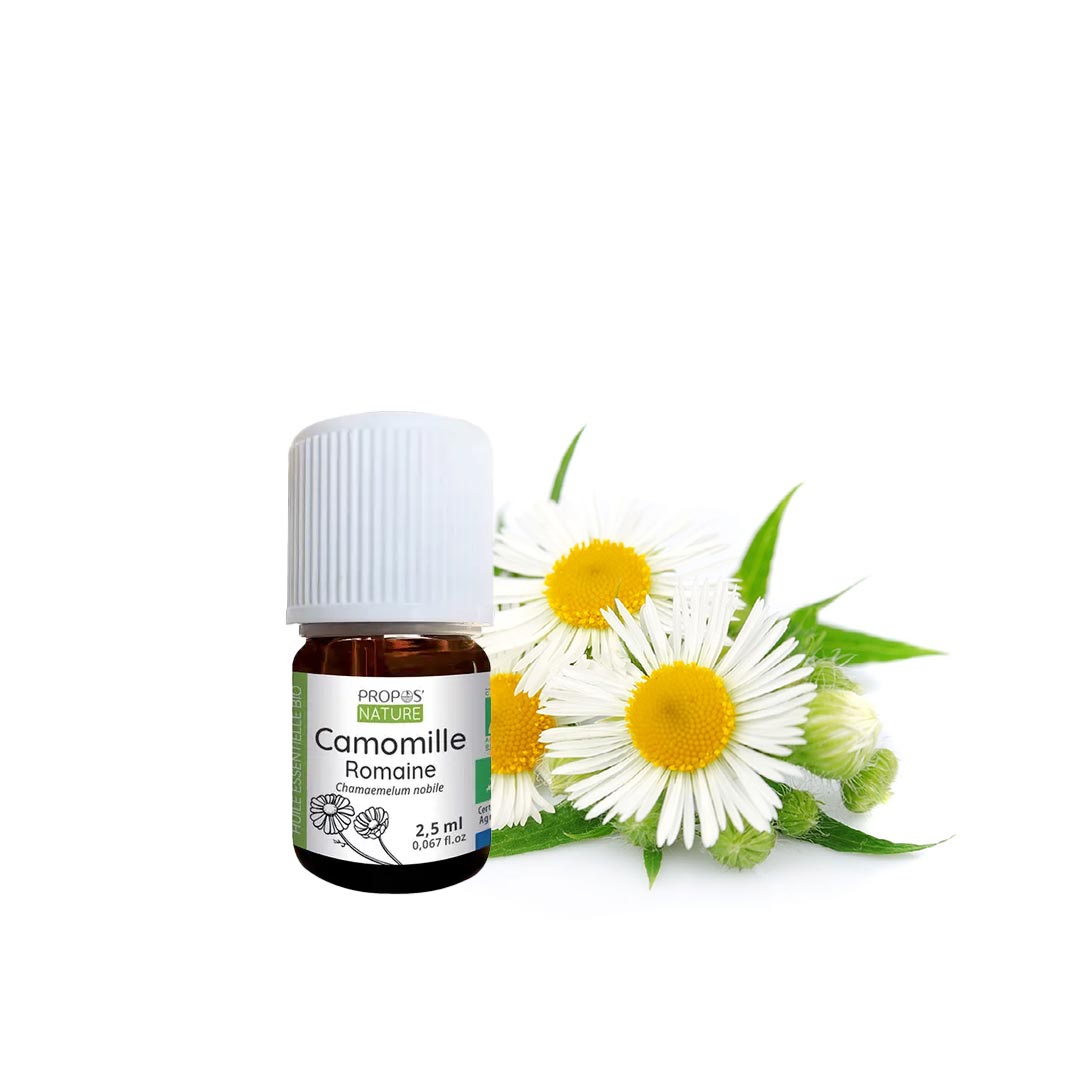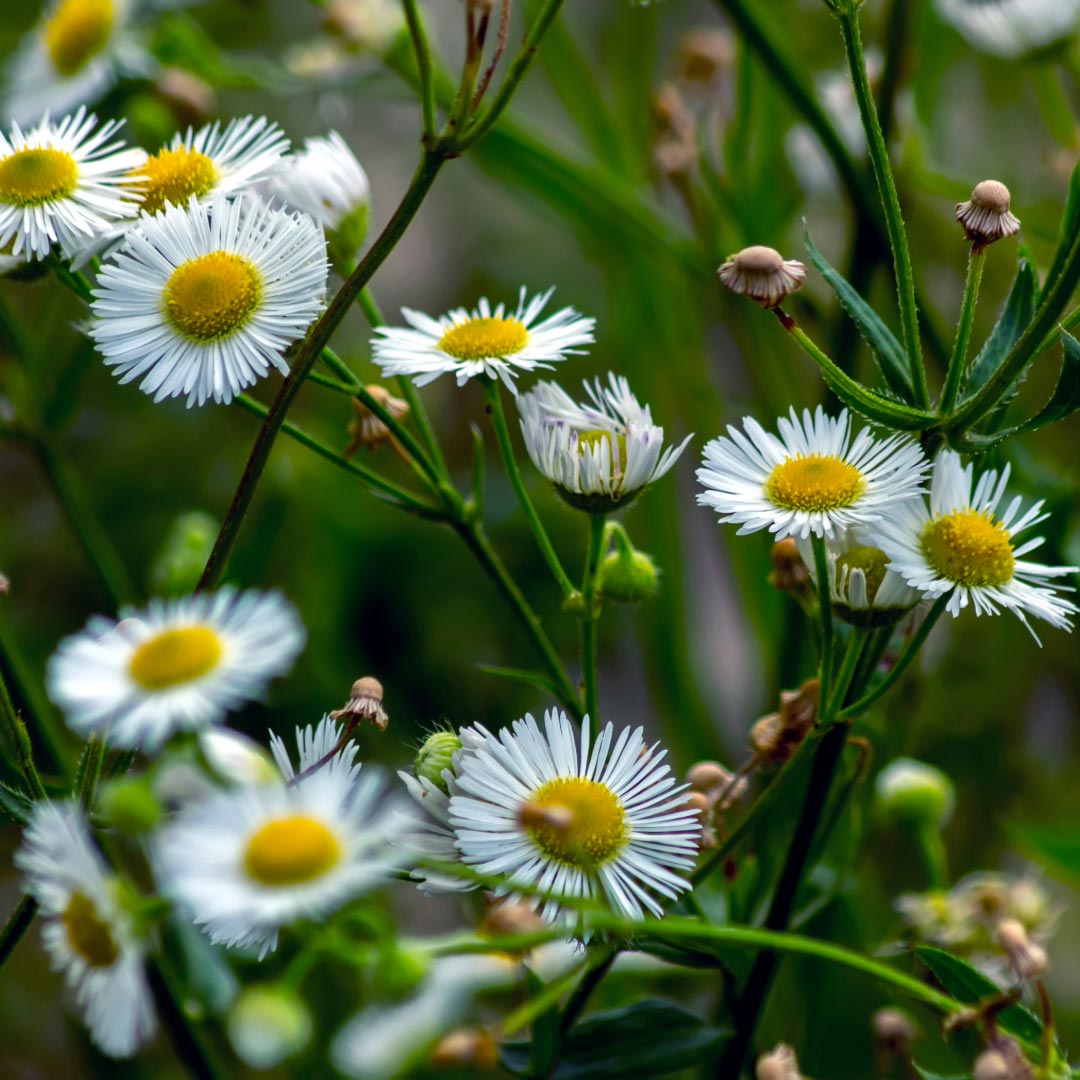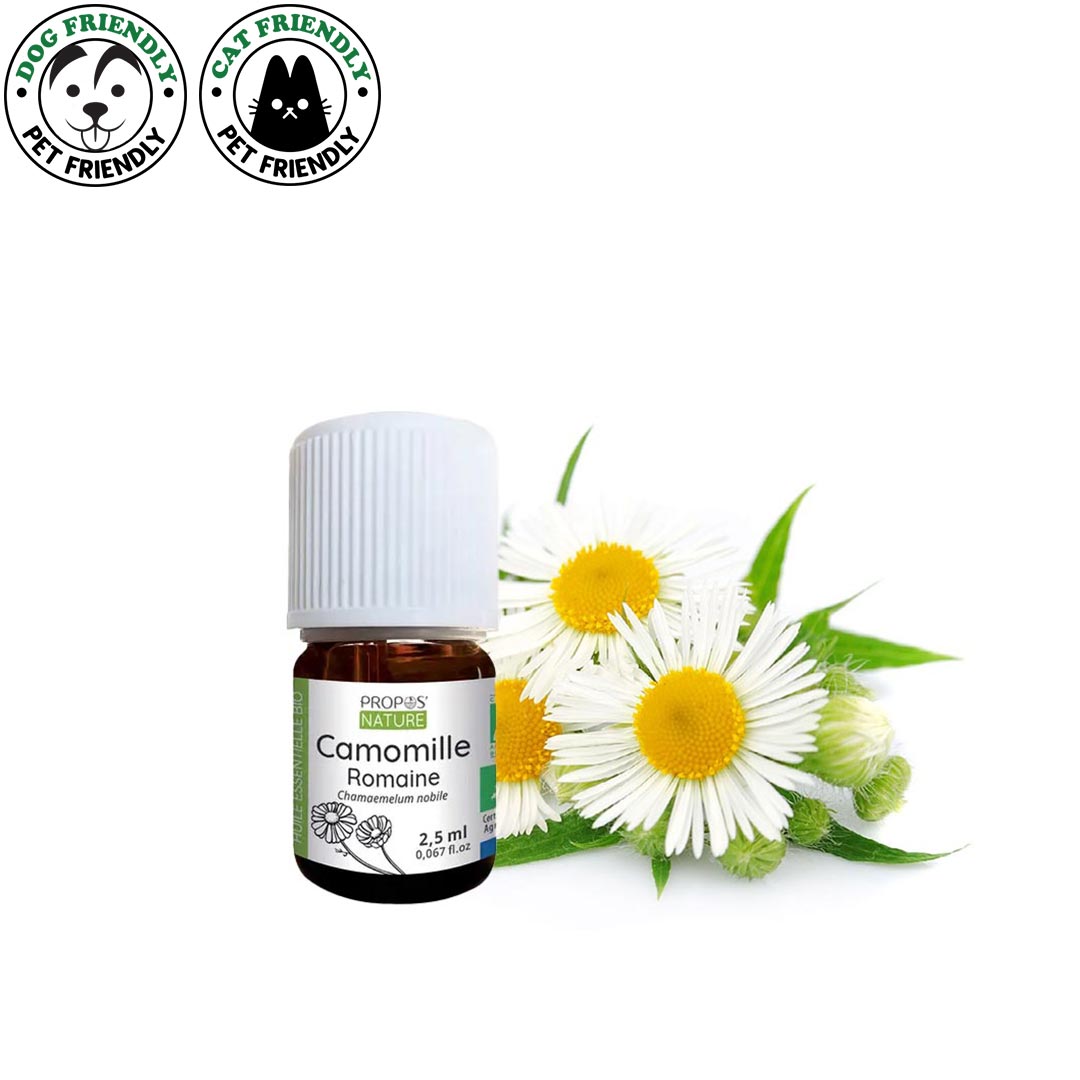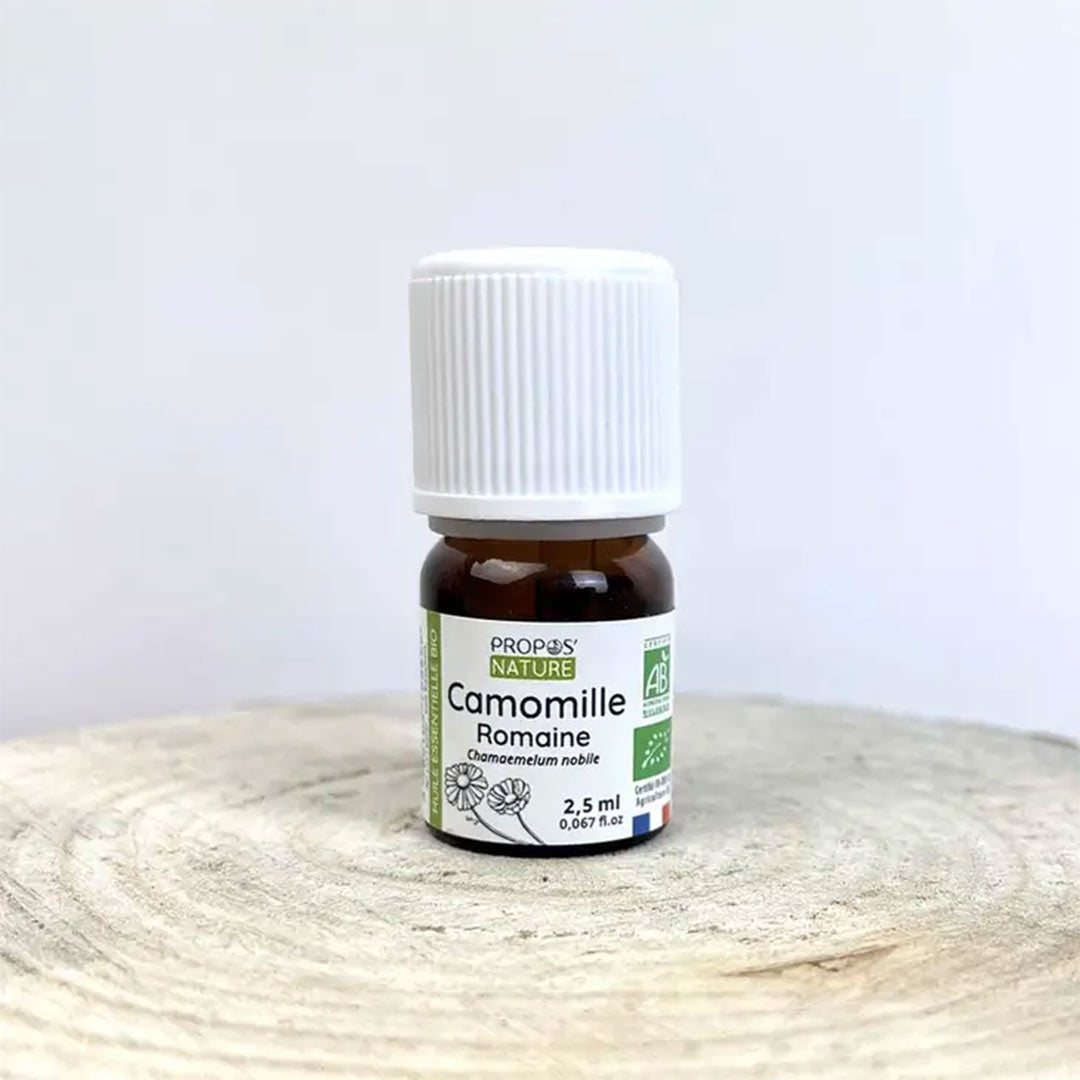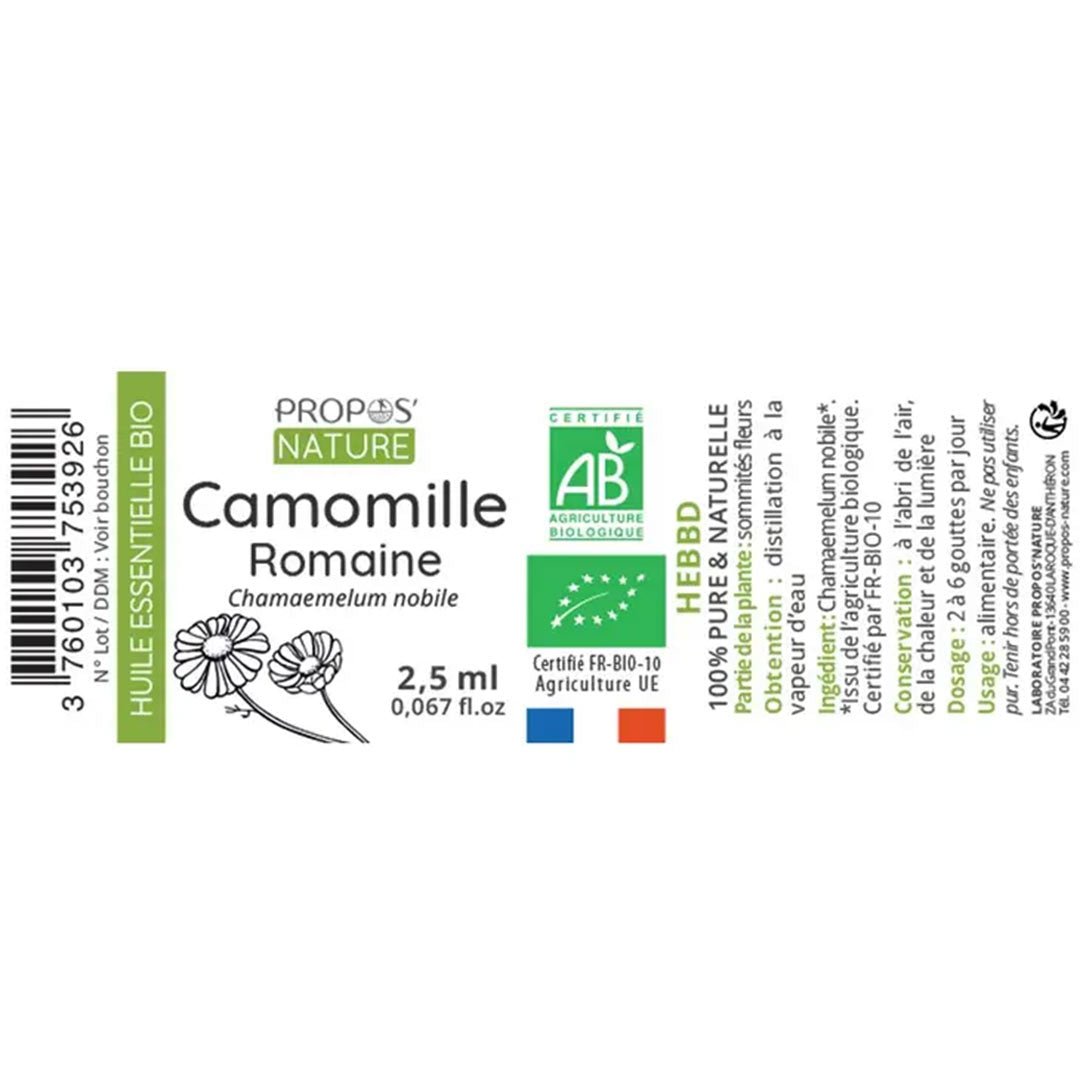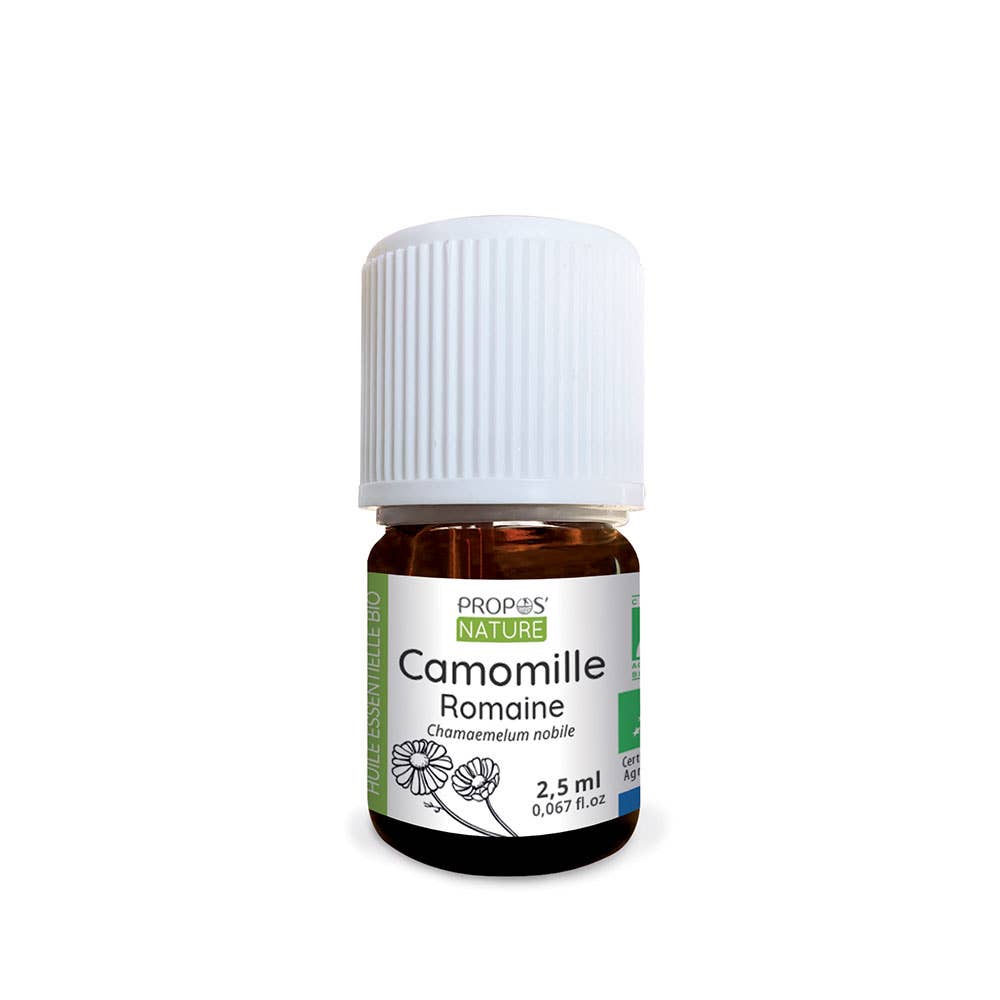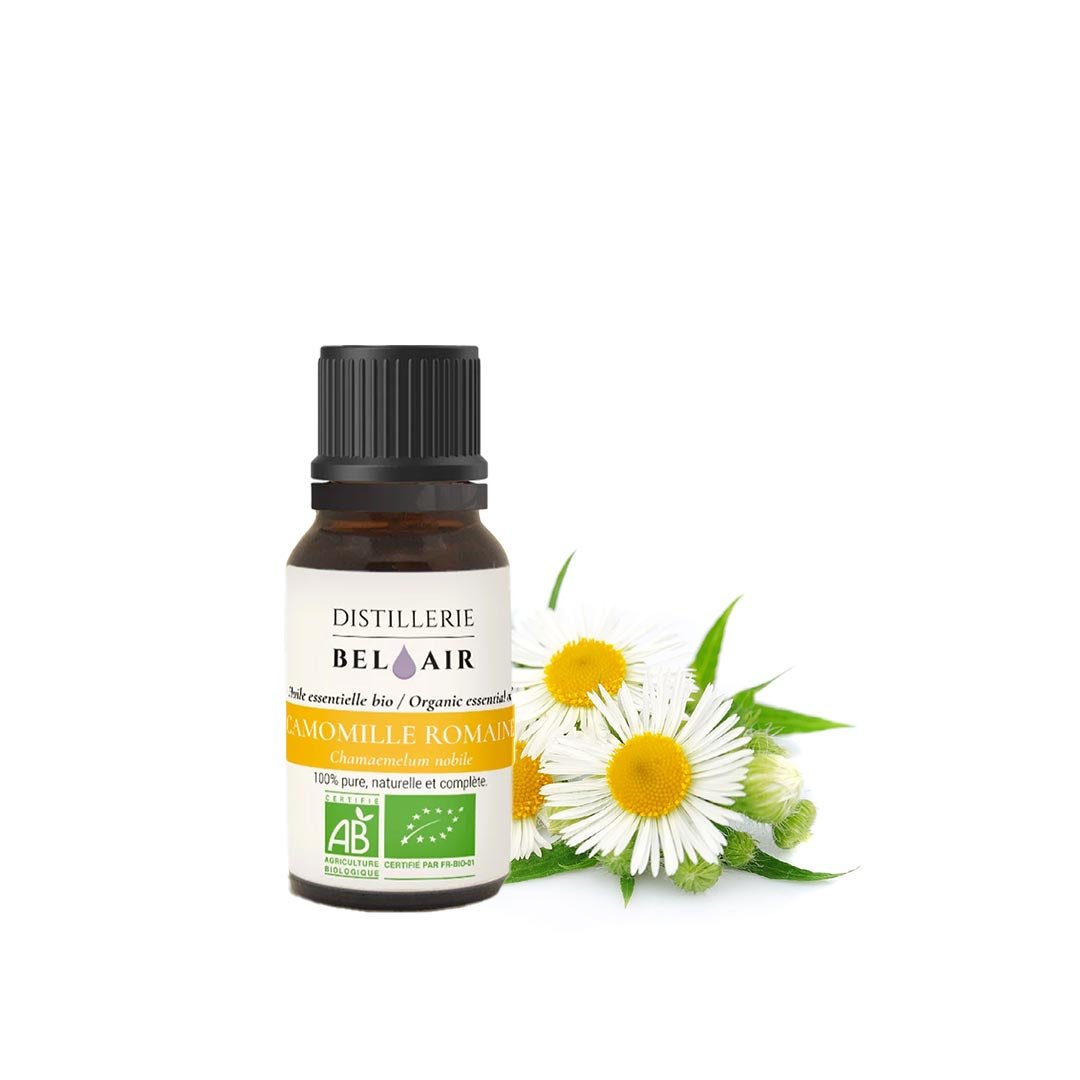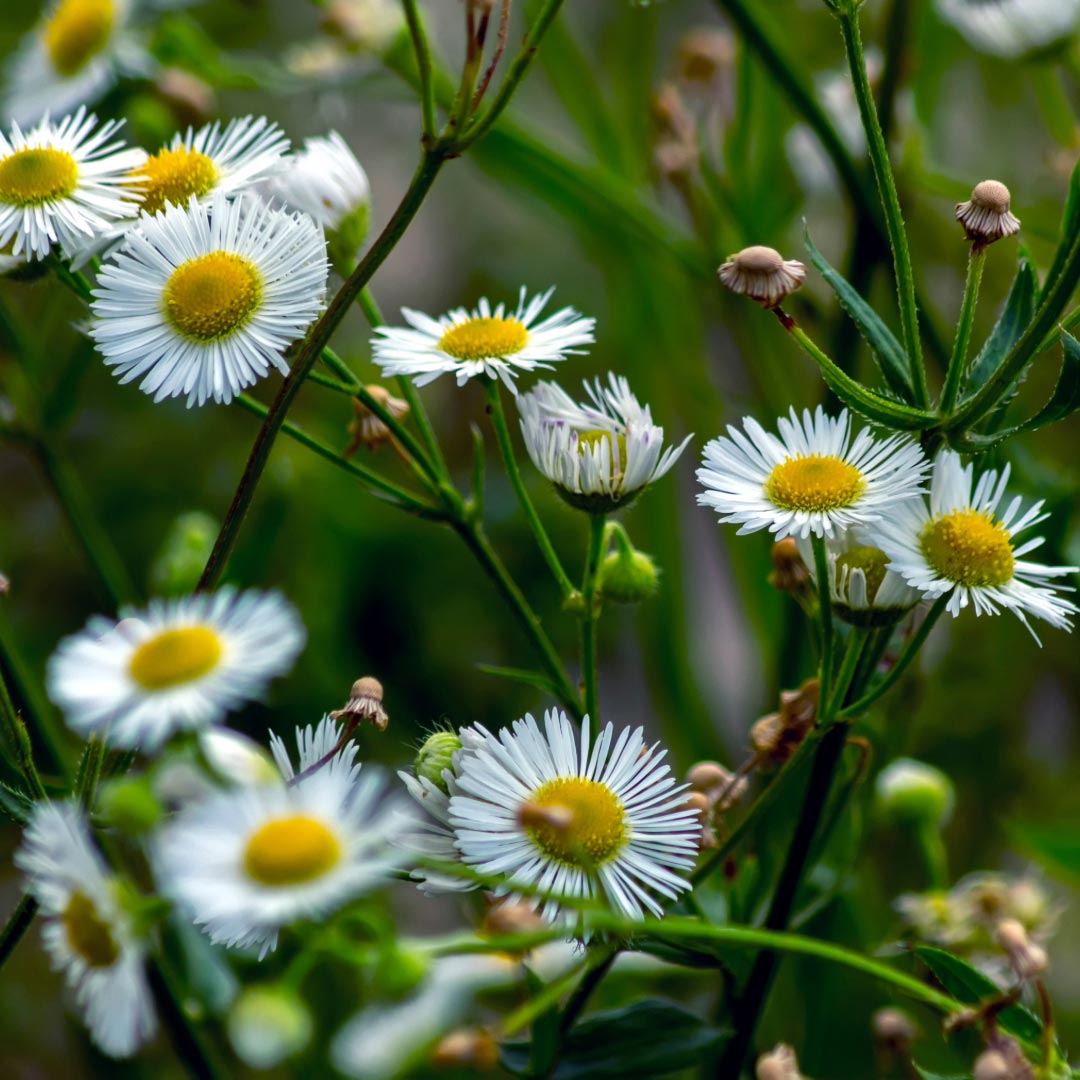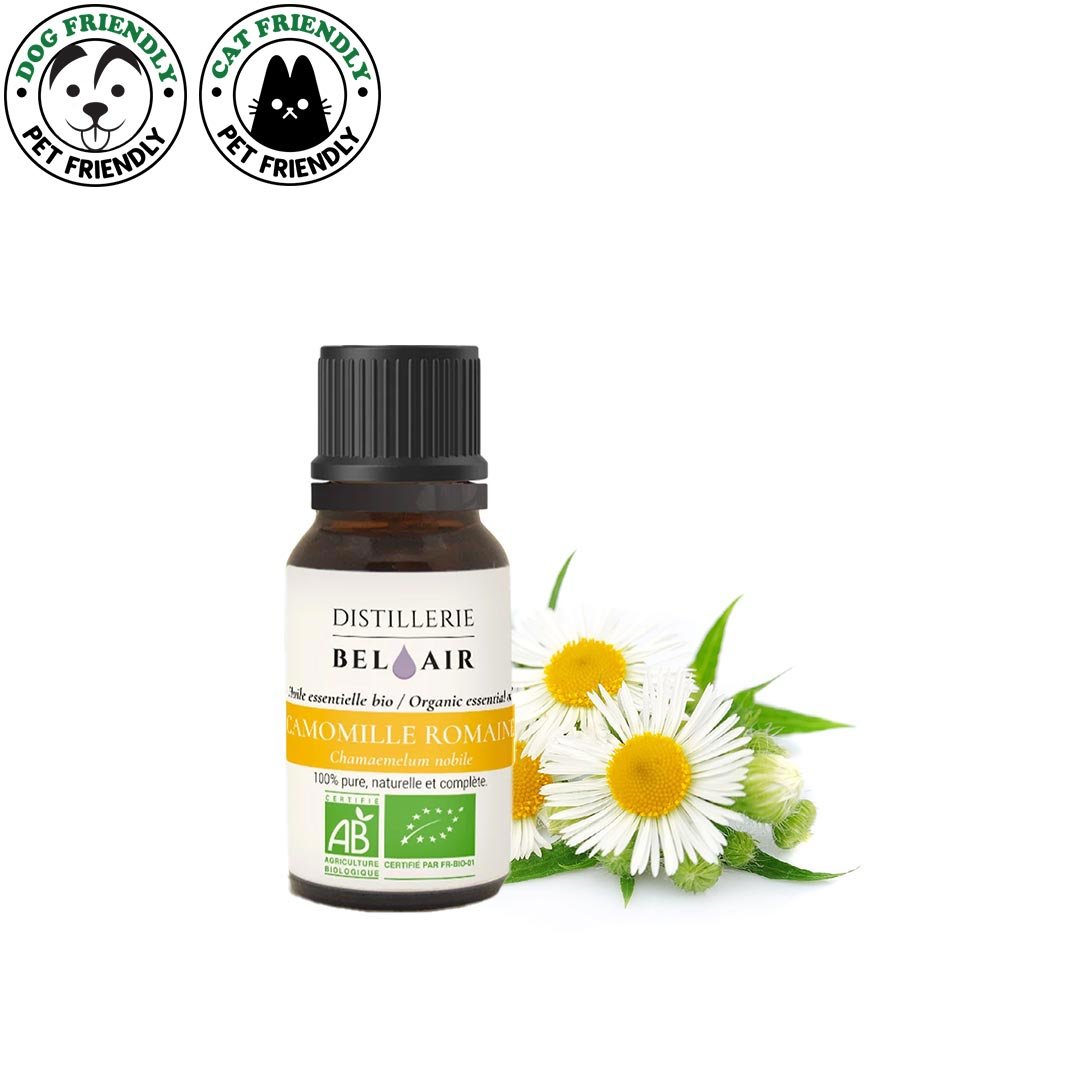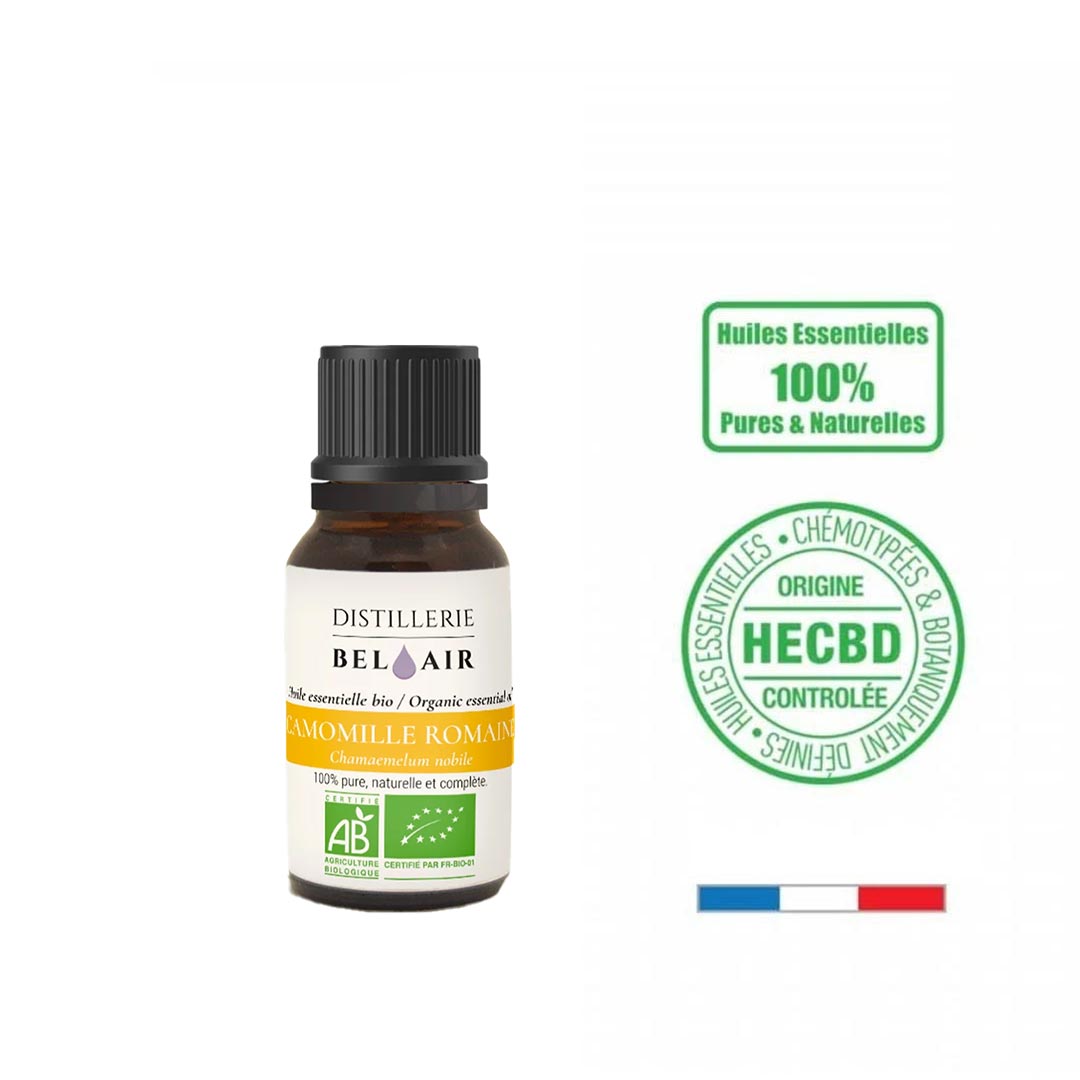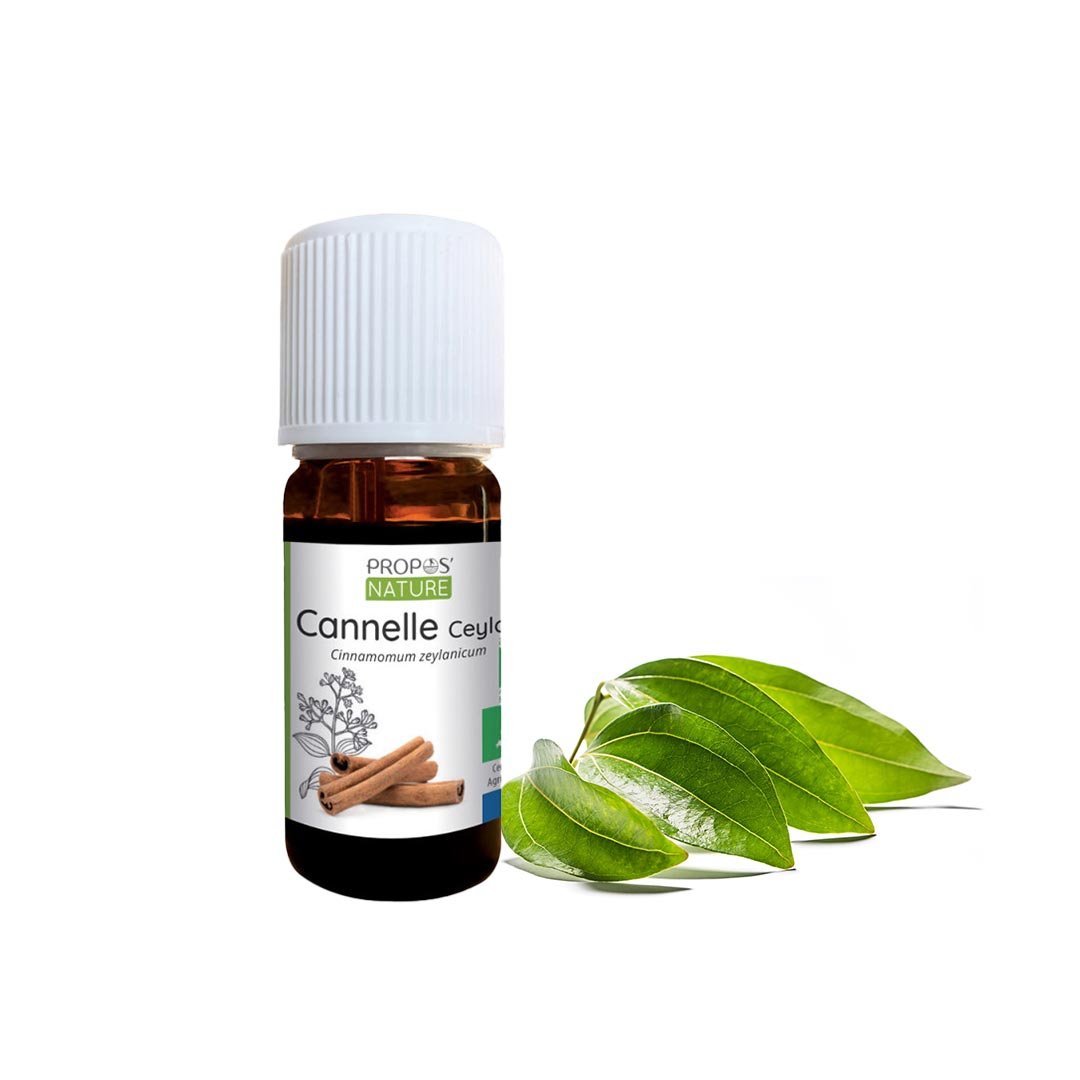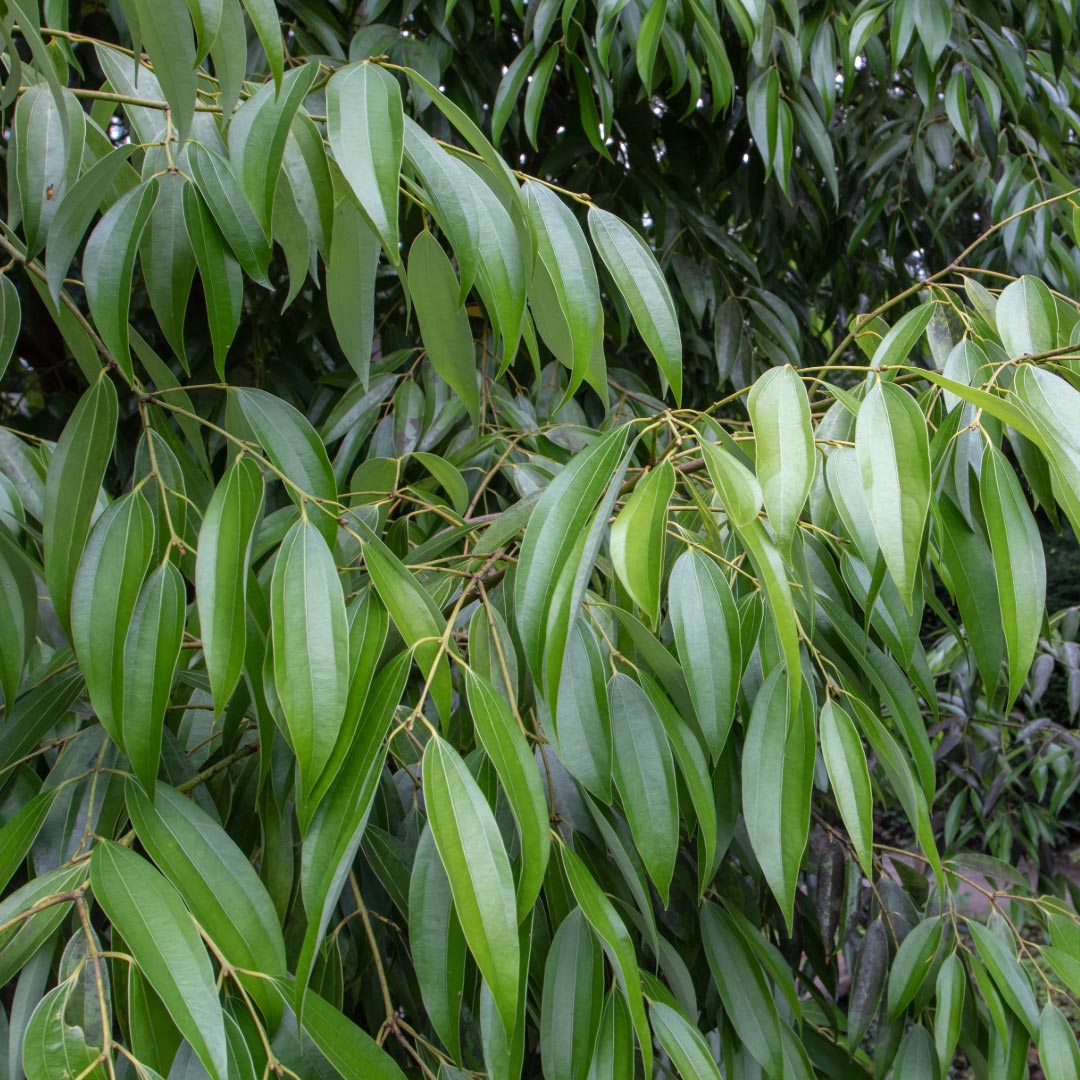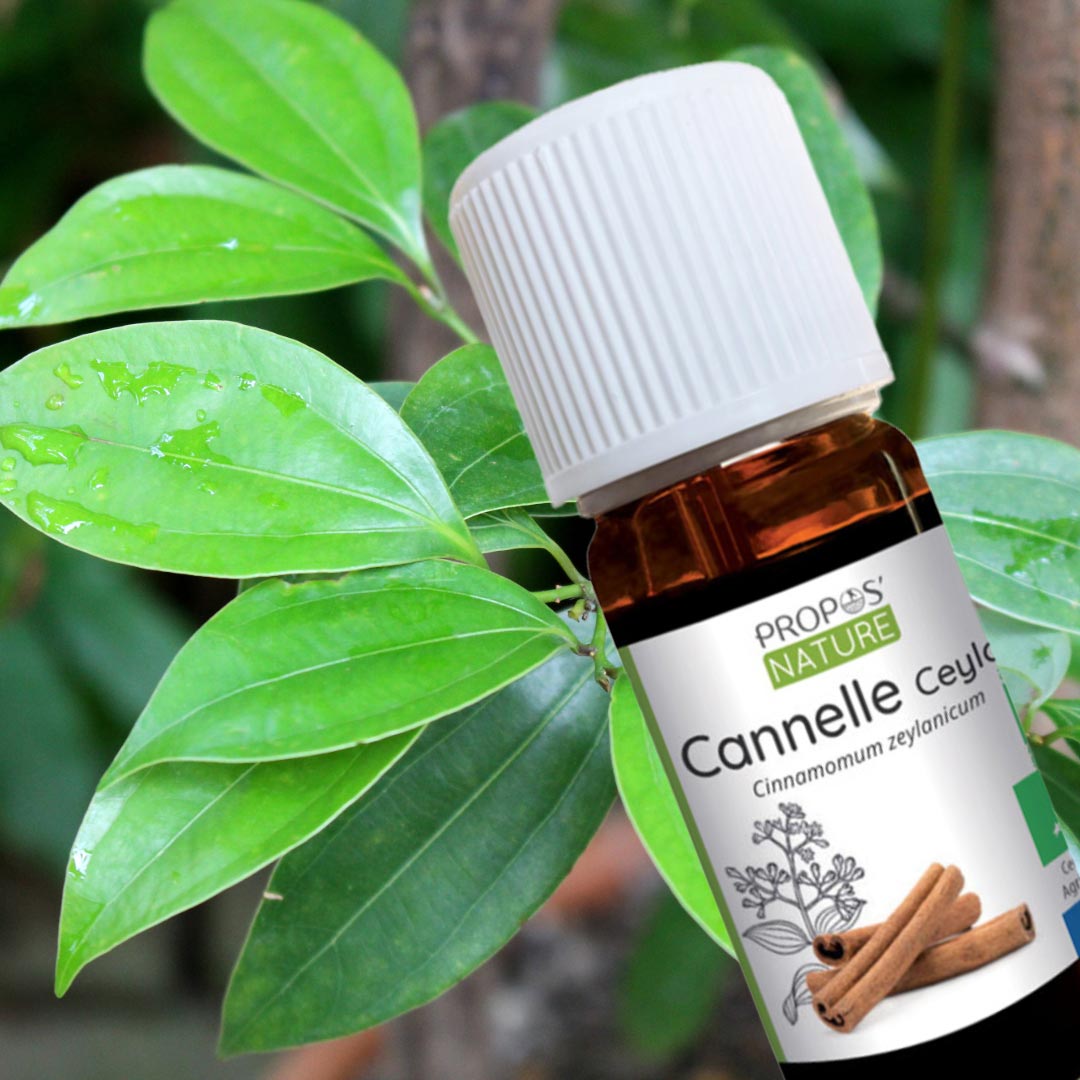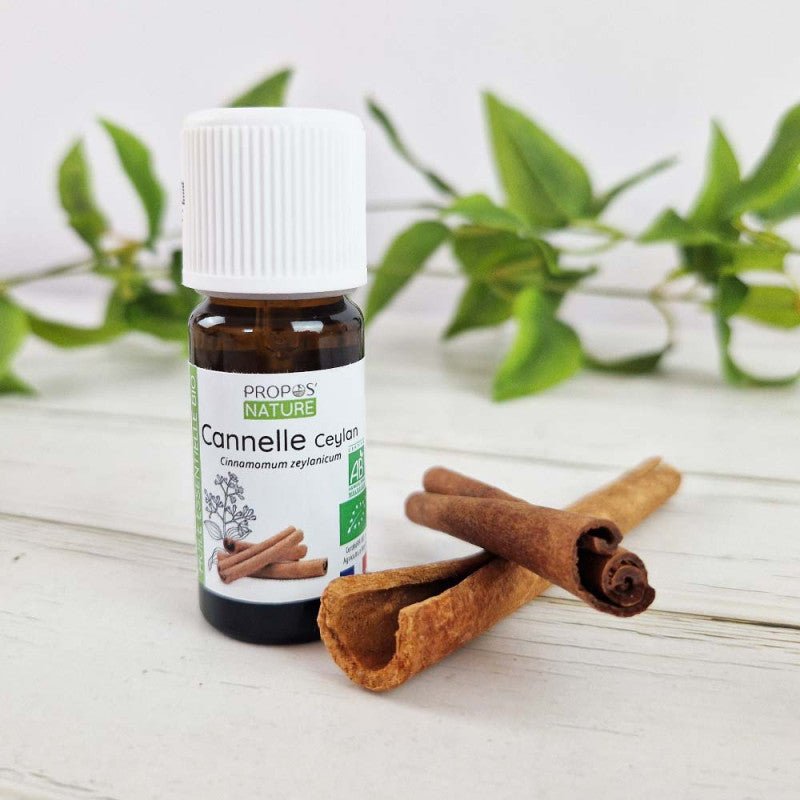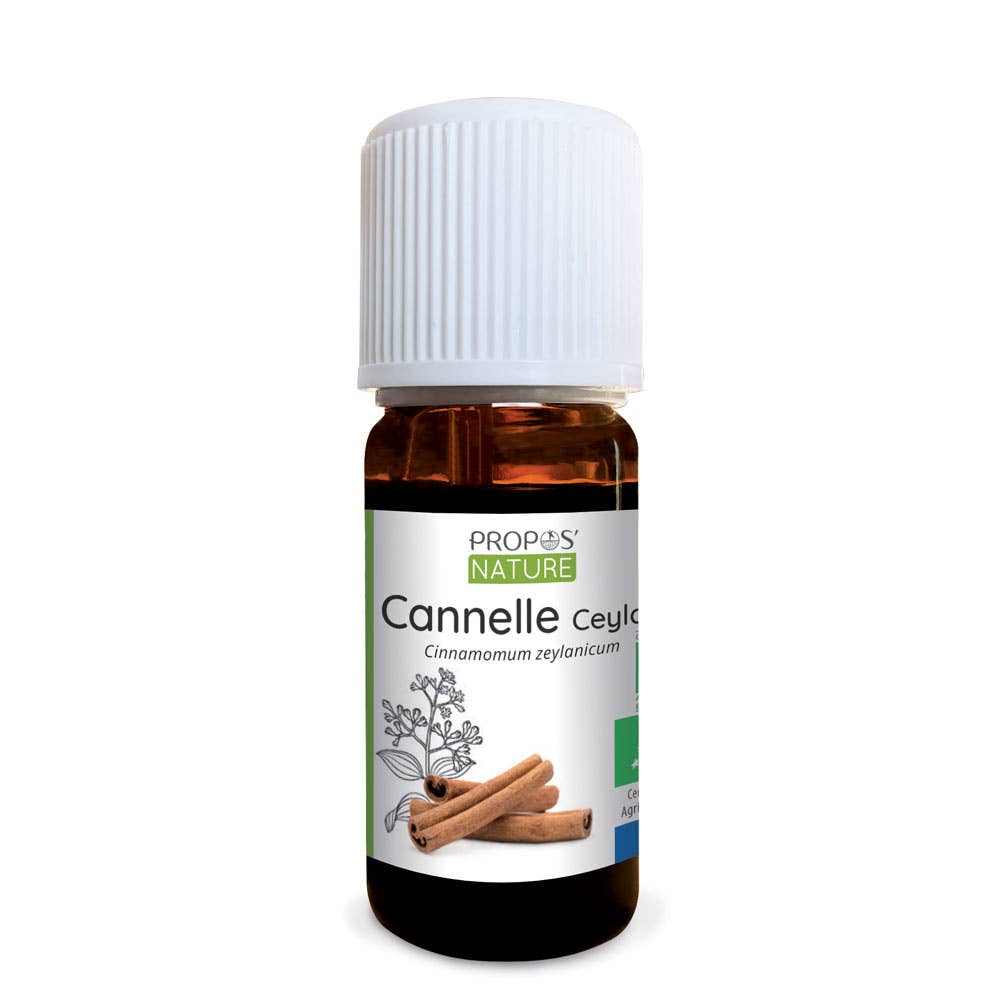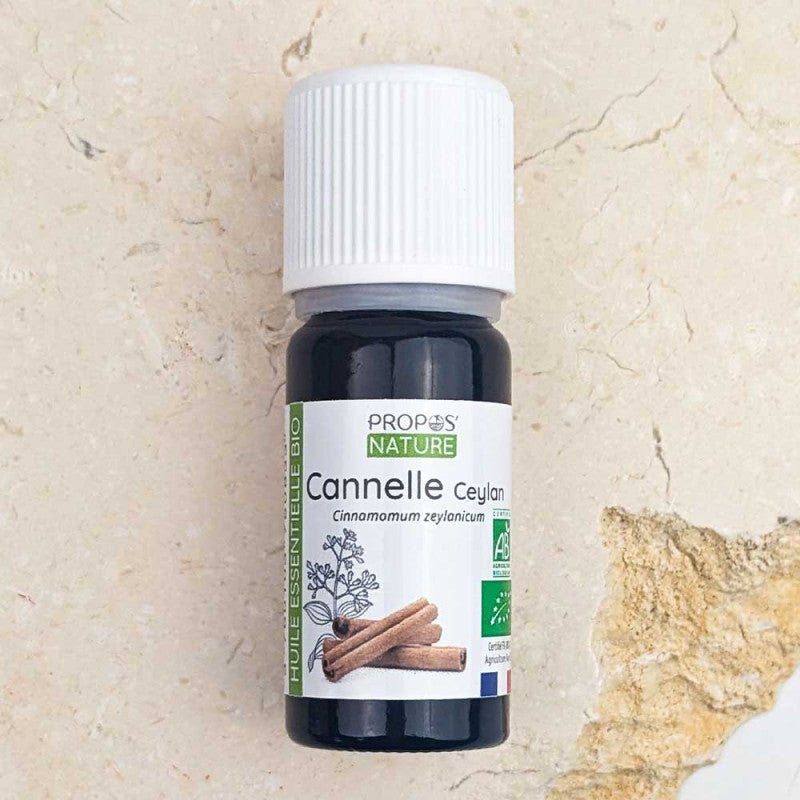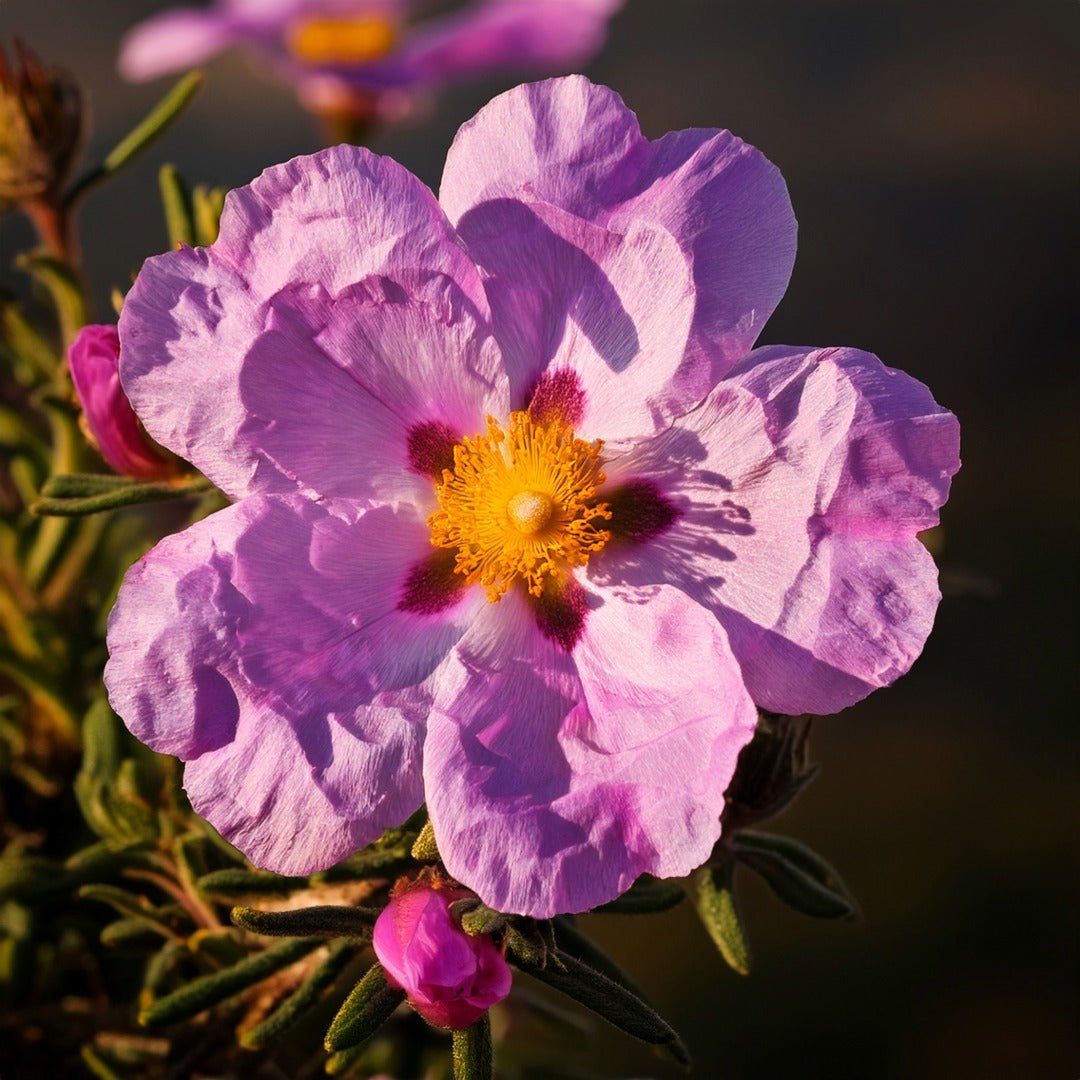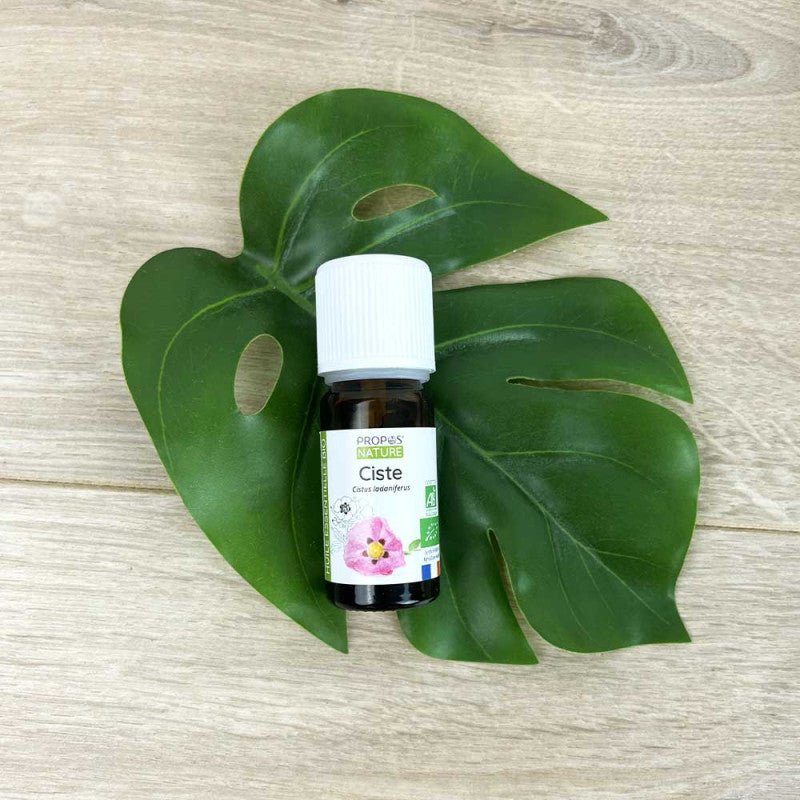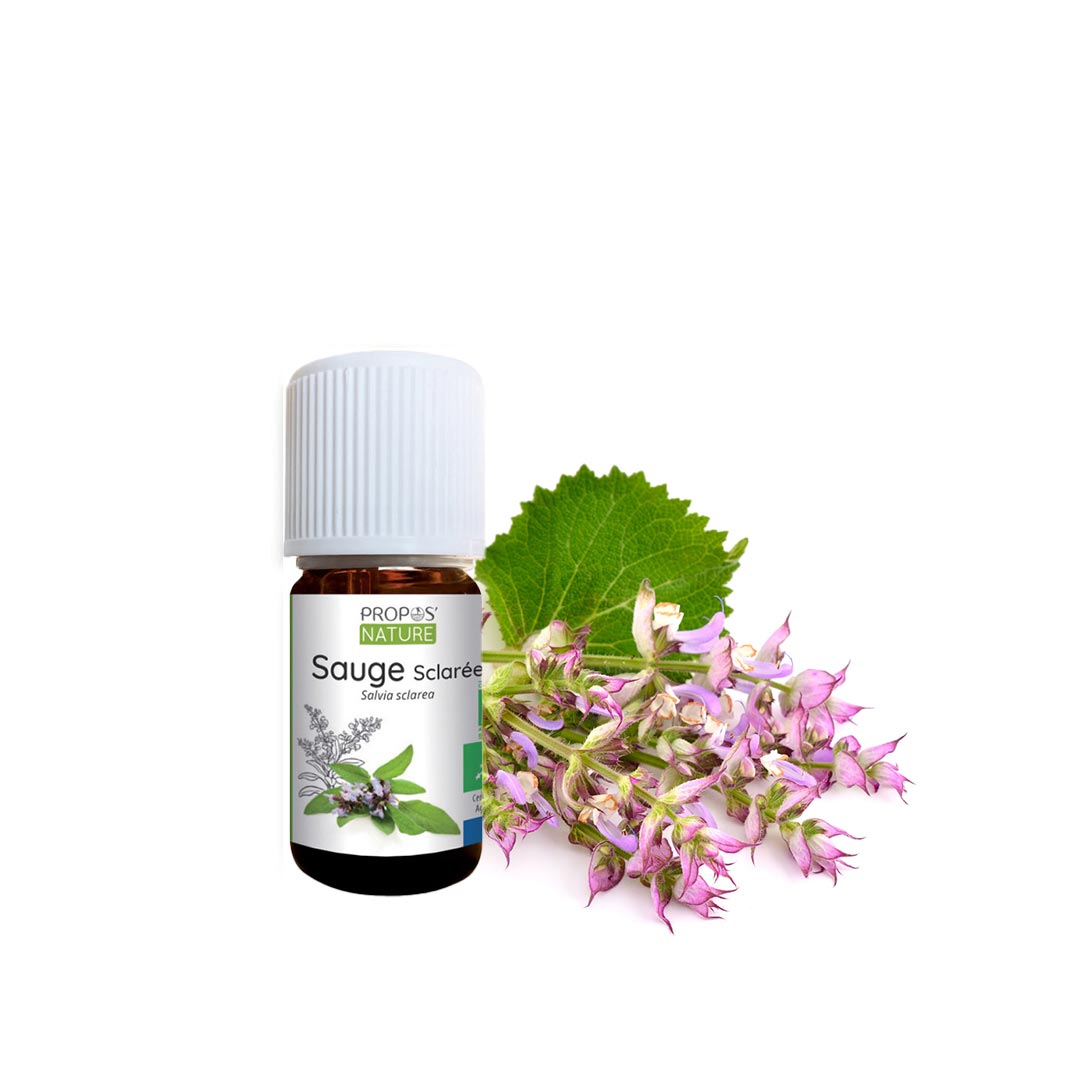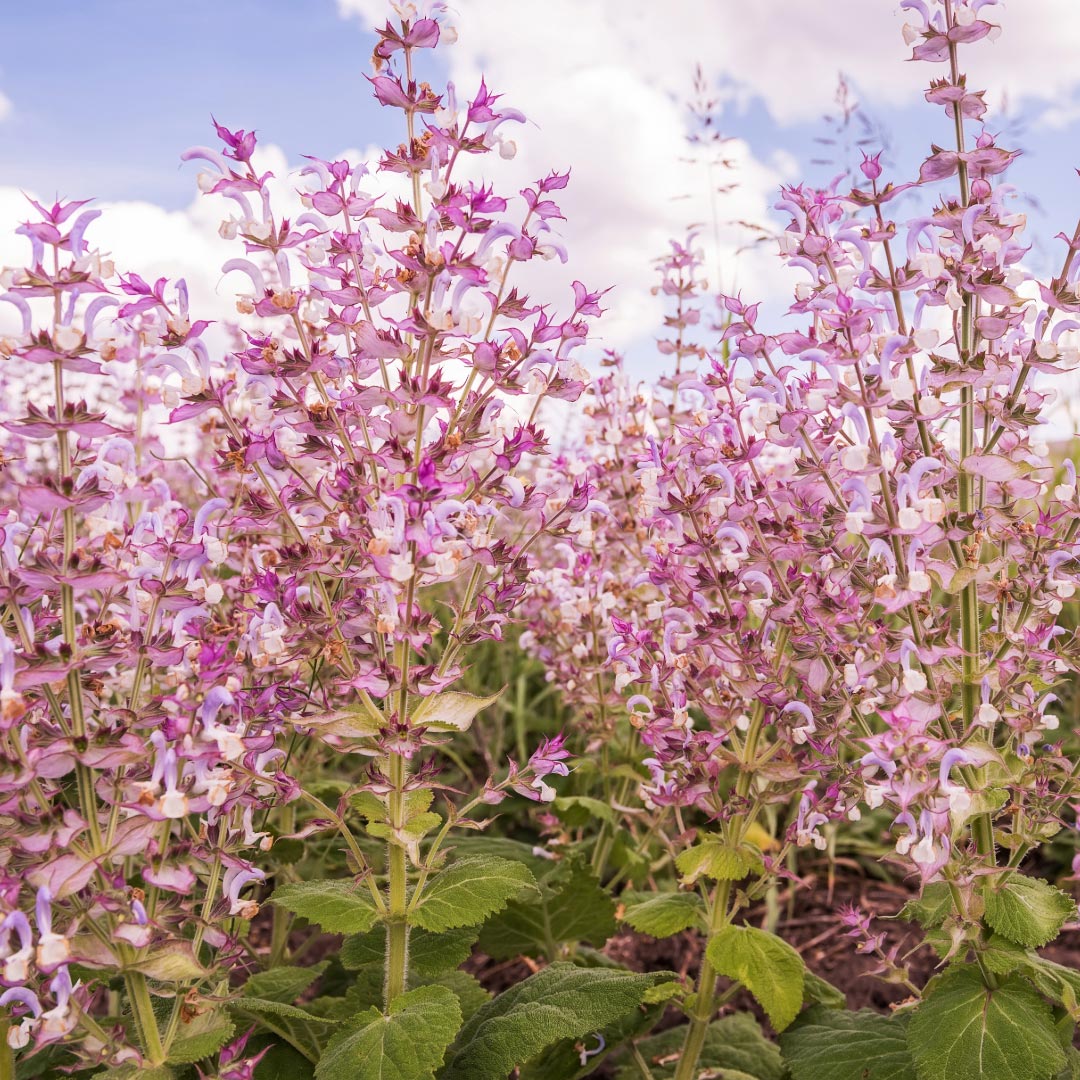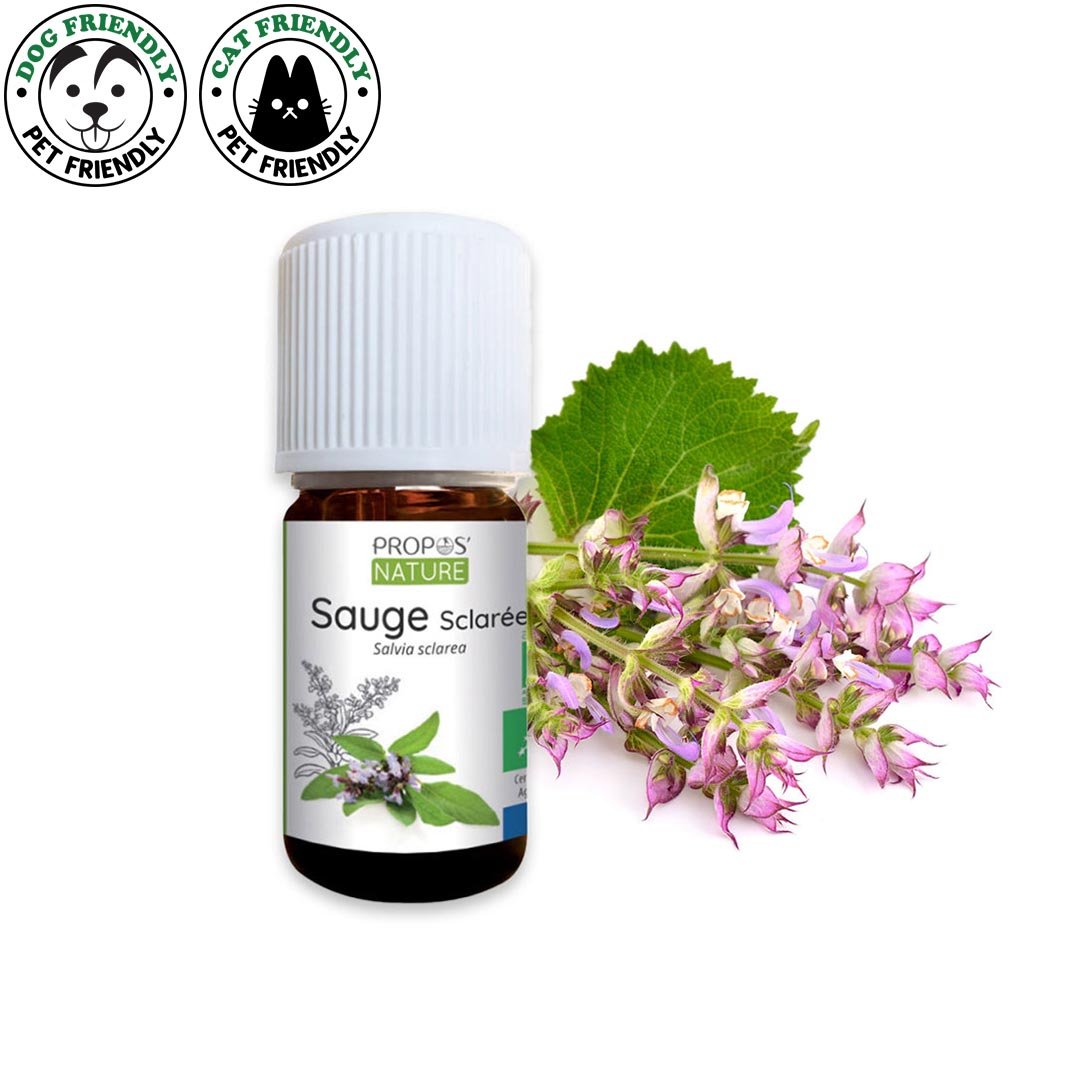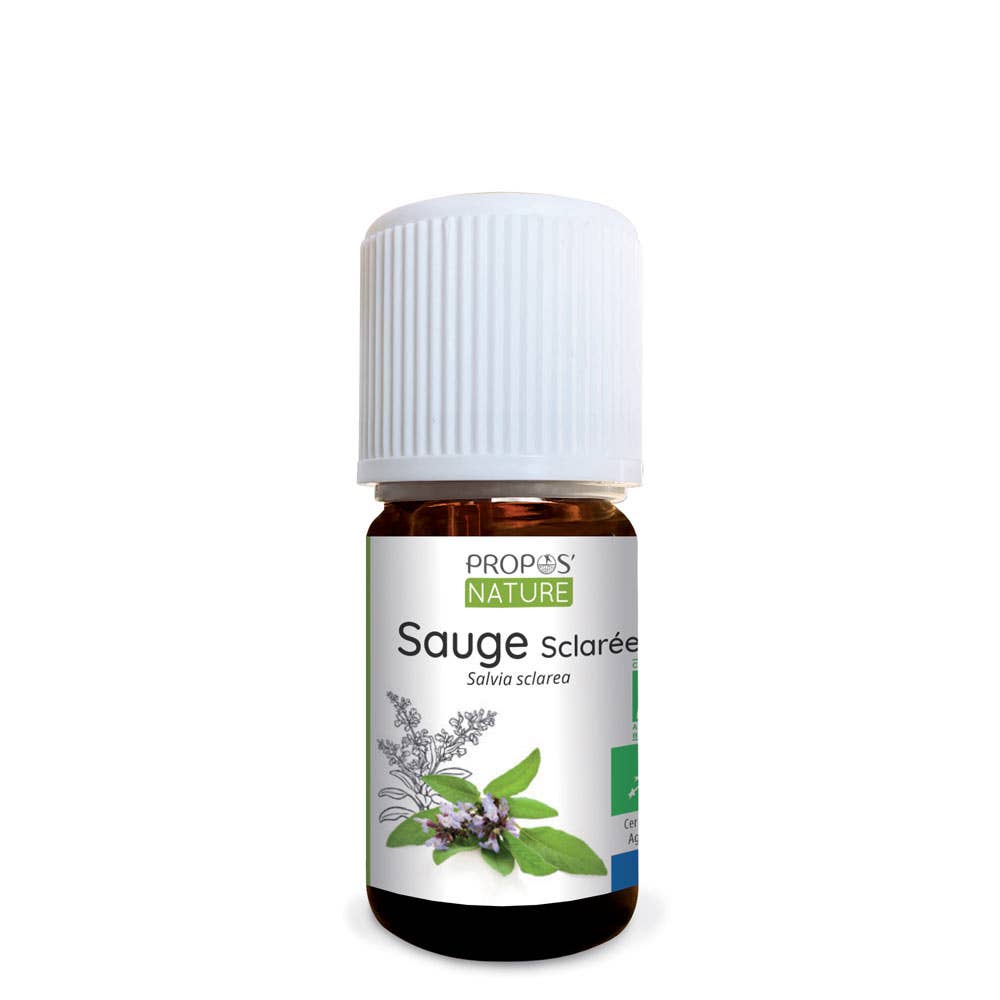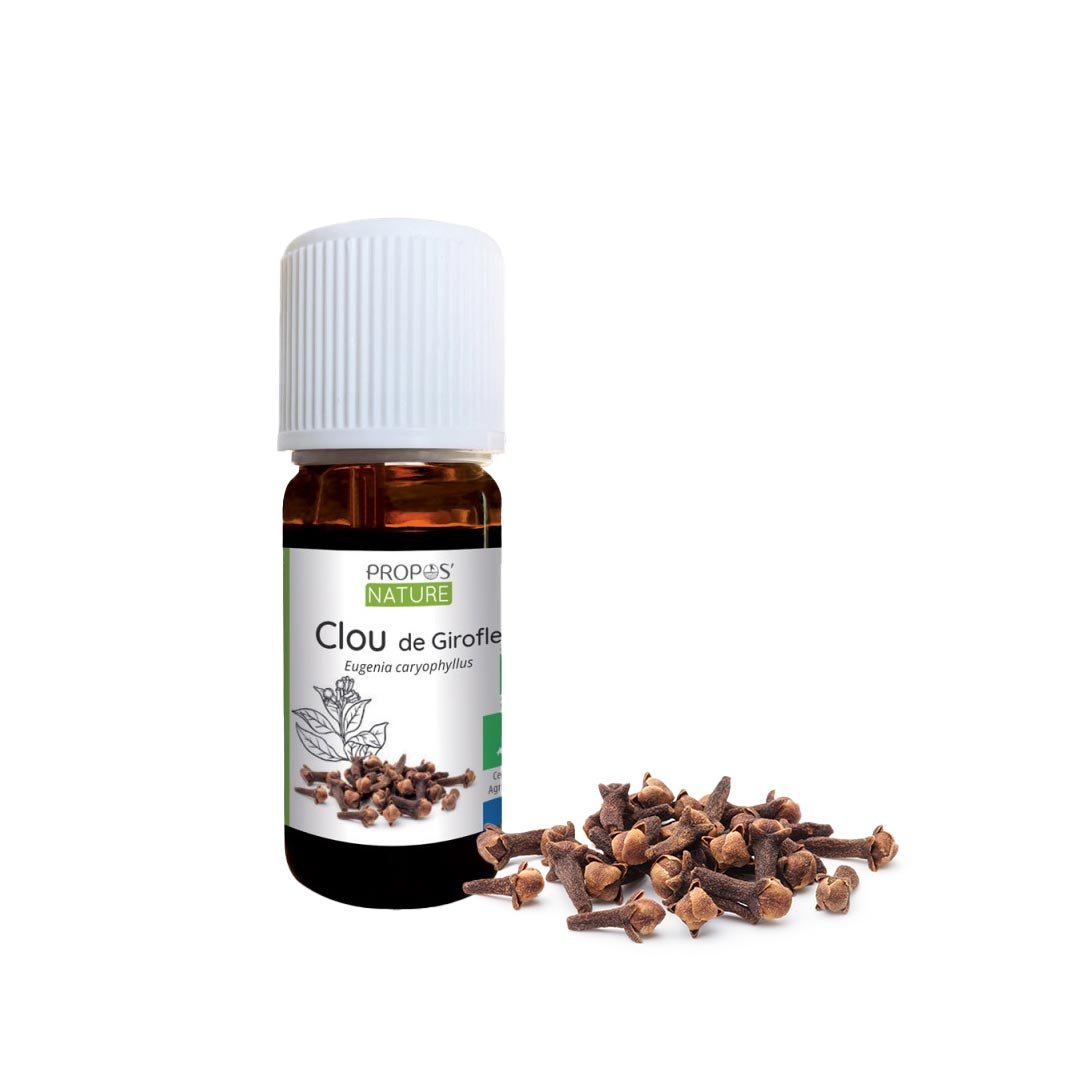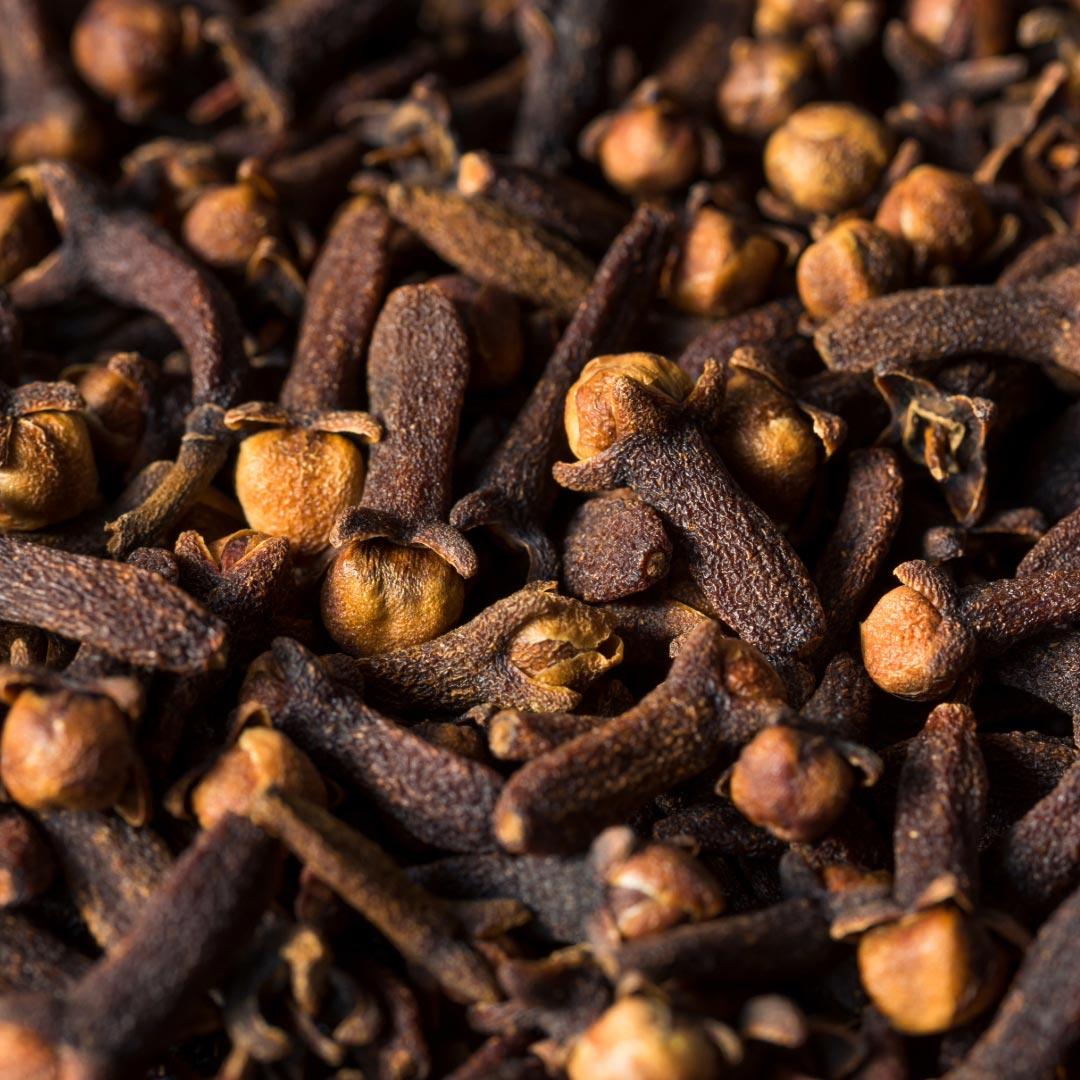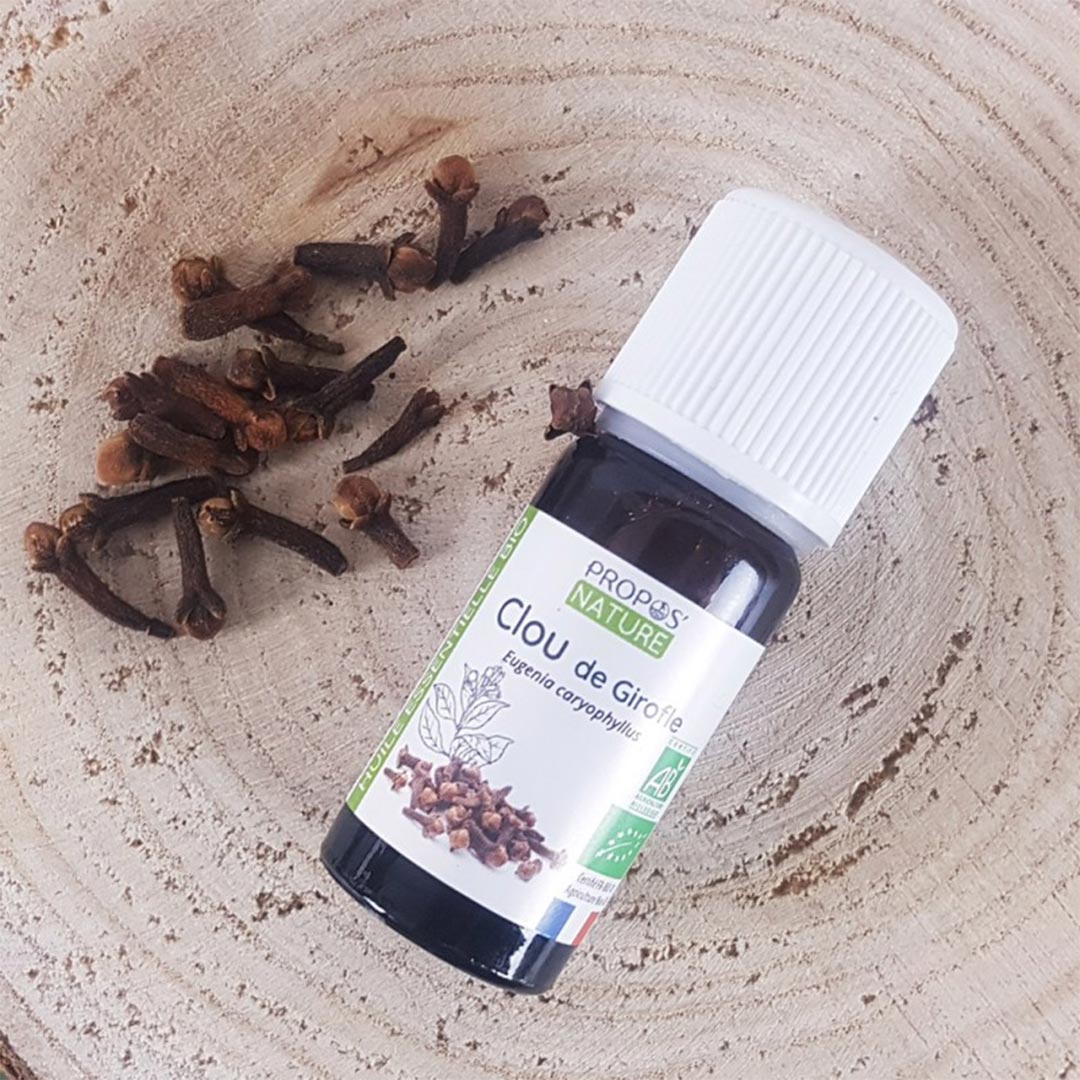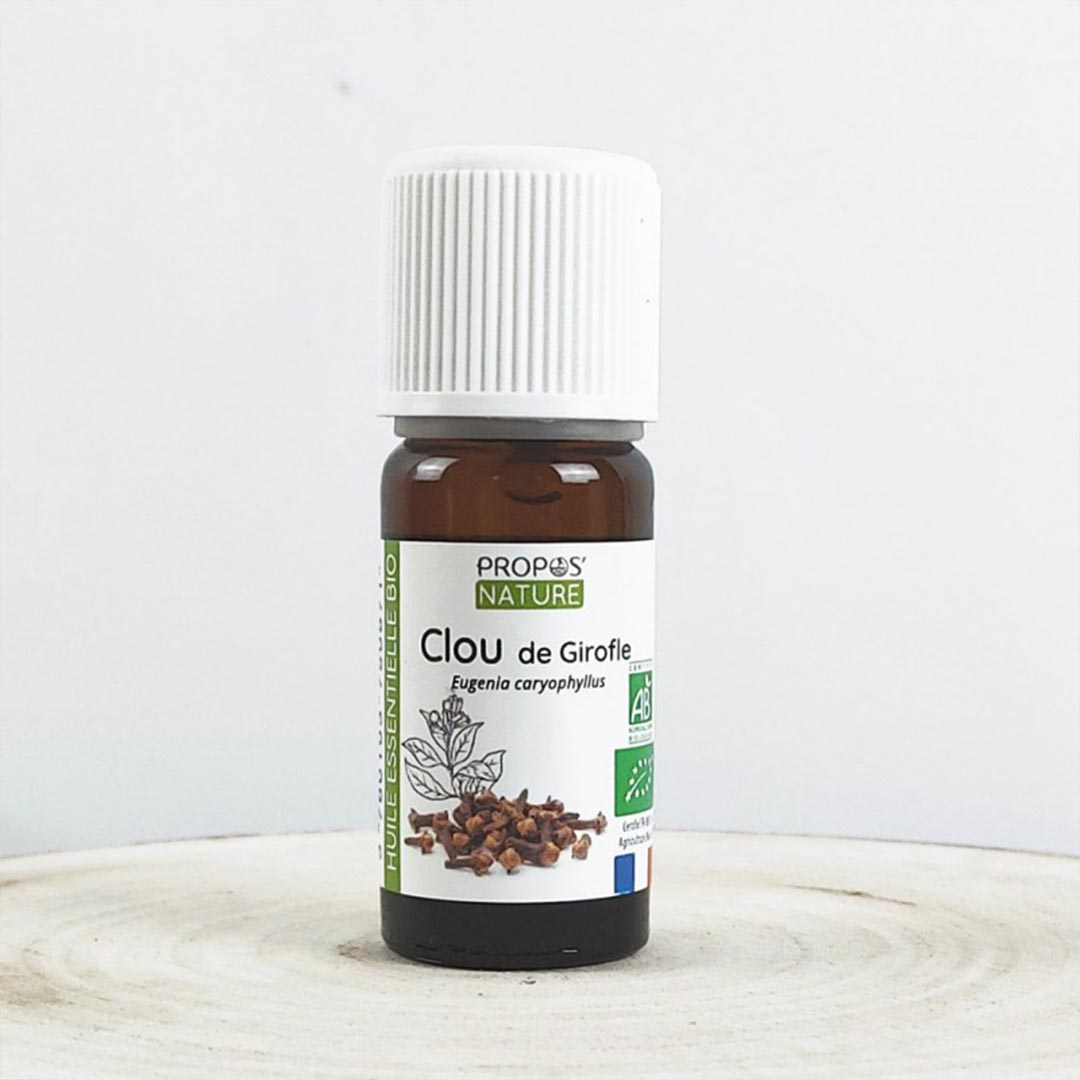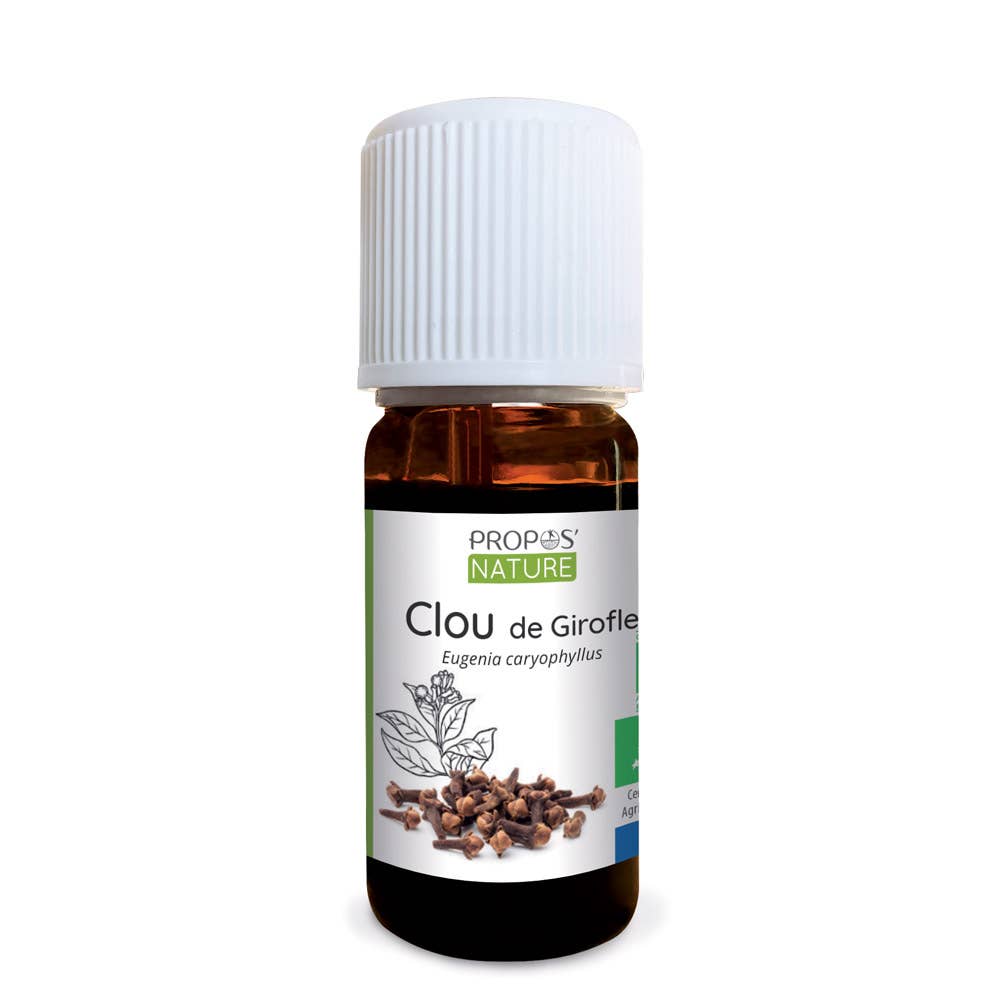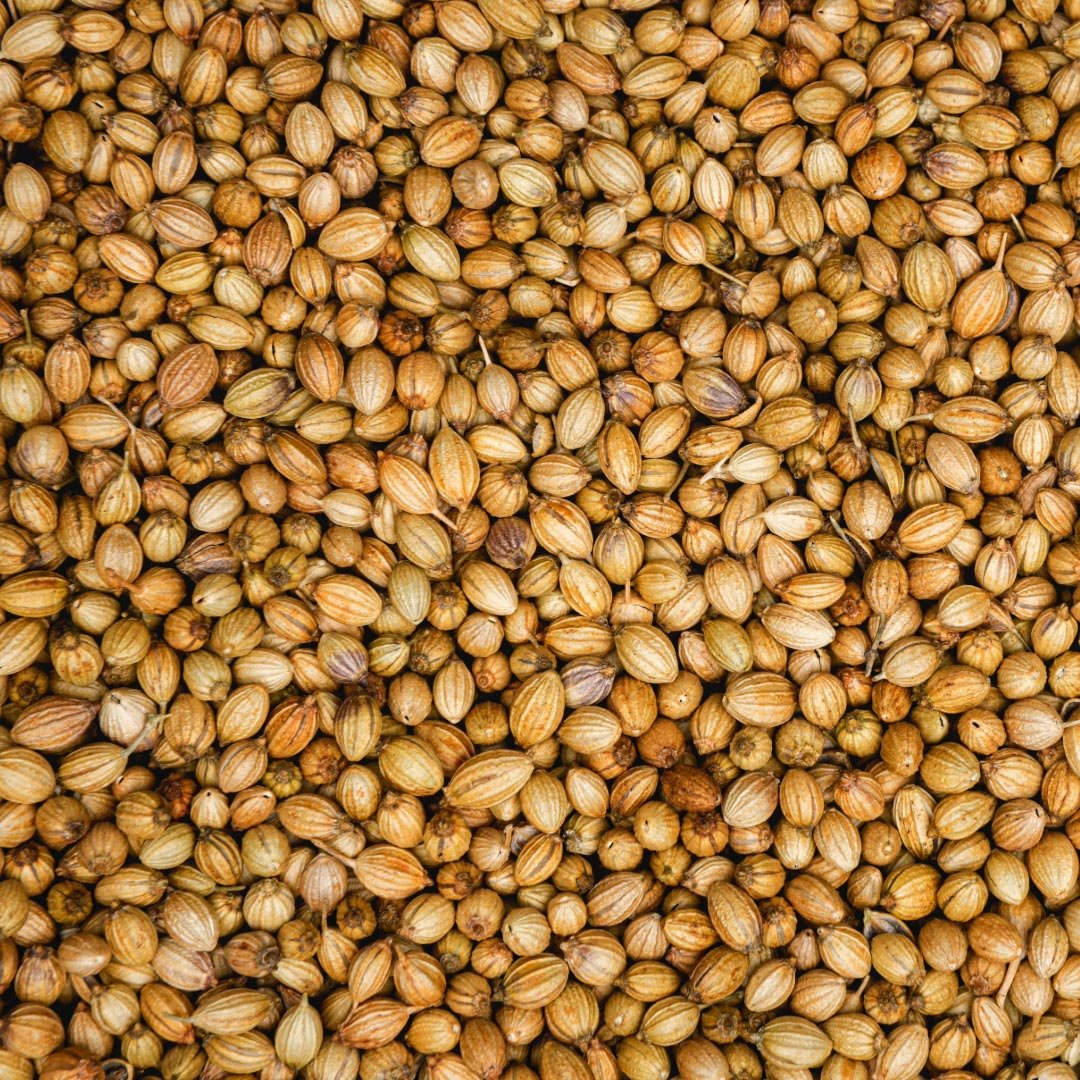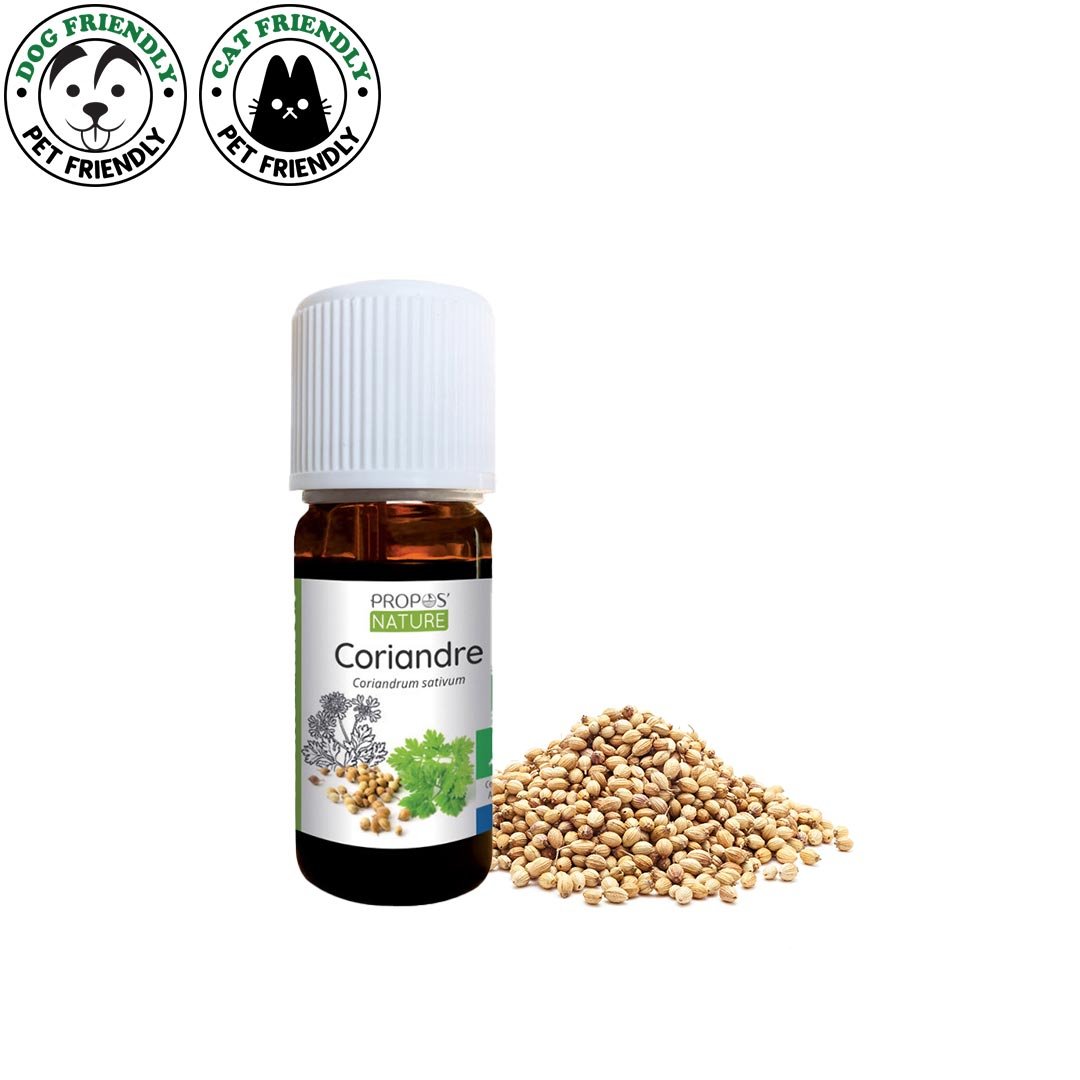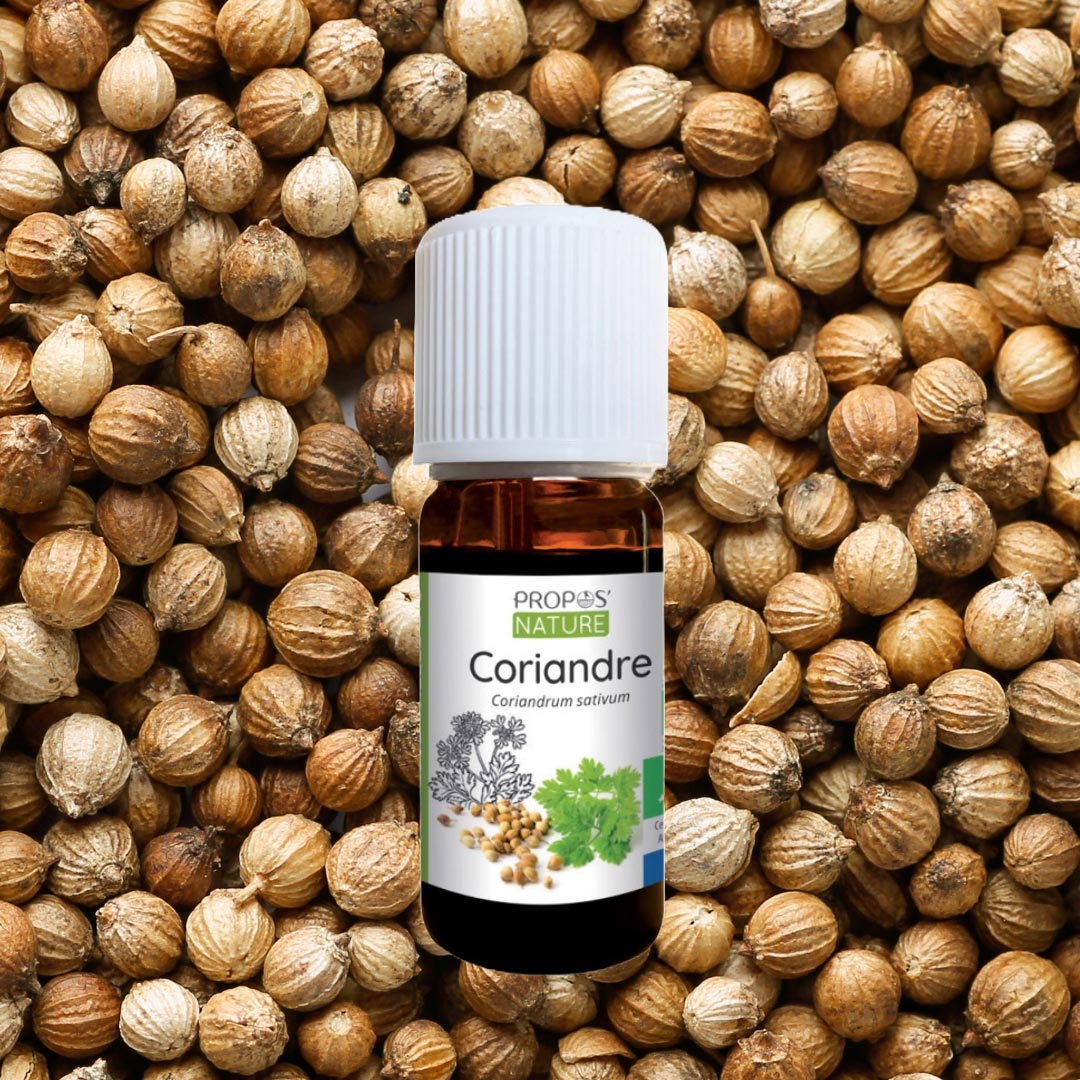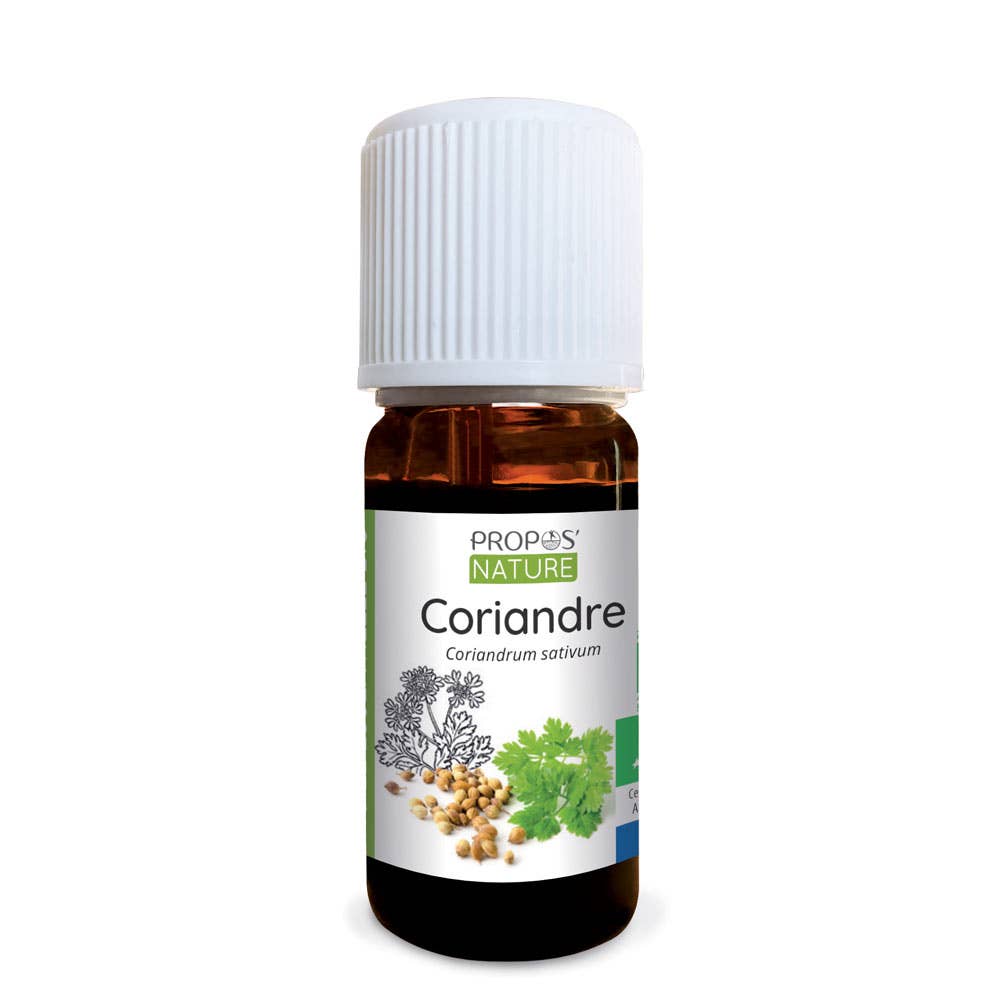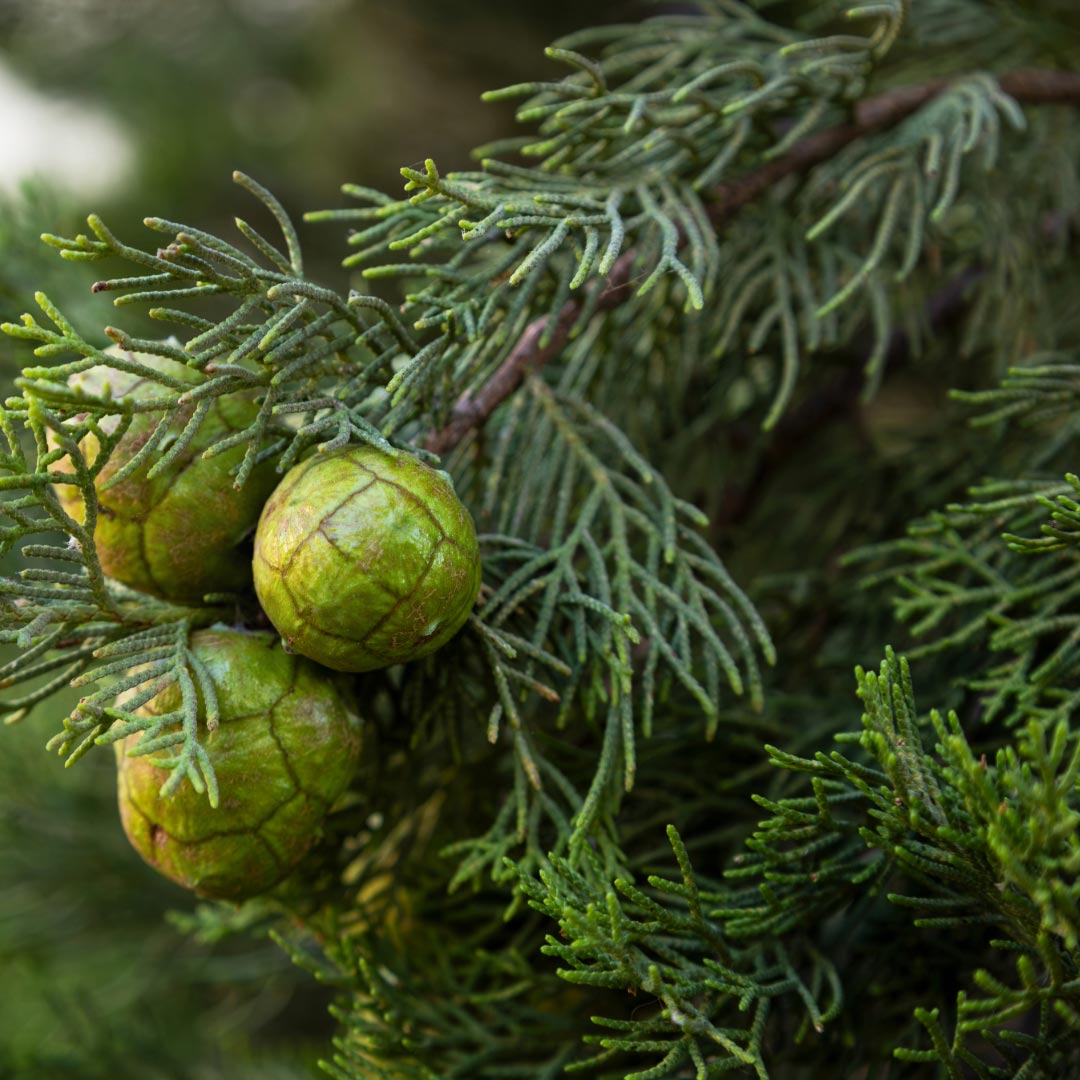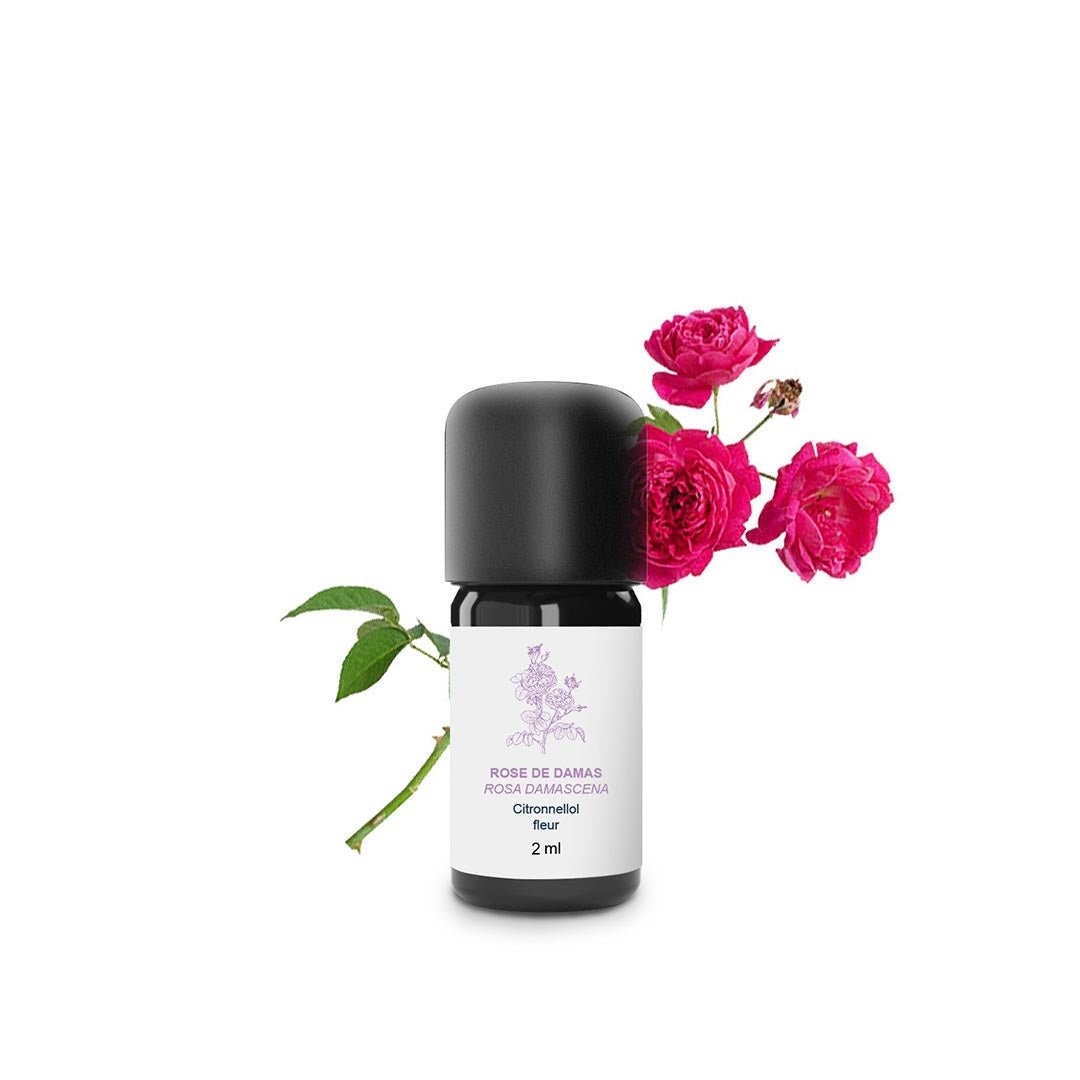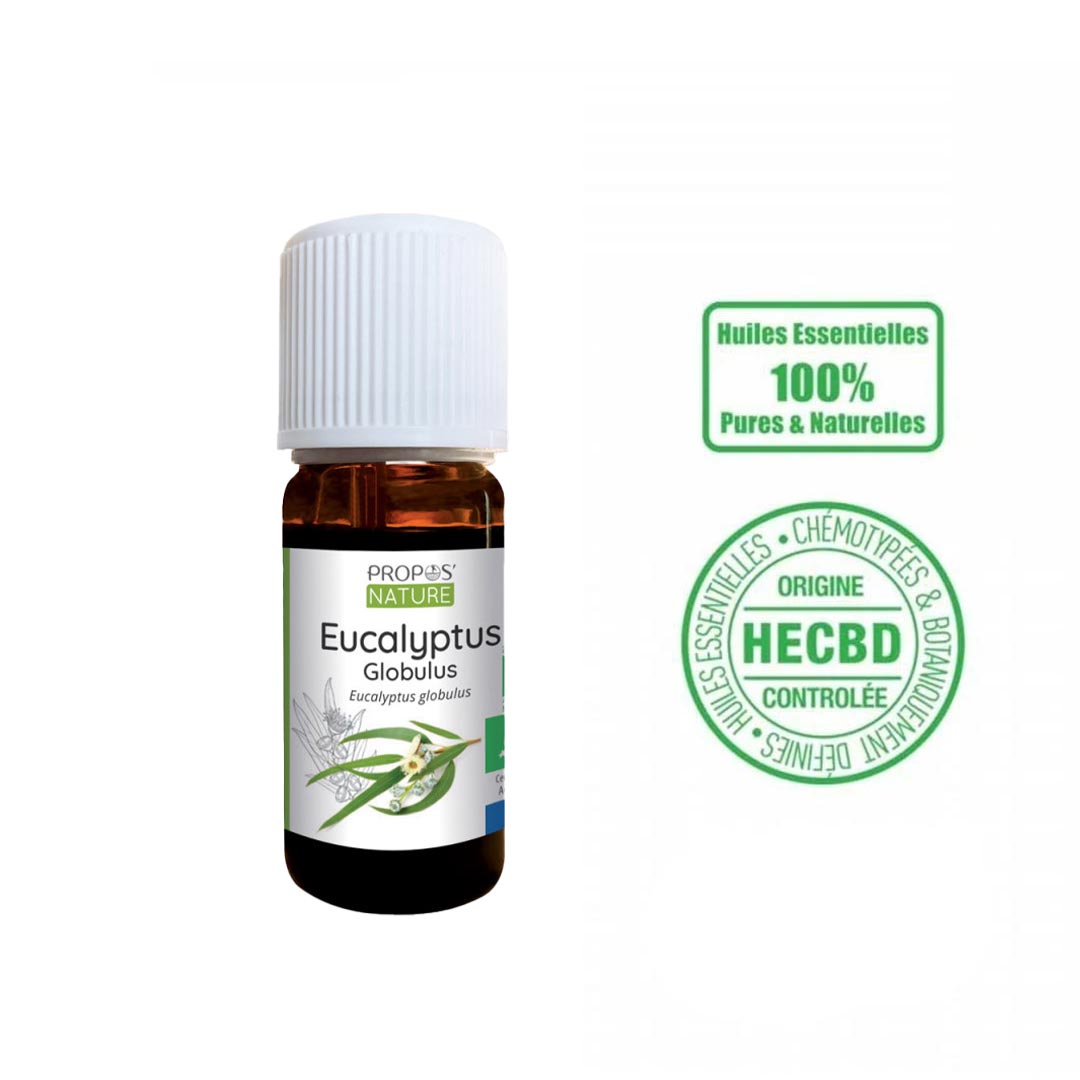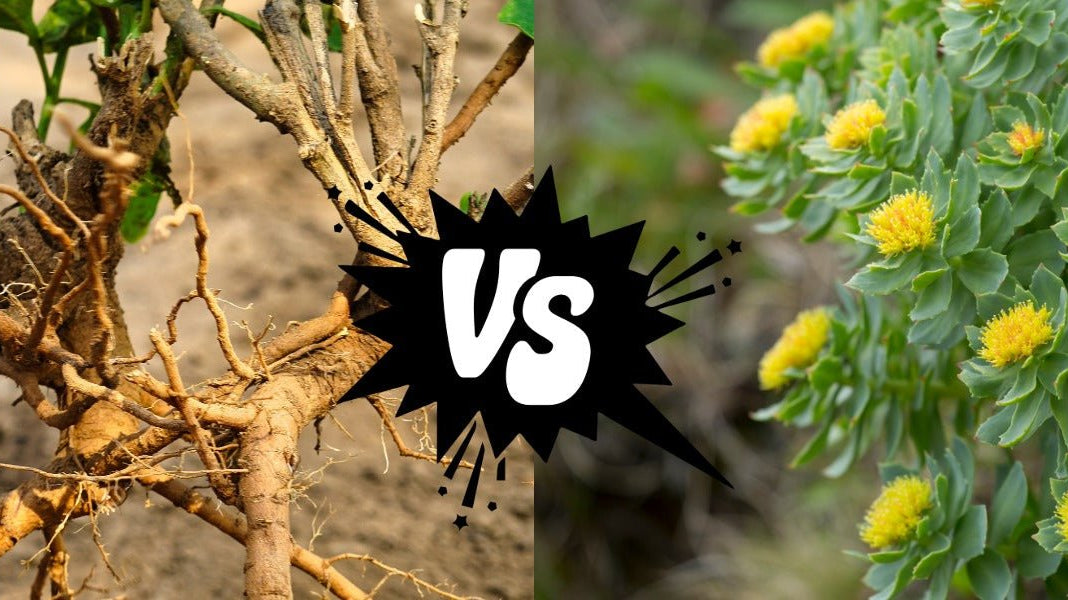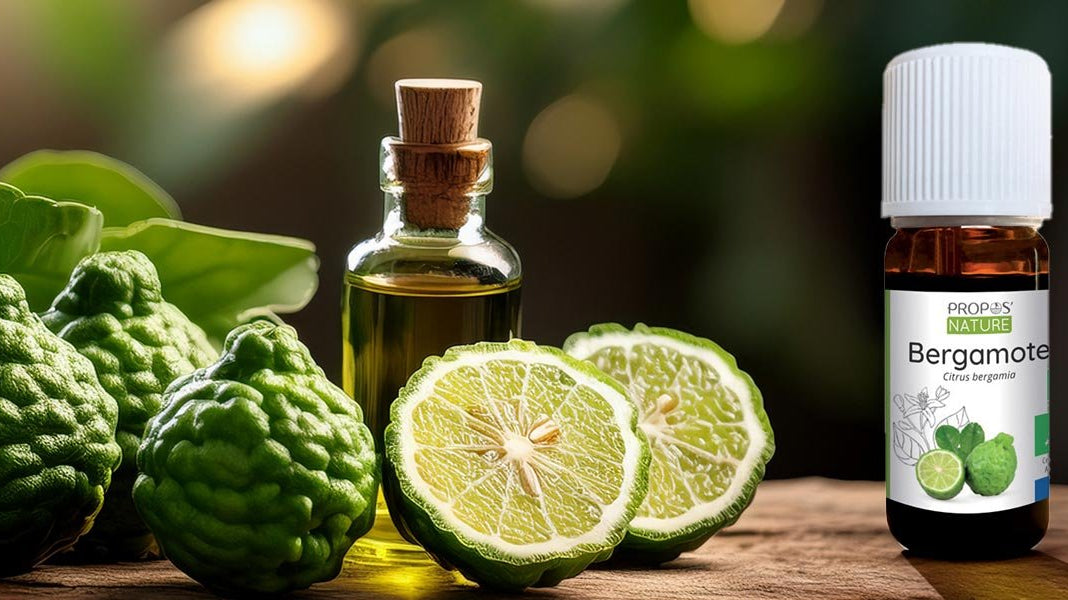How to use a Hot or Cold Compress with Essential Oils?
Using hot or cold compresses with essential oils can provide various benefits for relieving discomfort and promoting healing.
Treating injury: COLD
When you experience a sudden injury, it's crucial to apply ice immediately following the incident. Using a cold pack, ice, or submerging the area in cold water helps to constrict the small blood vessels, minimizing blood flow away from and around the injury site. This effectively reduces swelling.
Cooling the affected tissues decreases inflammation and minimizes further damage. Furthermore, the cold sensation interrupts pain signals to the brain, making the discomfort feel less intense.
For effective relief, apply the cold/ice for 15-20 minutes, then pause for a similar duration before repeating if needed. Never place ice cubes or frozen peas directly on the skin; always wrap them in a cloth first.
Cold Compress
A cold compress is perfect for reducing swelling, inflammation, or pain from injuries like sprains. It can also provide relief from fever or headache.
Steps to Create a Cold Compress:
- Cold Water: Fill a bowl with cold water and add ice cubes if desired for extra coldness.
- Add Essential Oils: Add 4 drops of your chosen essential oil to the water. Peppermint or chamomile can be soothing for headaches or swelling. Helichrysum for injuries like sprains.
- Prepare the Compress: Soak a clean cloth or towel in the cold water, then wring out the excess.
- Apply: Place the cloth on the affected area for about 20 minutes. You can repeat this several times a day as needed.
Treating injury: HEAT
Using heat on a recent injury is generally not recommended because it causes the blood vessels to widen and increases blood flow to the injured area.
Applying heat too soon can lead to bleeding and fluid accumulation in the affected area, worsening swelling and pain. Heat therapy is more appropriate after the initial 12 hours post-injury or for ongoing conditions persisting for days, weeks, or months. It helps relax and loosen tight muscles, ligaments, and tendons, providing relief from discomfort.
Heat can also be beneficial before exercising to ease muscle tension and enhance flexibility. Ensure that any heat pack or heat compress is sufficiently covered to avoid redness of the skin.
Essential oils, tailored to the specific condition or injury, can enhance the benefits of heat therapy. Use these oils diluted beneath the heat source for an added therapeutic effect.
Hot Compress
Benefits: Hot compresses can relax muscles, treat joint or nerve pain, muscle aches, and injuries (after the acute phase), promote tissue healing by increasing blood circulation, reduce inflammation, and relieve congestion.
Steps to Create a Hot Compress:
- Heat Water: Boil water and pour it into a bowl. Let it cool slightly so it's hot but not scalding.
- Add Essential Oils: Add a few drops (typically 3-5) of your chosen essential oil to the water. For muscle relief, lavender or eucalyptus are excellent choices.
- Prepare the Compress: Soak a clean cloth or towel in the hot water, then wring out the excess water.
- Apply: Place the cloth on the affected area until the cloth cools to body temperature. Repeat if necessary. (You can also place a hot water bottle over the cloth to extend the duration of warmth.)

Which Essential Oils to Choose?
- For Headaches: Use a cold compress with peppermint oil on the forehead or back of the neck.
- For Menstrual Cramps: A hot compress with lavender oil on the abdomen can help ease the discomfort.
Which Essential Oils to use for Cuts, Grazes, Bruises, and Burns - Also for Children
Scrapes and Cuts Essential Oils
- Lavender (Lavandula Angustifolia)
- Tea Tree (Melaleuca alternifolia)
- Niaouli (Melaleuca viridiflora Solander)
- Lemon (Citrus Limon)
- Chamomile roman (Chamaemelum nobile L. (or Anthemis nobilis L.)
- Palmarosa (Cymbopogon martini)
These essential oils combat infection and foster healing, offering you a group of Super Heroes to help you out when needed.
Bruises Essential Oils
- Helichrysum (Helichrysum italicum)
- Geranium (Pelargonium asperum)
- Lavender (Lavandula Angustifolia)
- Marjoram, sweet (Origanum majorana L.)
Caring for bruises requires a different approach. Initially, encase some ice cubes in a towel and press it against the impacted spot. Following this, lightly coat the bruise with a minimal quantity of oil, prepared by mixing 10 drops of Helichrysum with 2 tablespoons (30 ml) of a carrier oil, ensuring you cover only the bruised region. Apply this treatment to the bruise twice daily.
Burns Essential Oils
- Lavender (Lavandula Angustifolia)
- Chamomile german (Matricaria recutita)
- Chamomile roman (Chamaemelum nobile L. (or Anthemis nobilis L.)
- Geranium (Pelargonium asperum)
The Essential Oils should only be used in cases of first-degree burns. If more serious get medical assistance.
To reduce the heat, run cold water over the burned area for a full 10 minutes.
If not possible to get that part of the body under tap water, apply a cold compress.
1. Prepare a bowl of cold water, add ice cubes.
2. Put 2 neat drops of Lavender on a clean washcloth. Wring out excessed water.
3. Gently cover the reddened area with the washcloth.
4. If there is no blistering or broken skin, apply 1 drop of neat Lavender oil onto the area.


